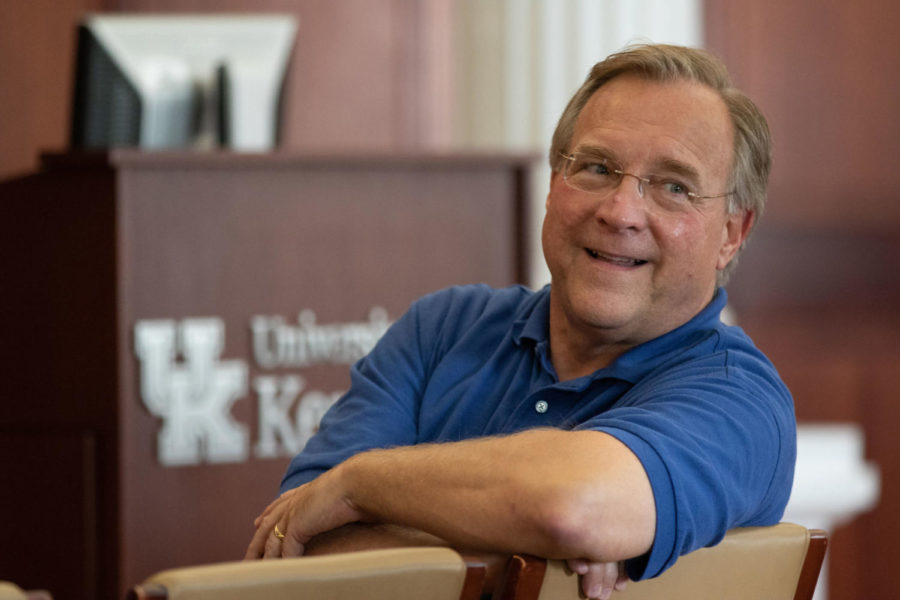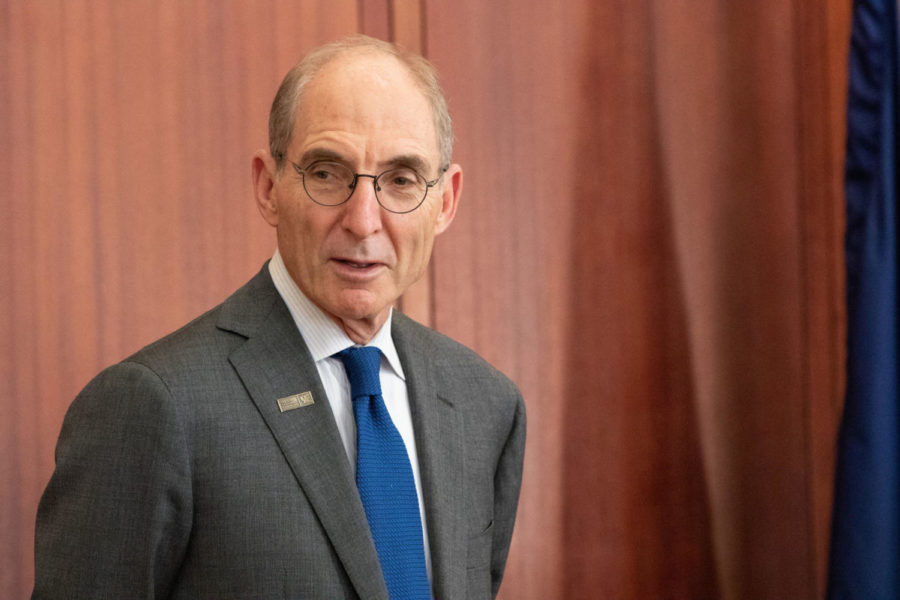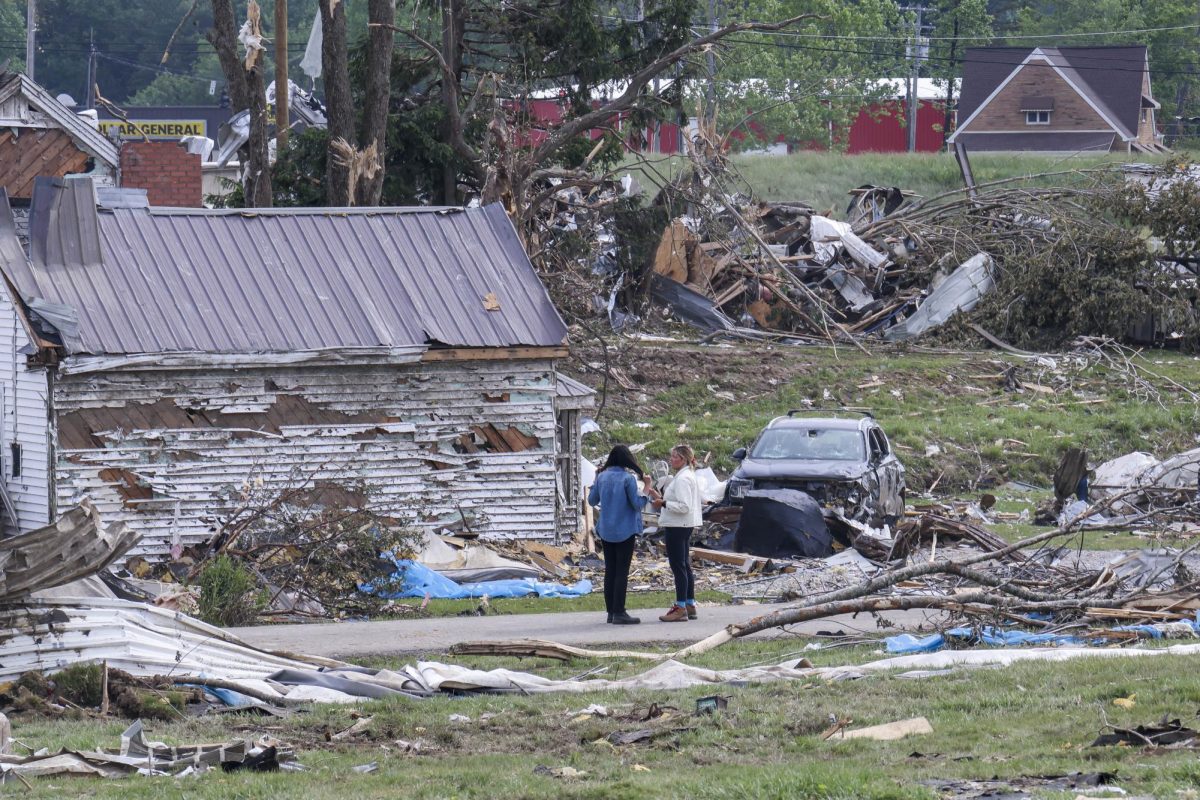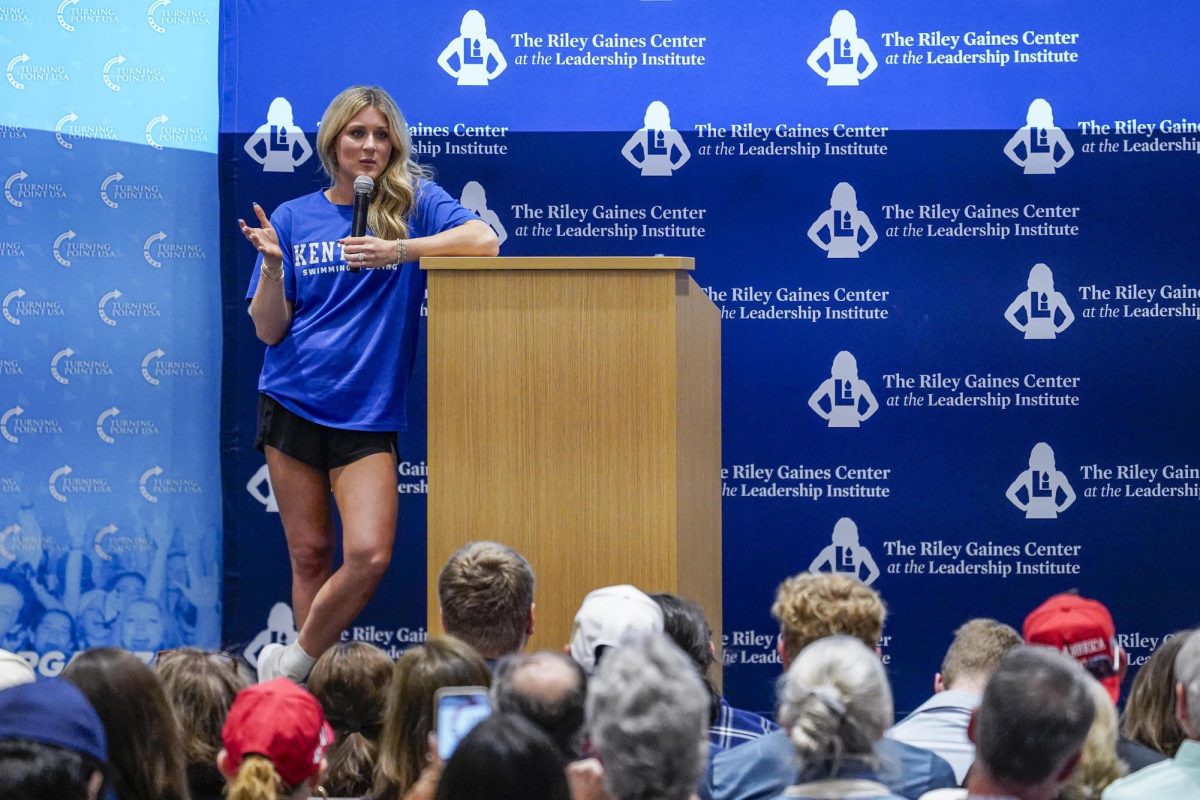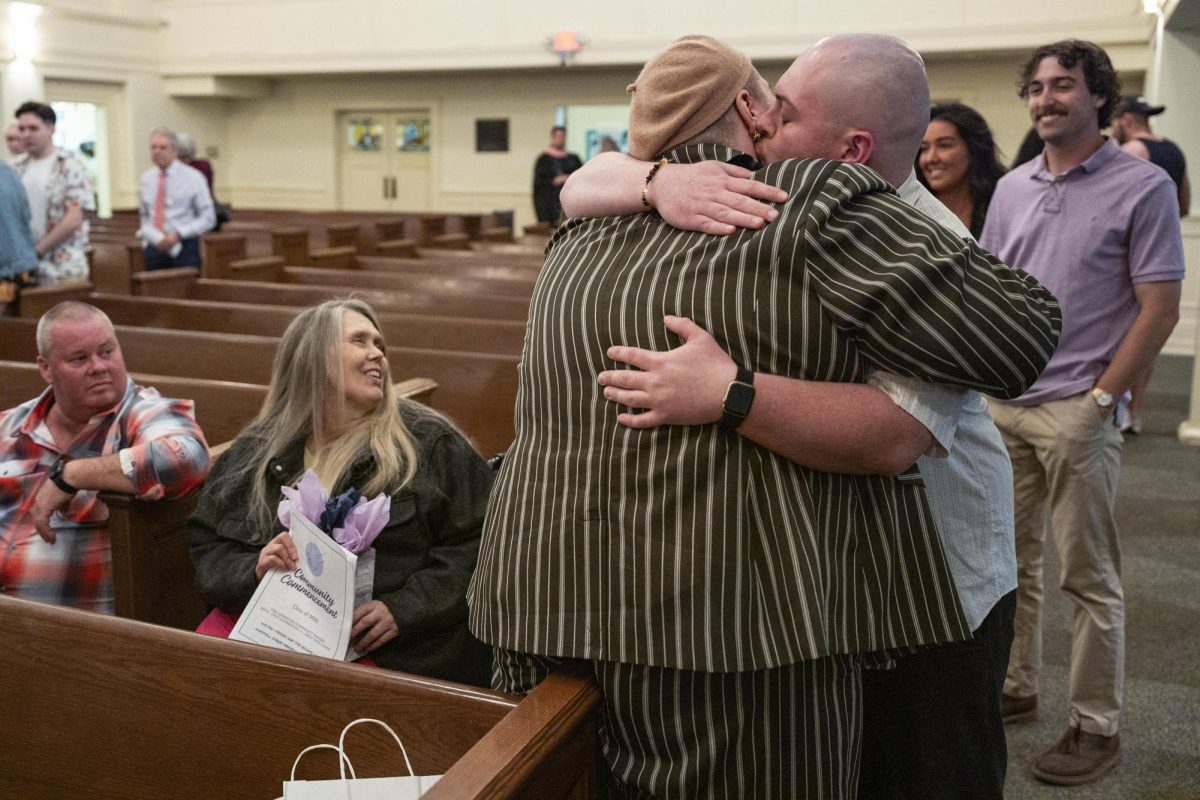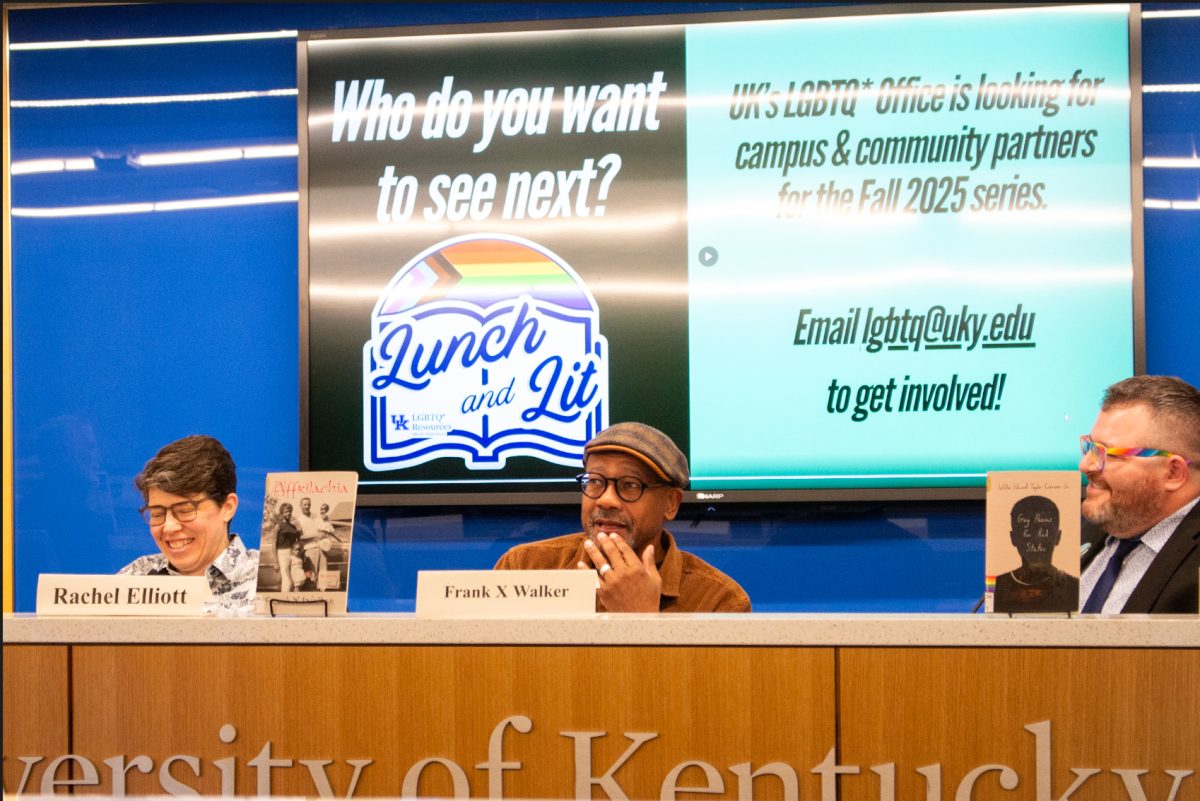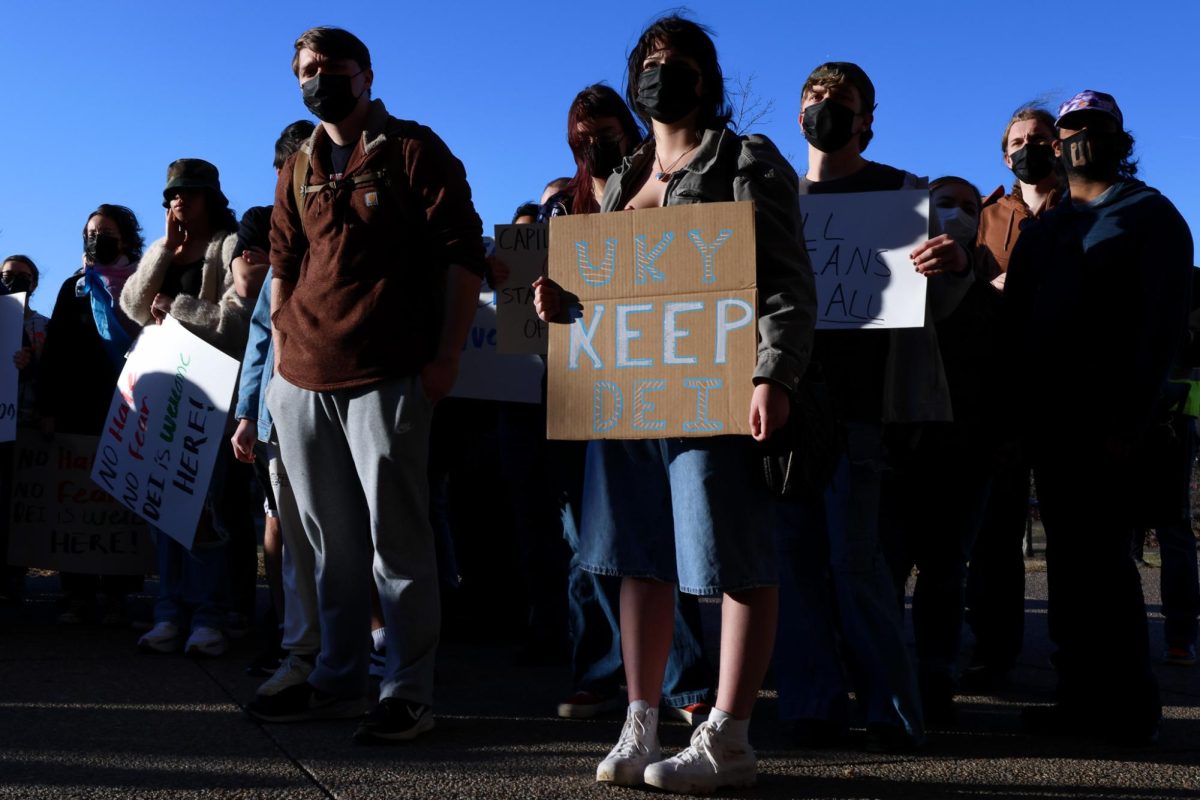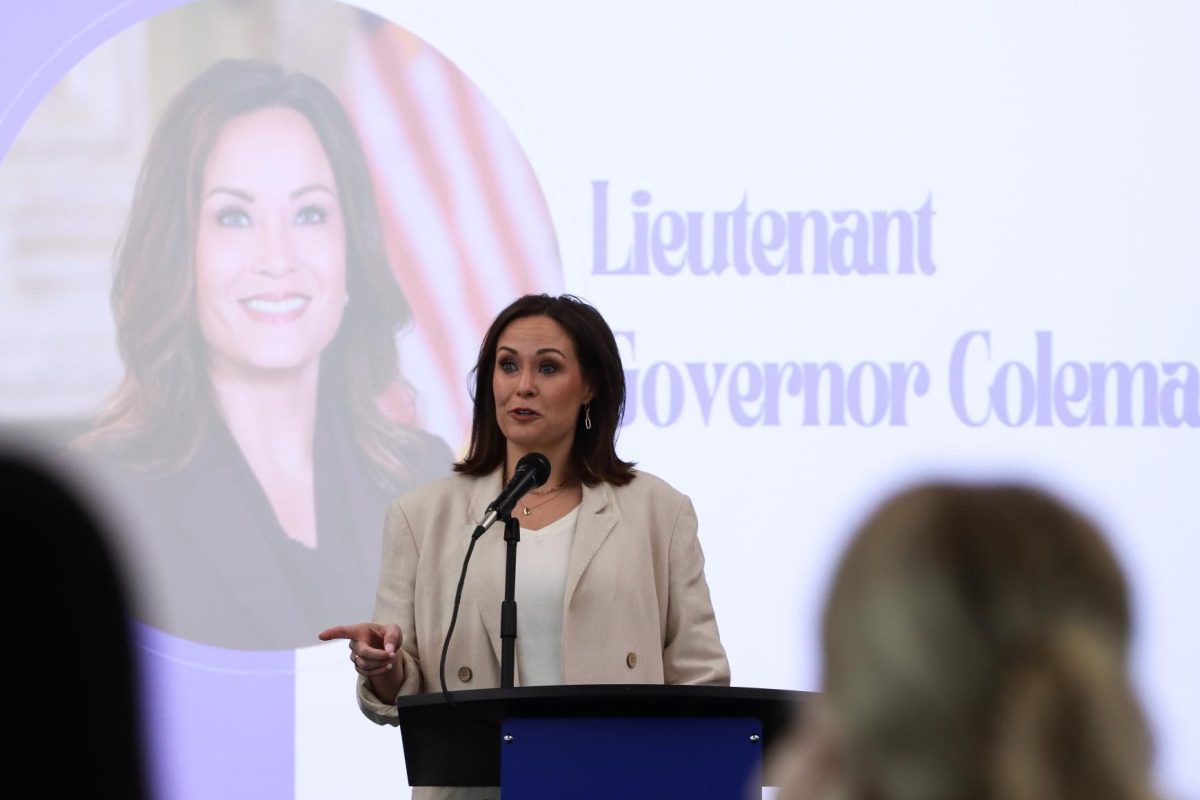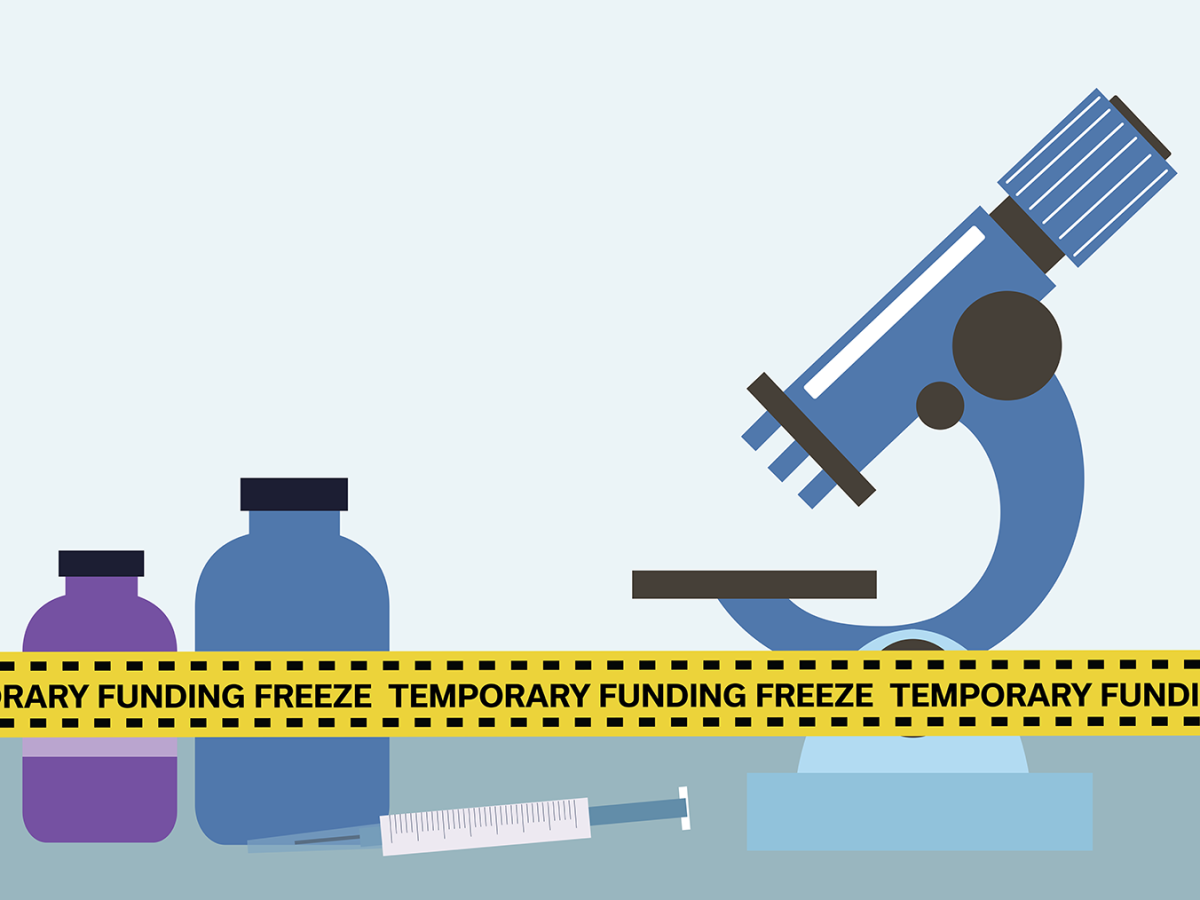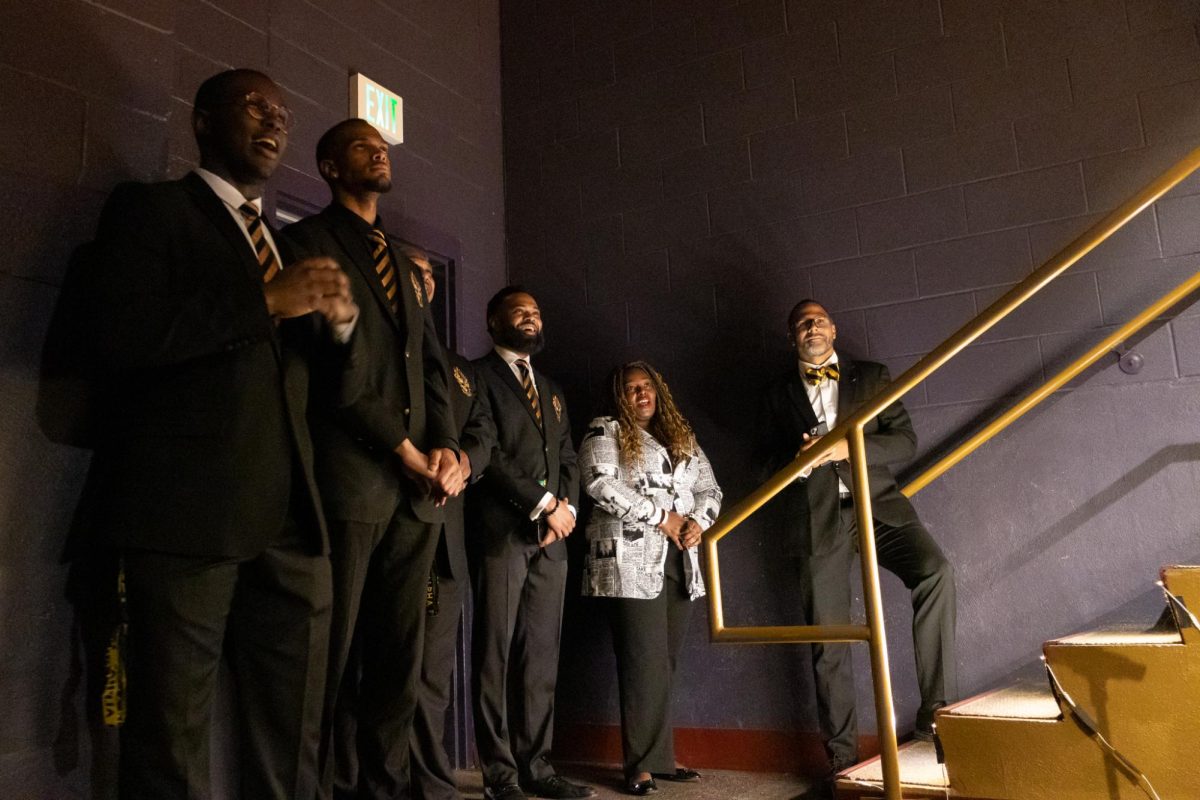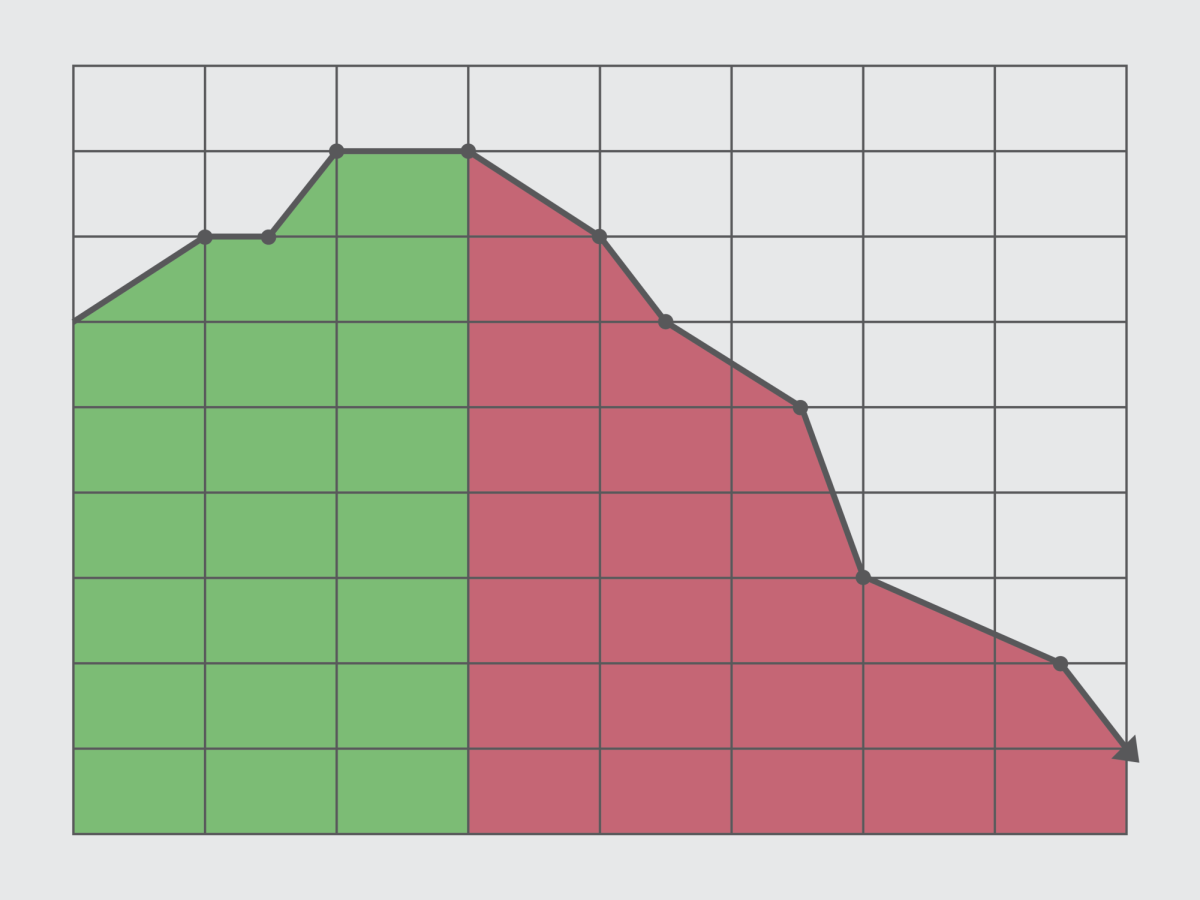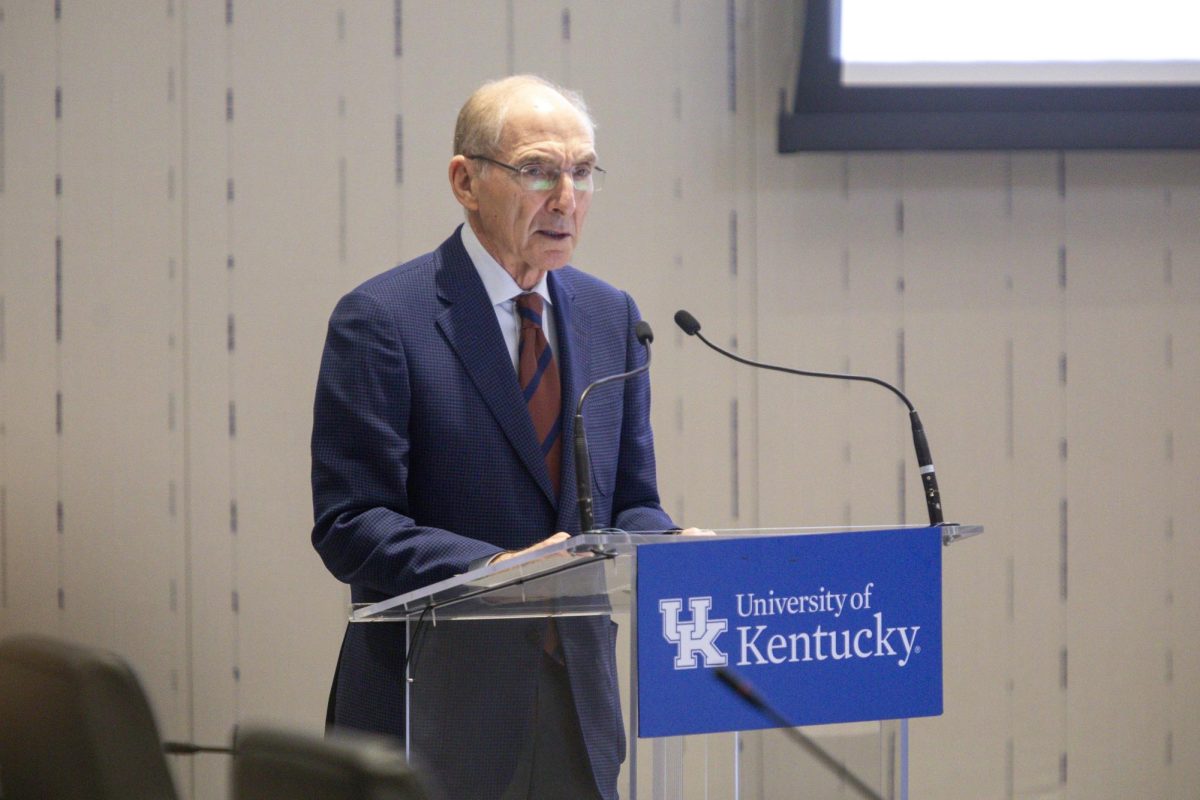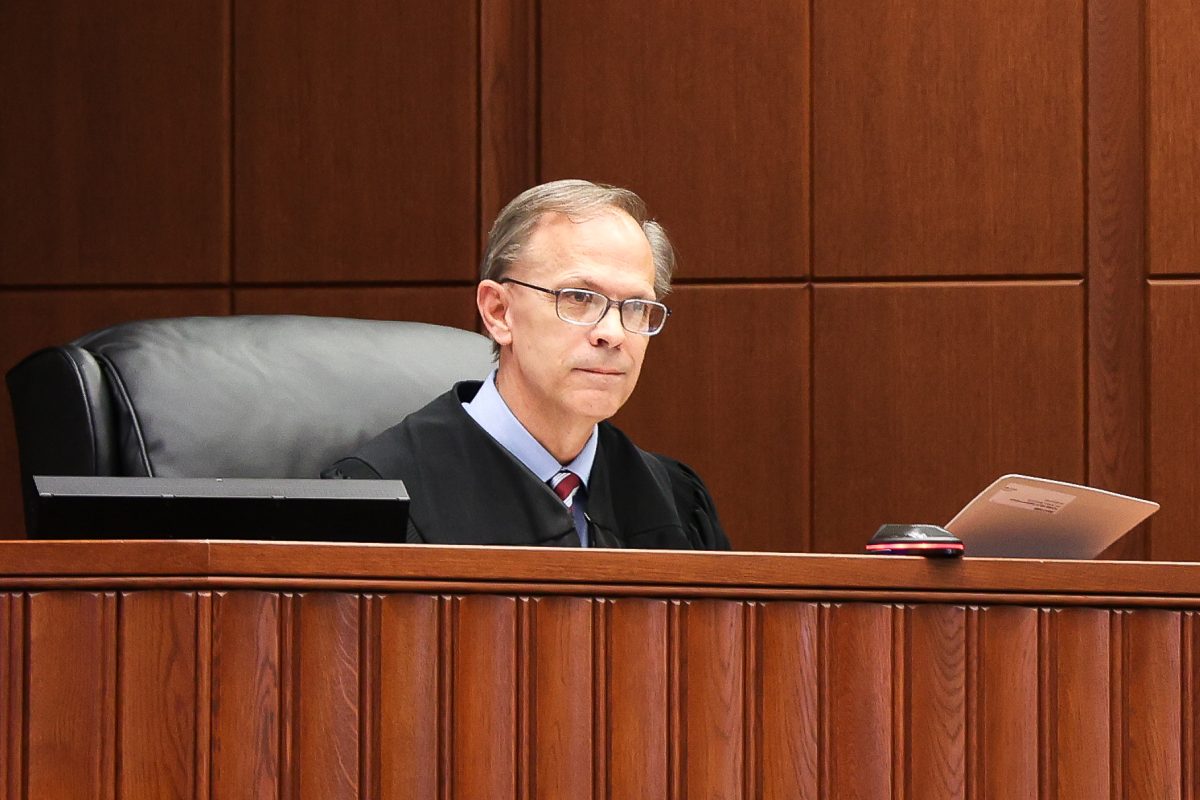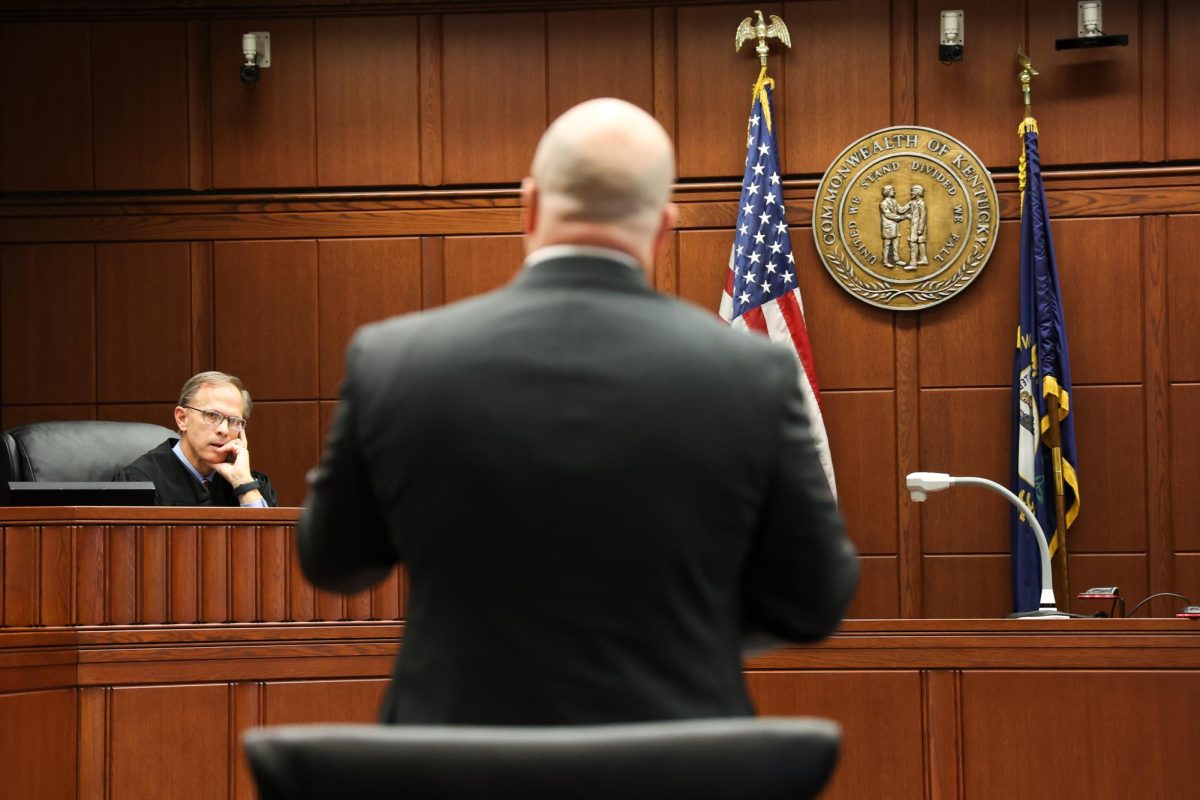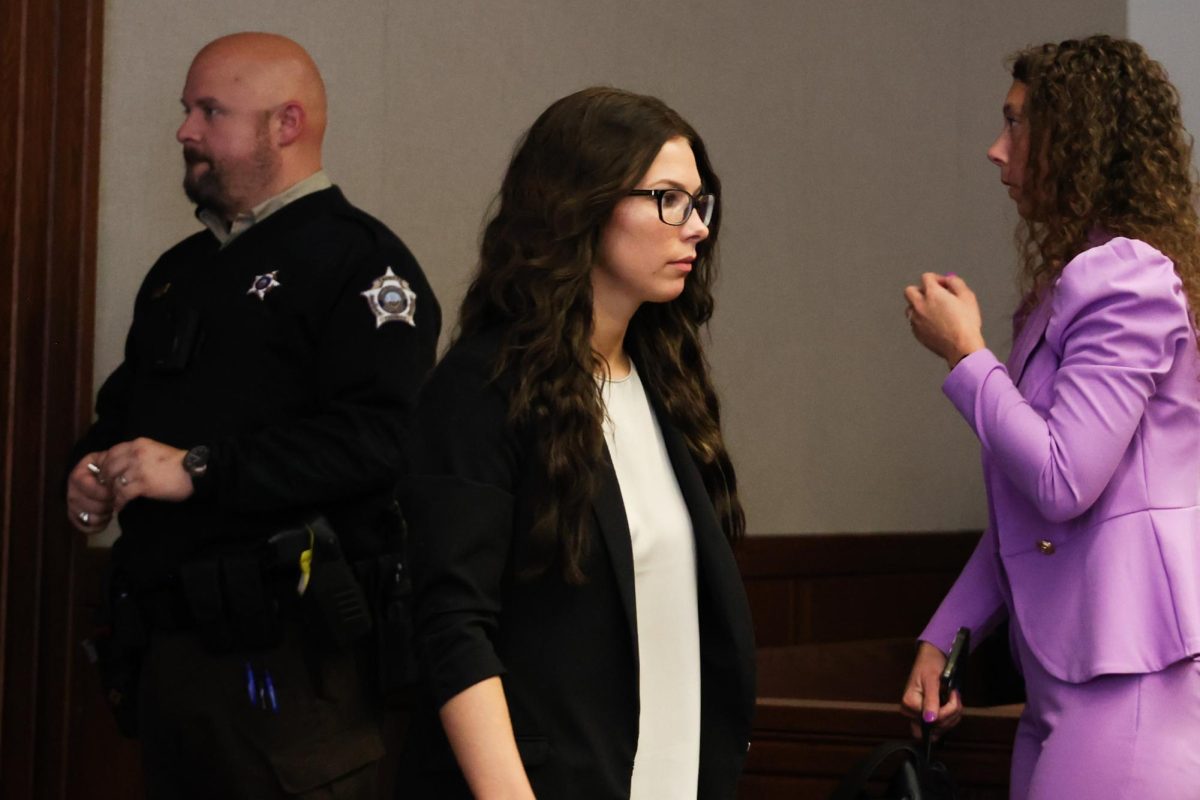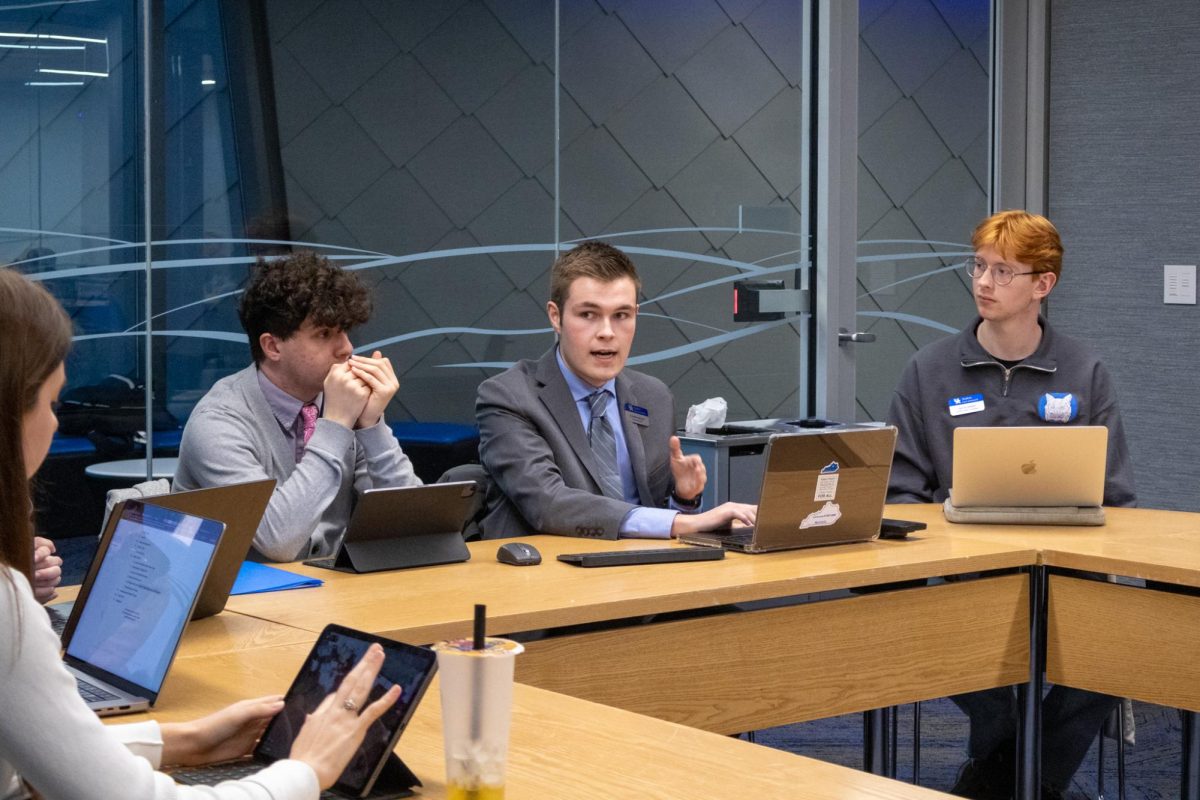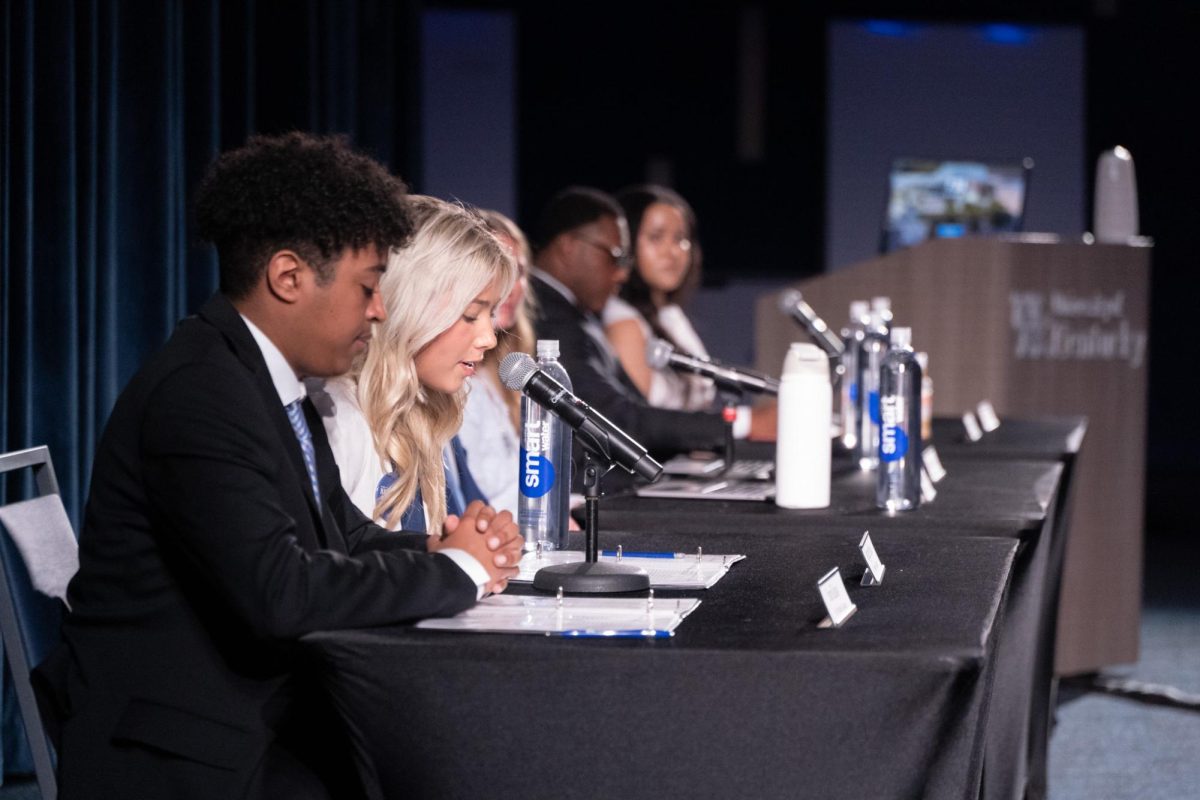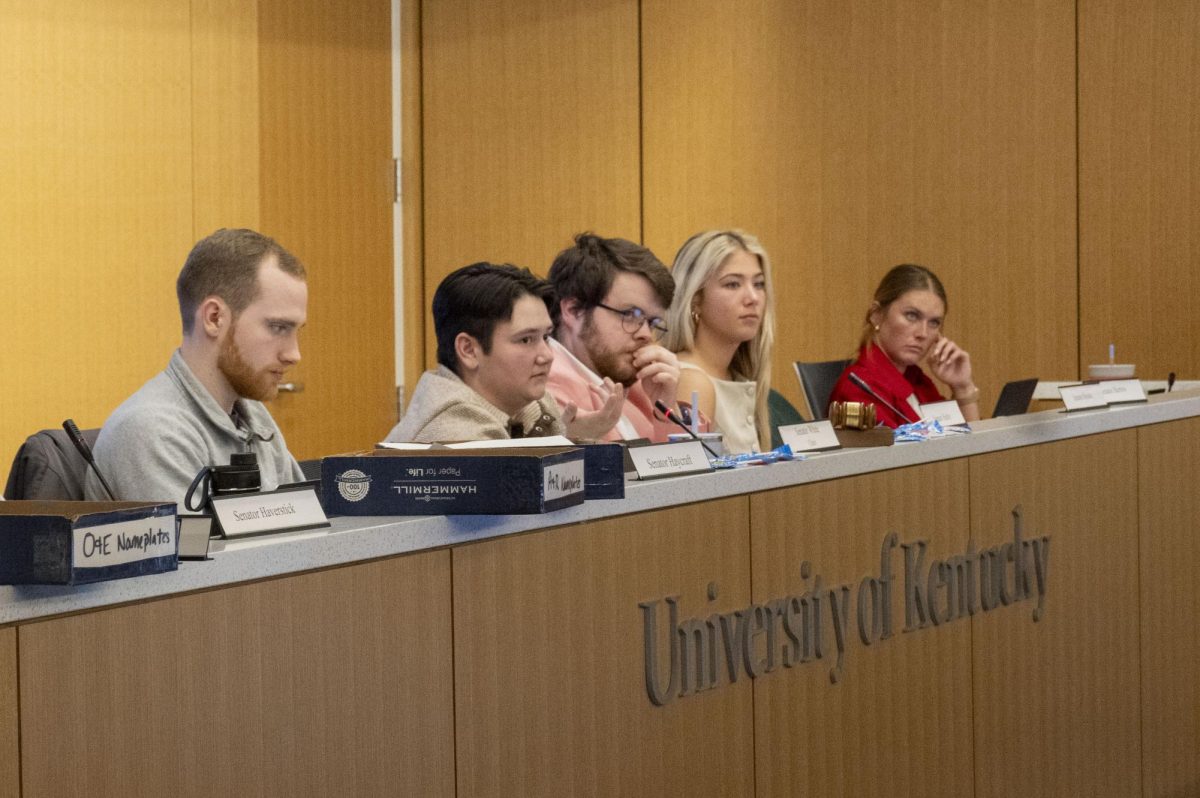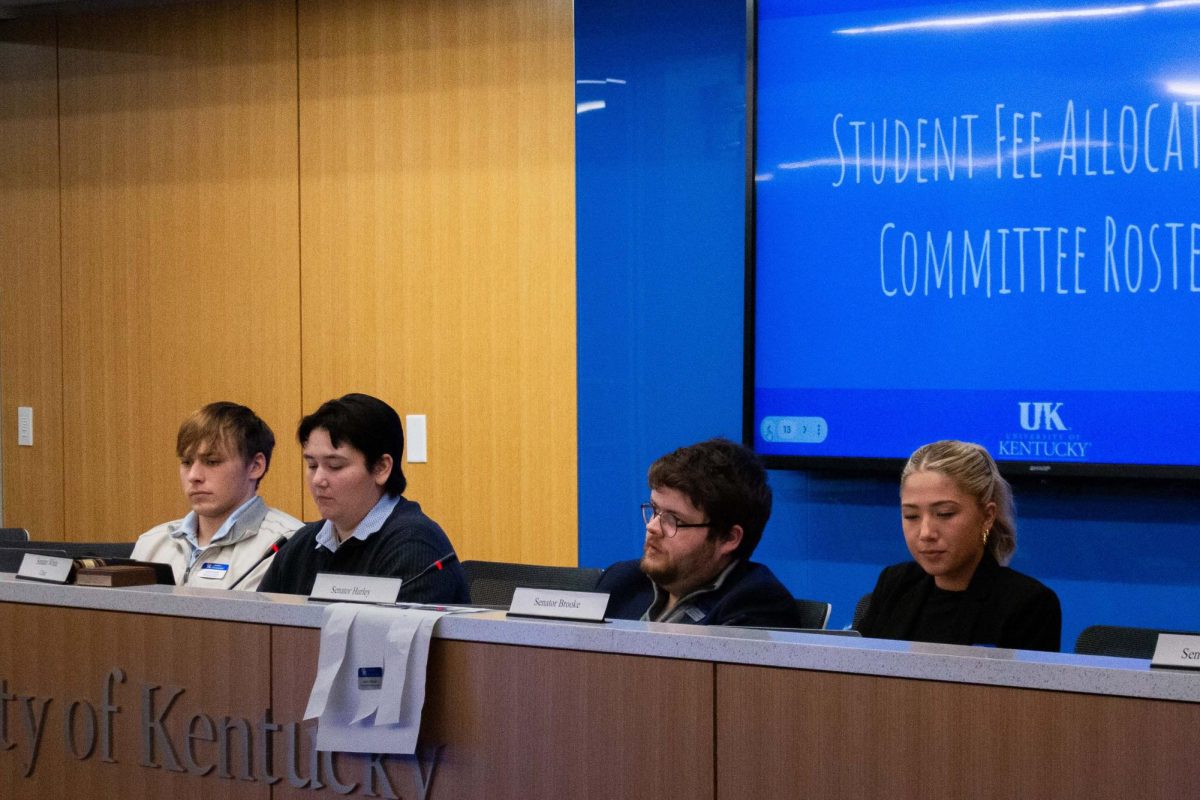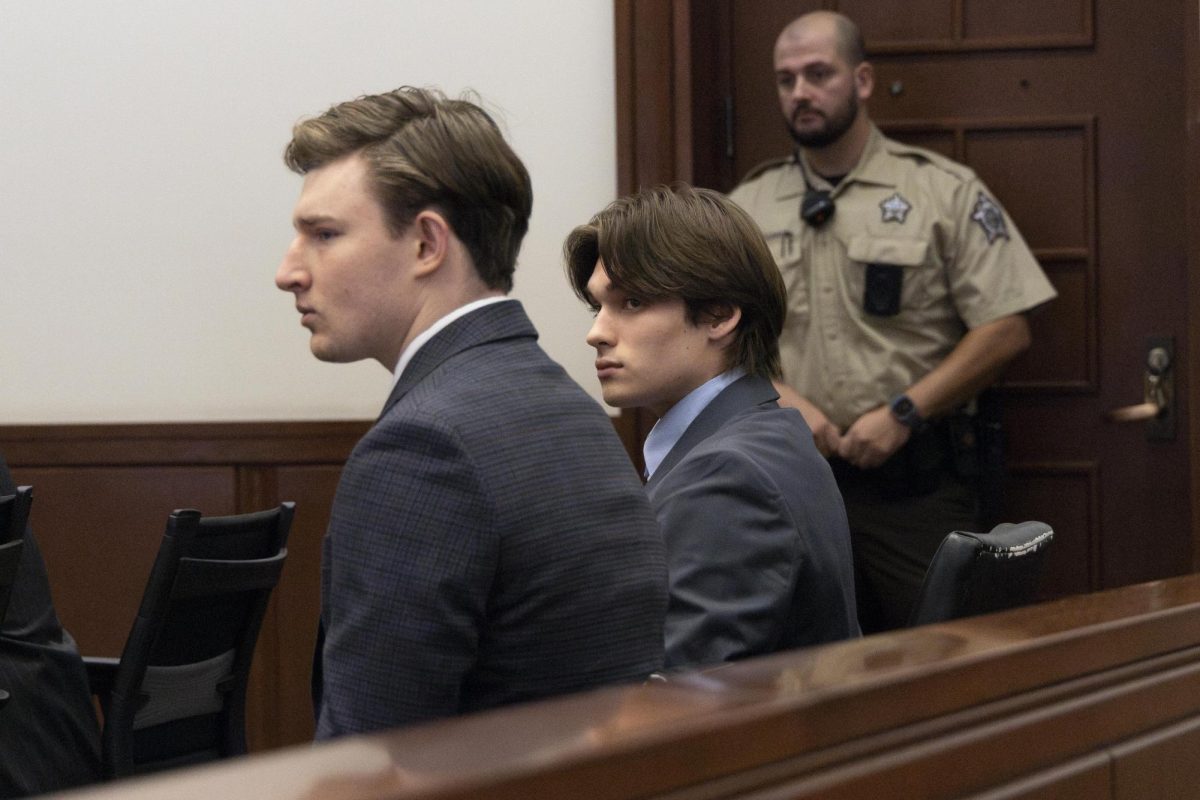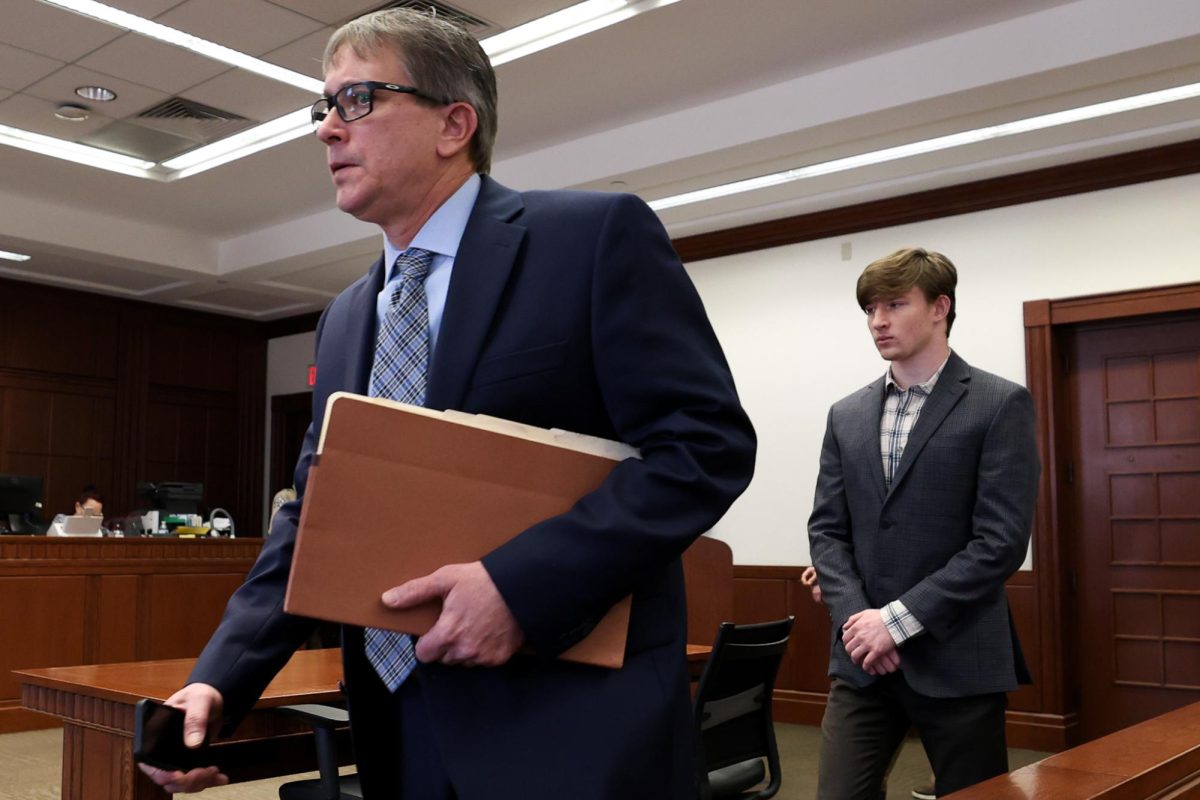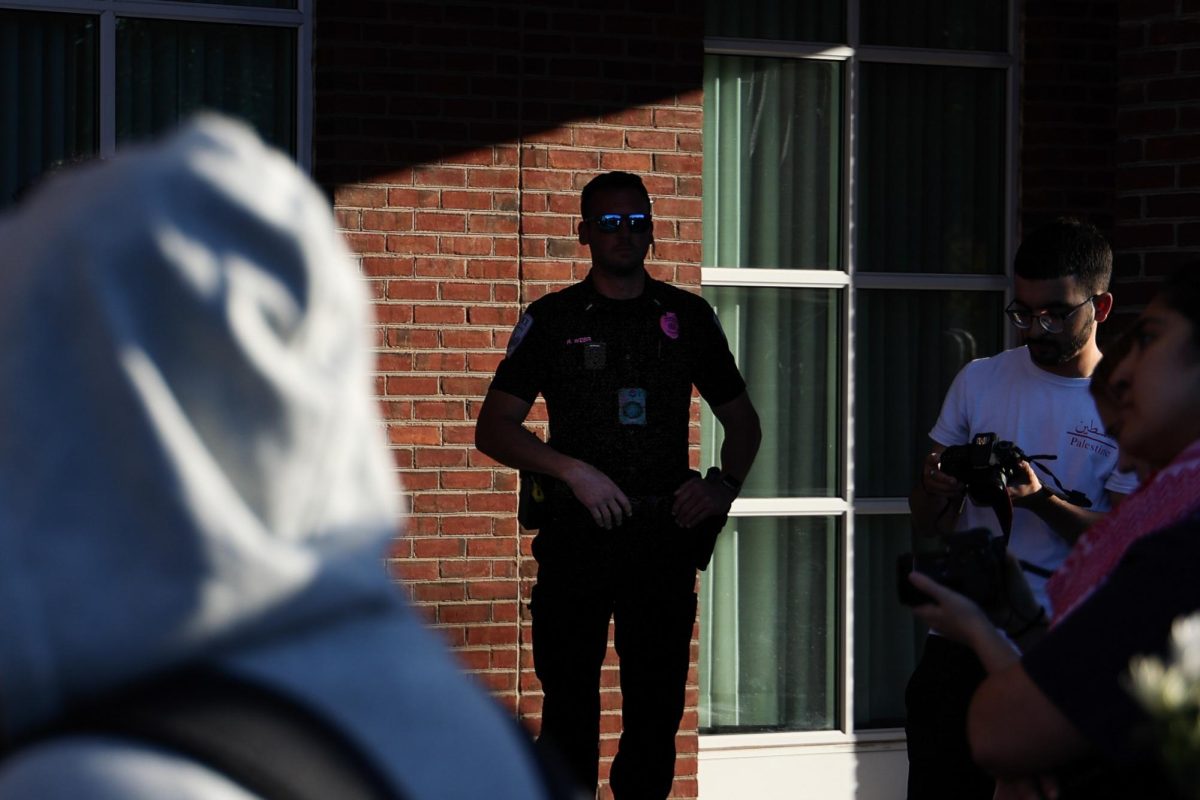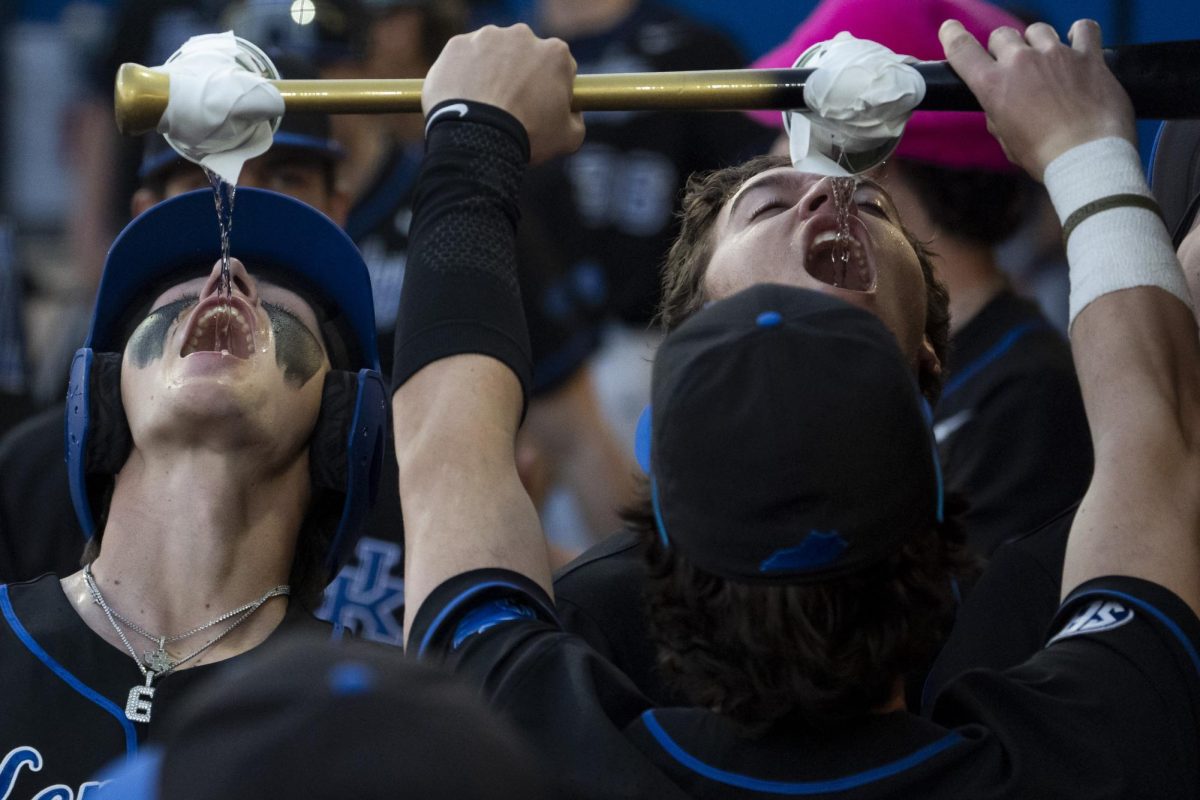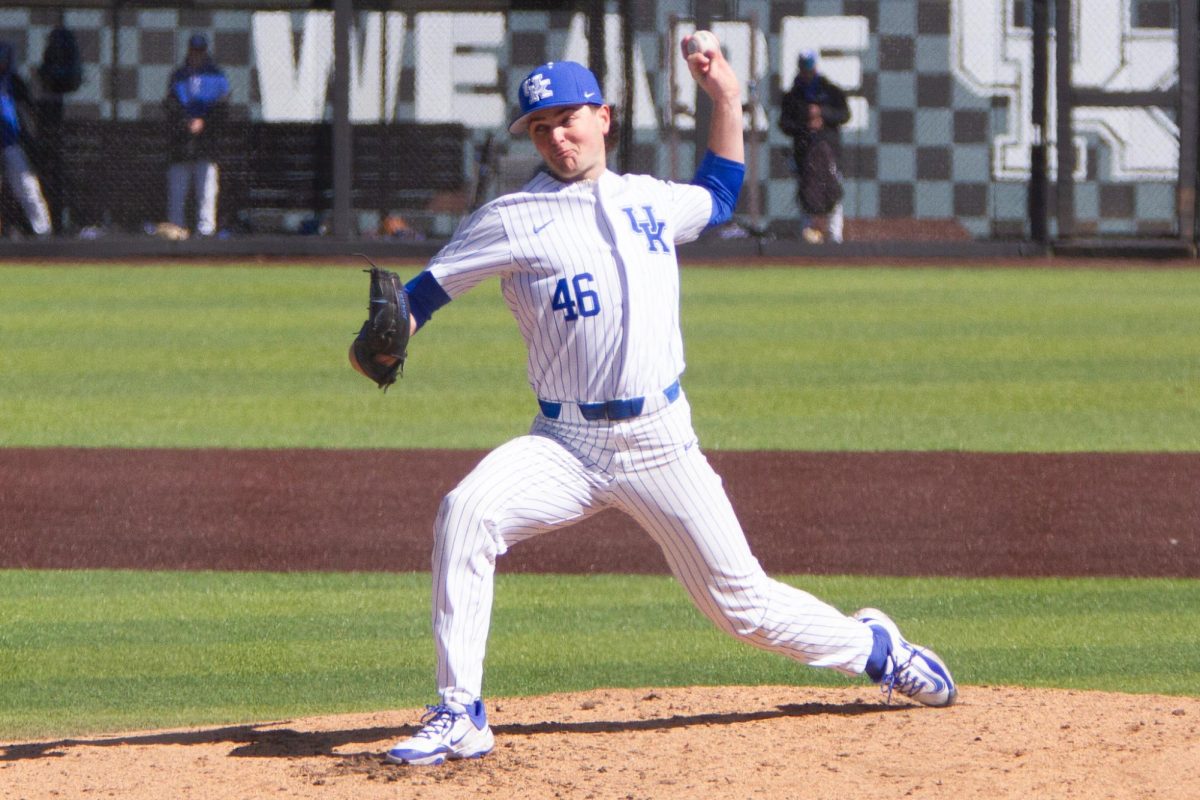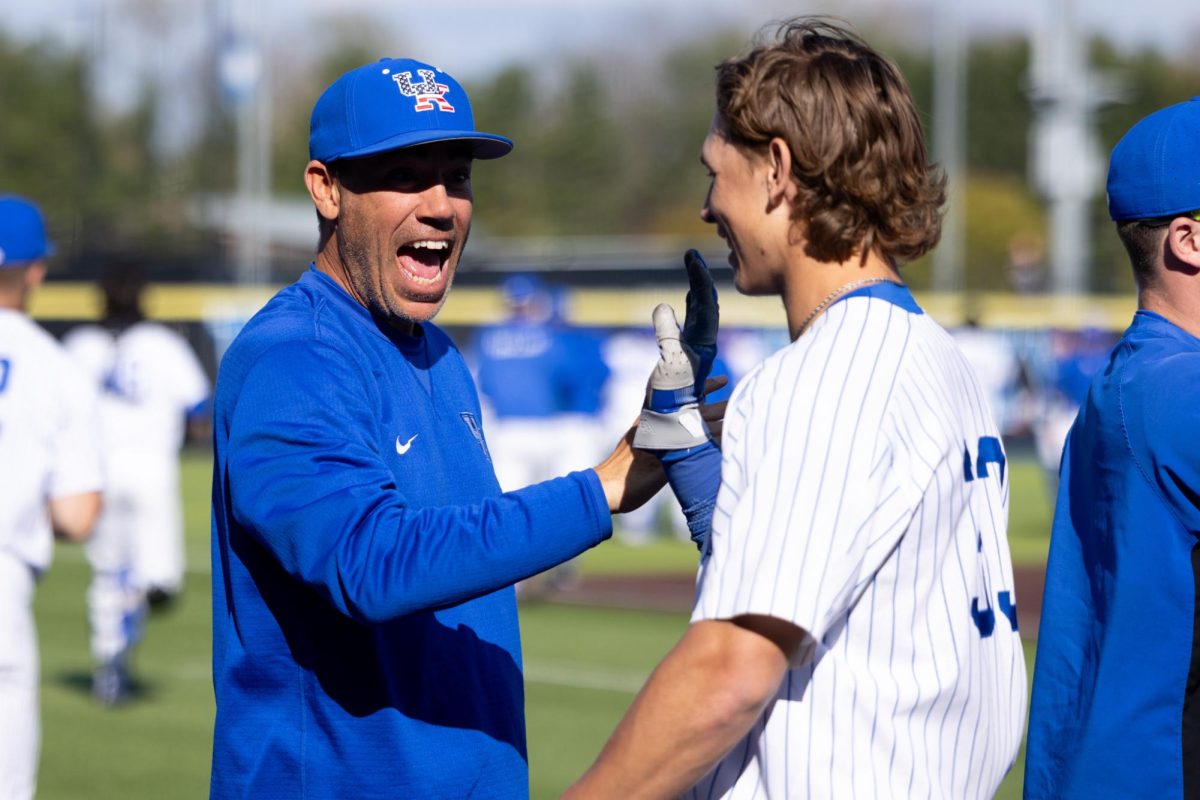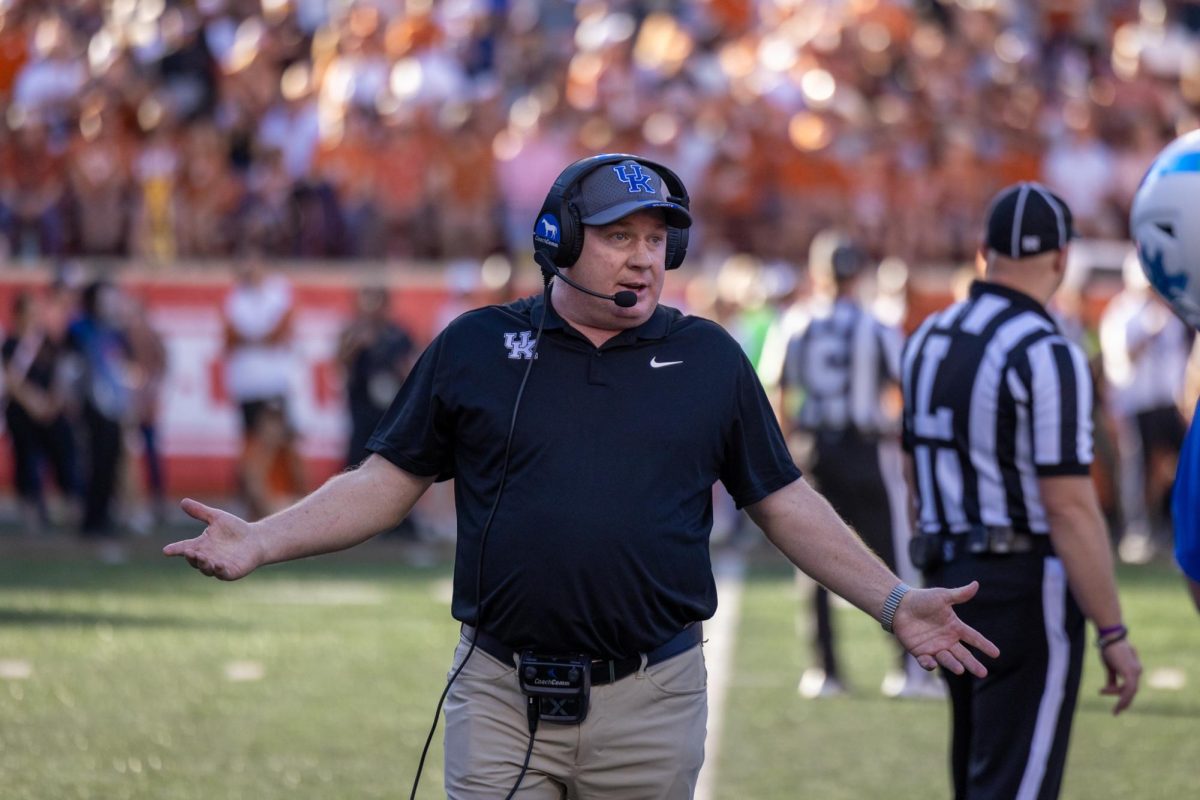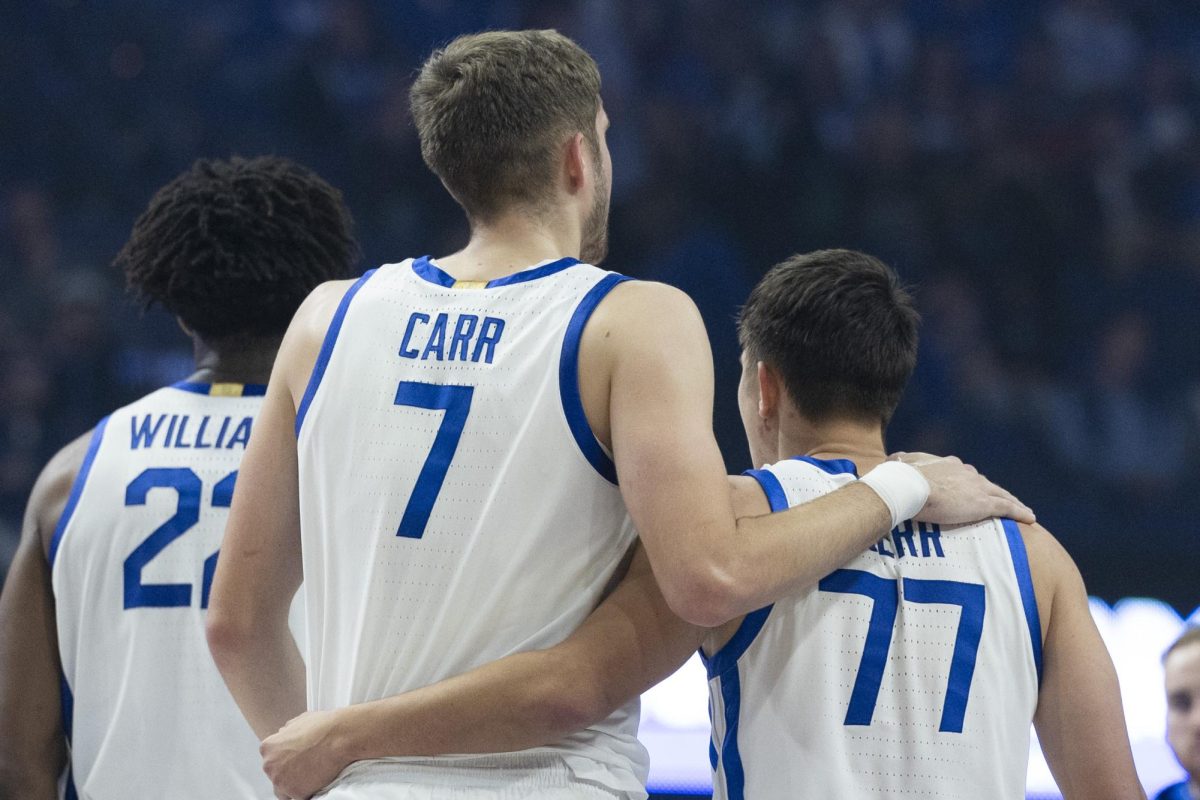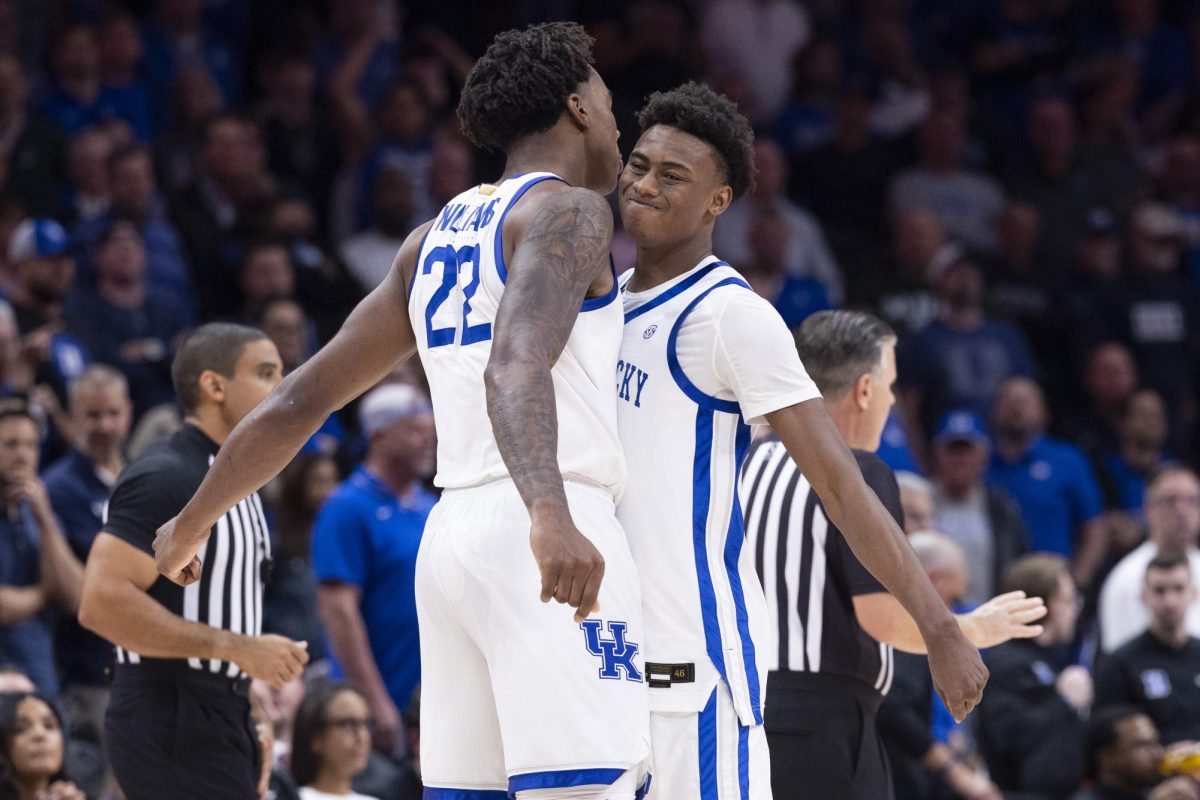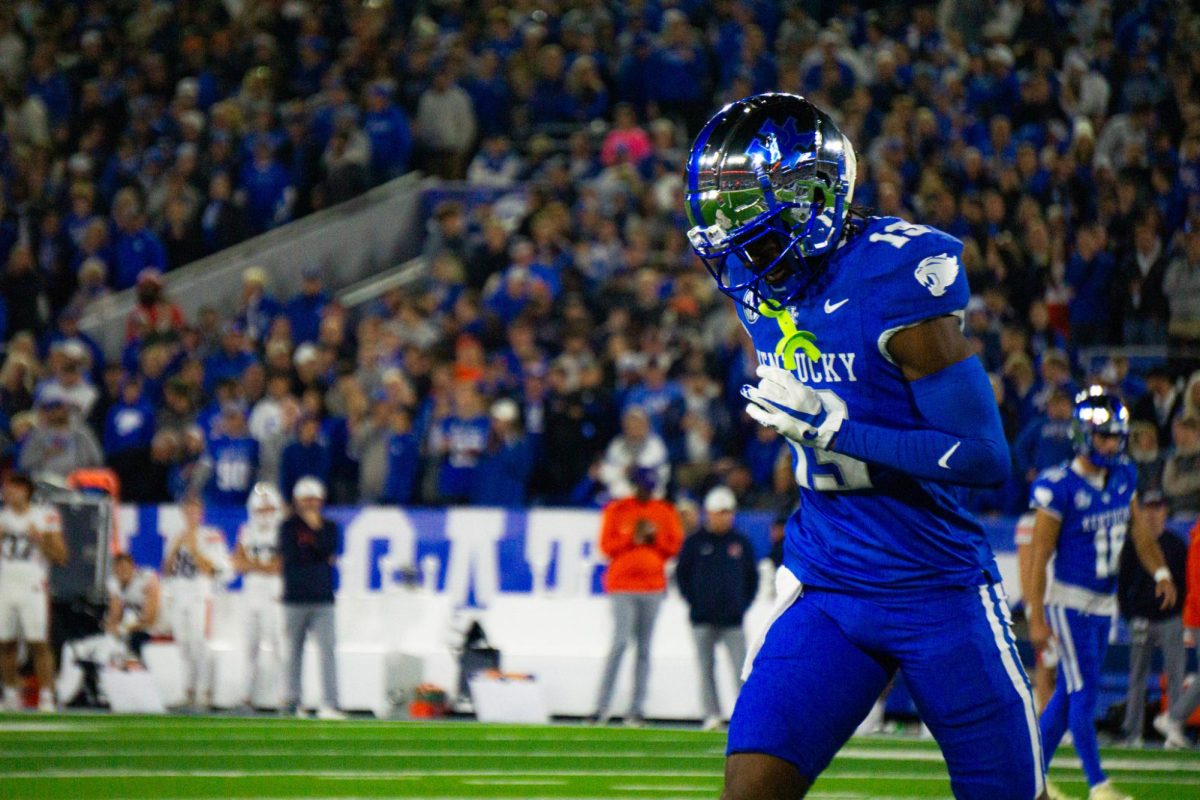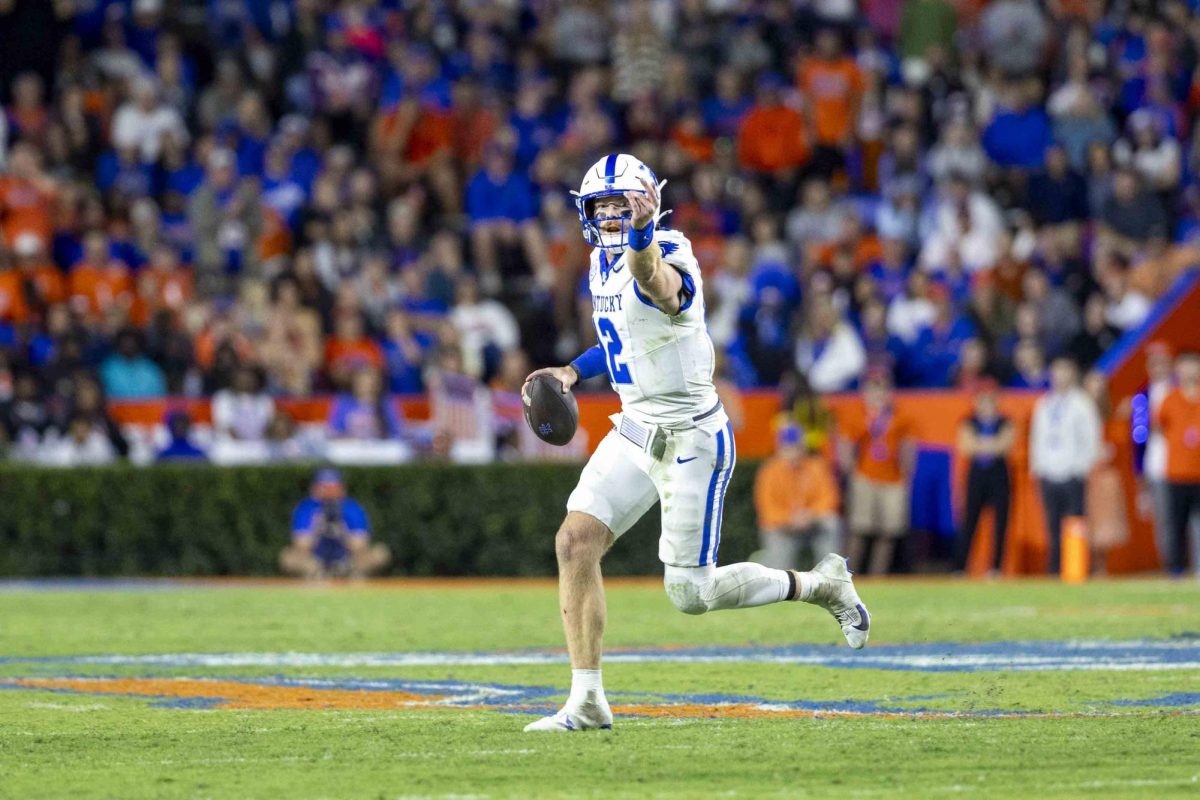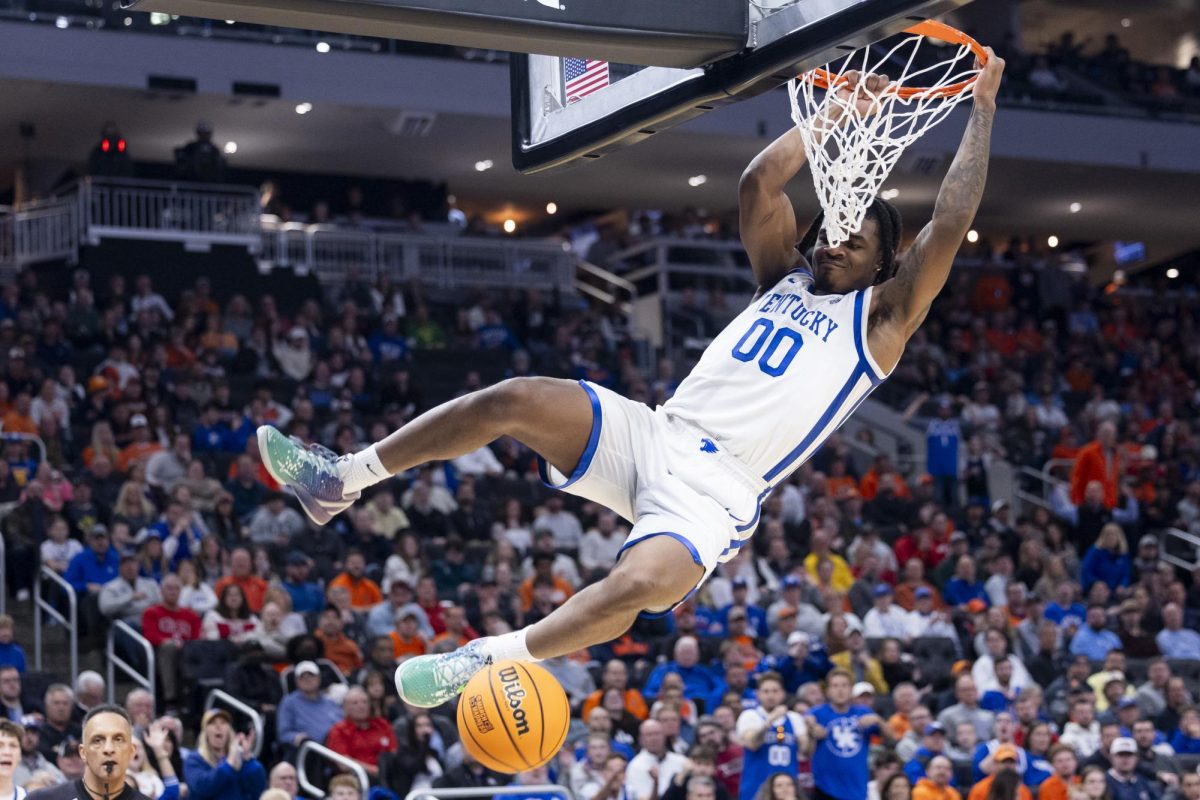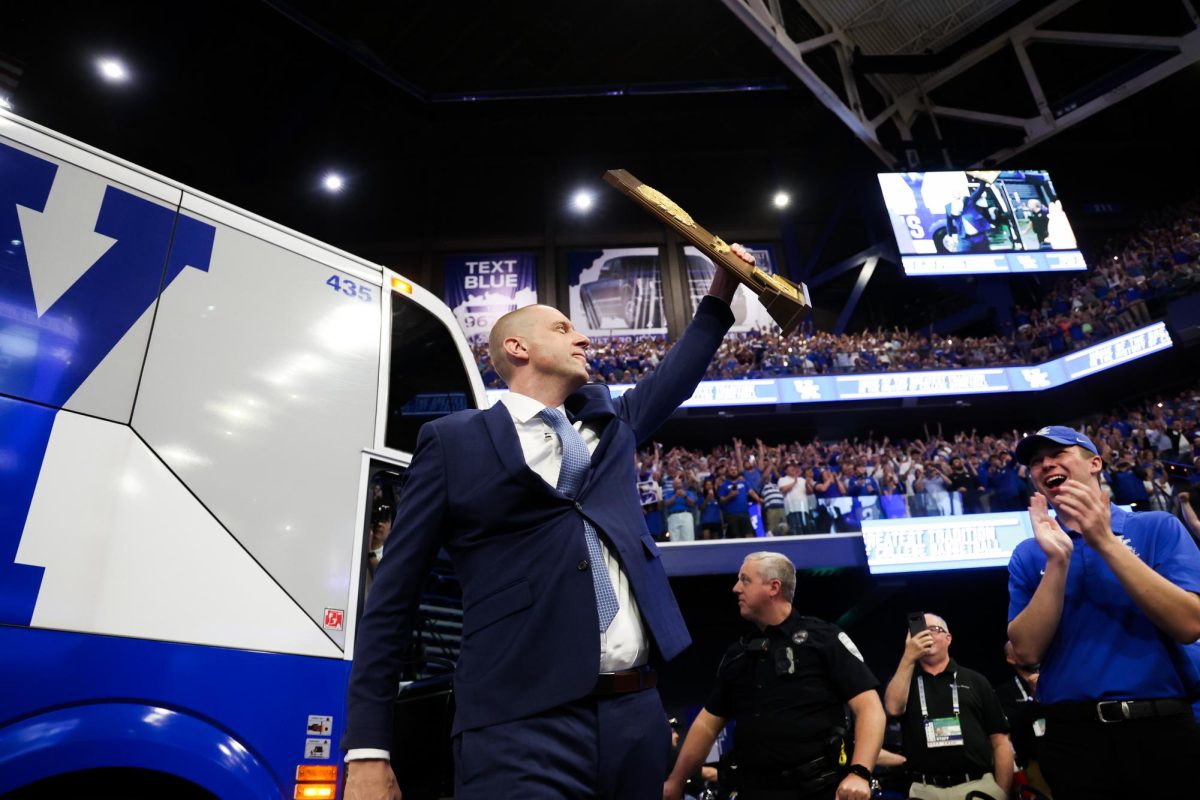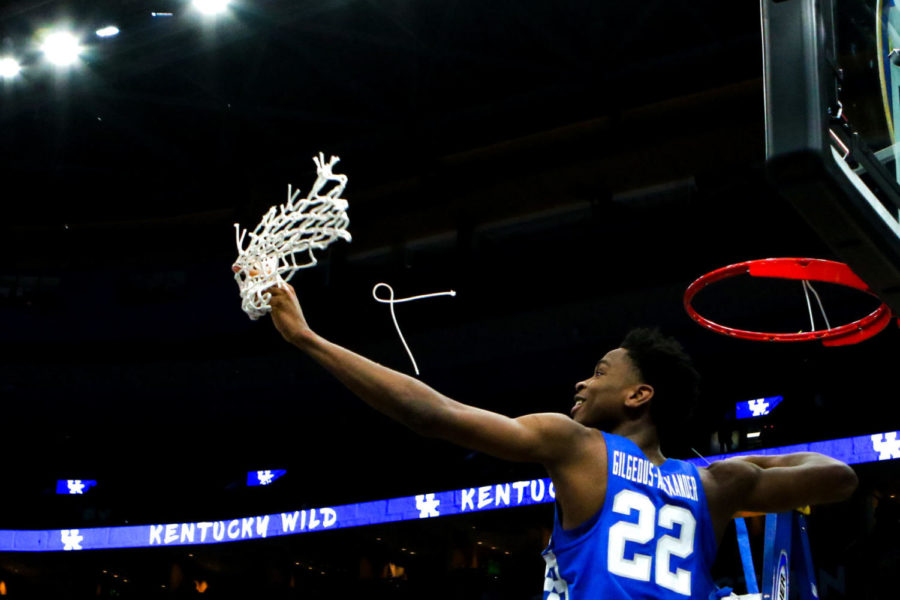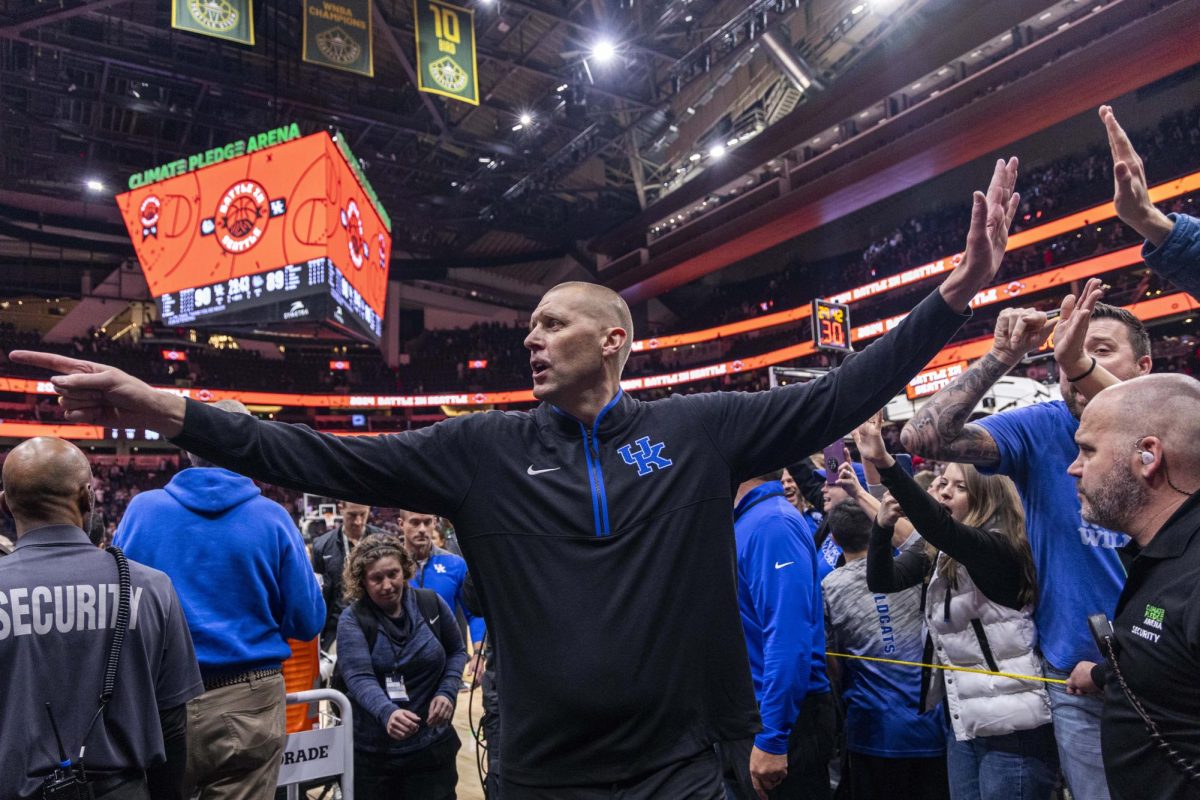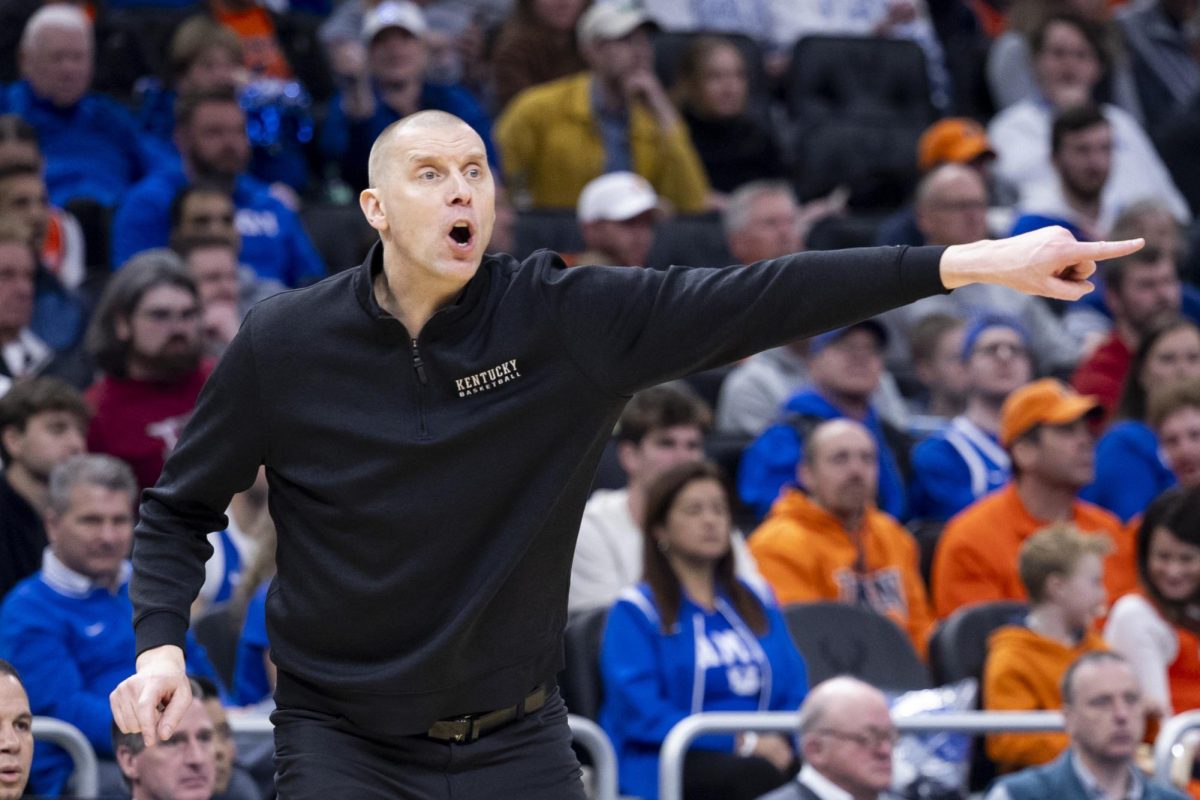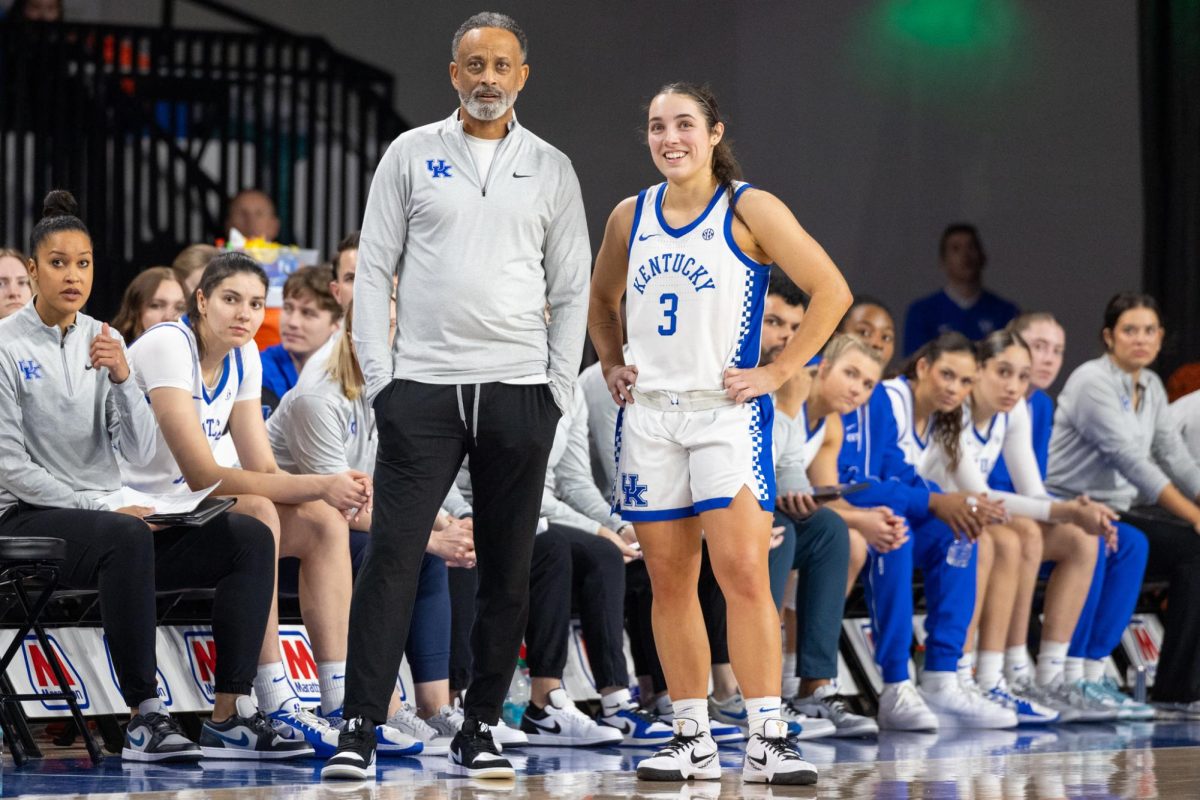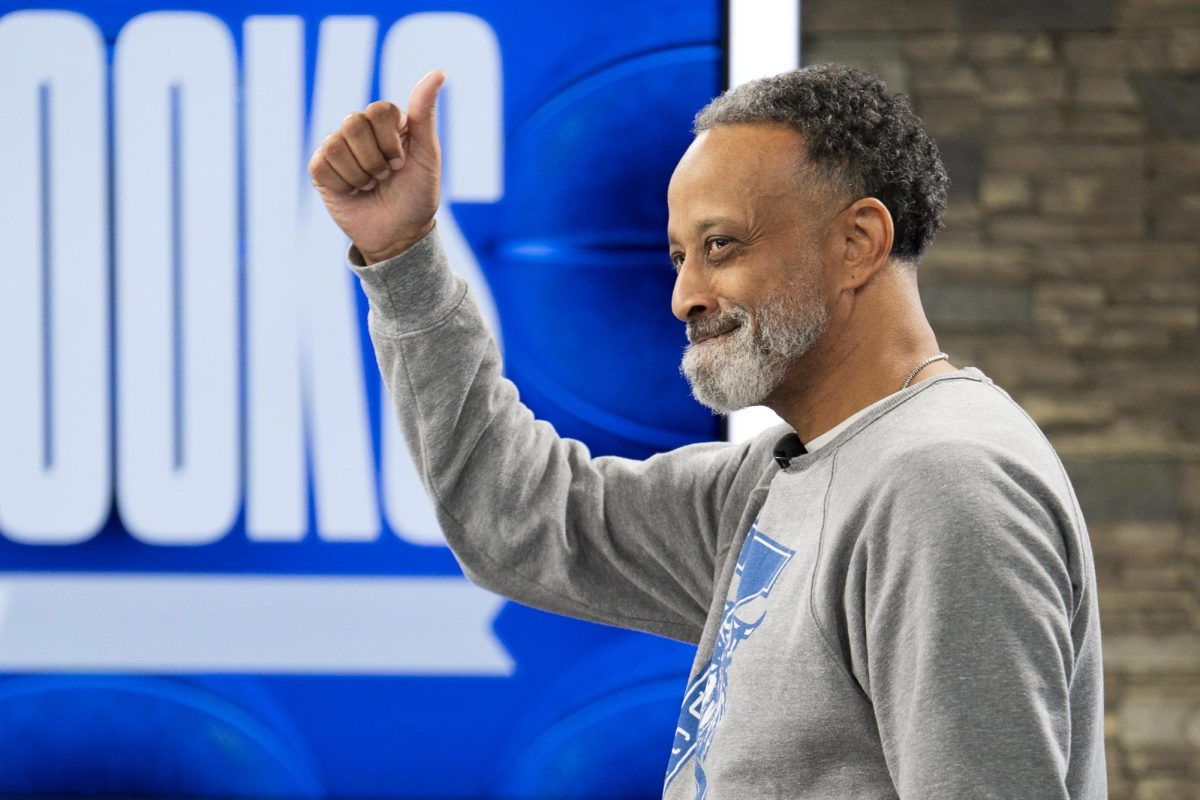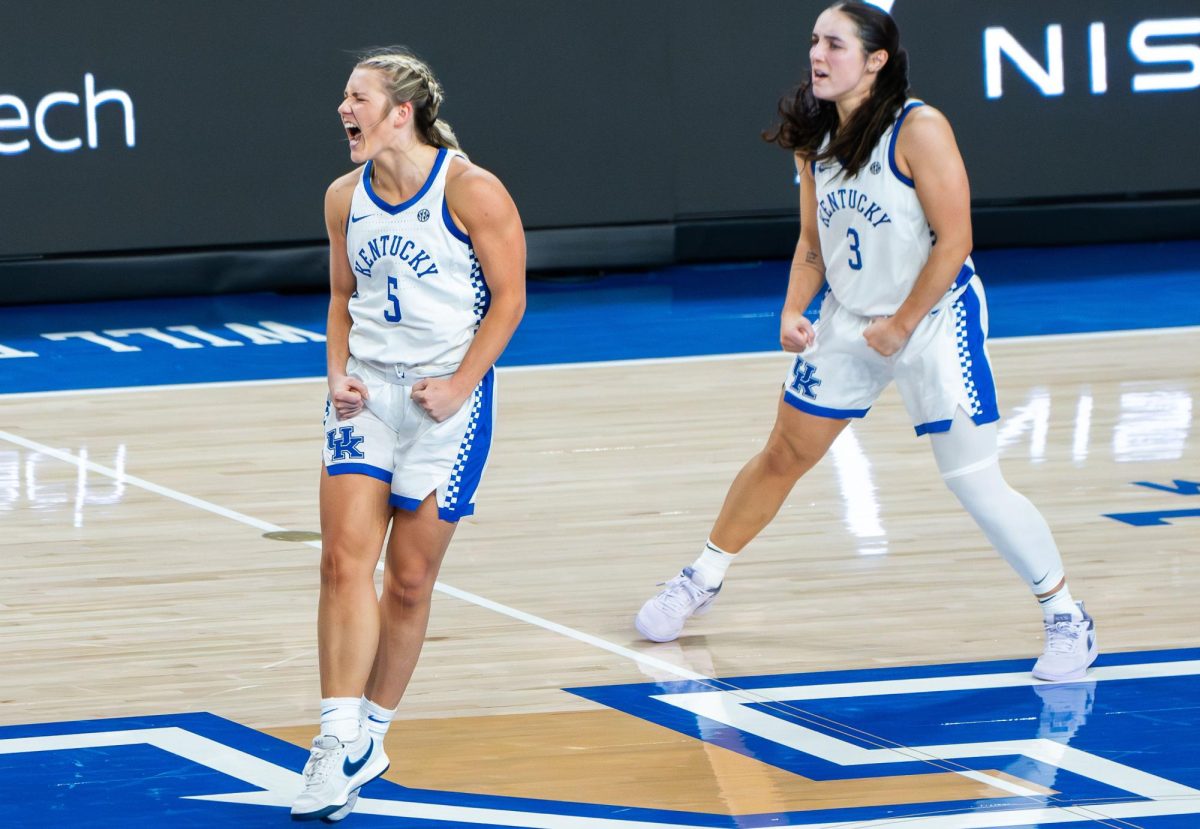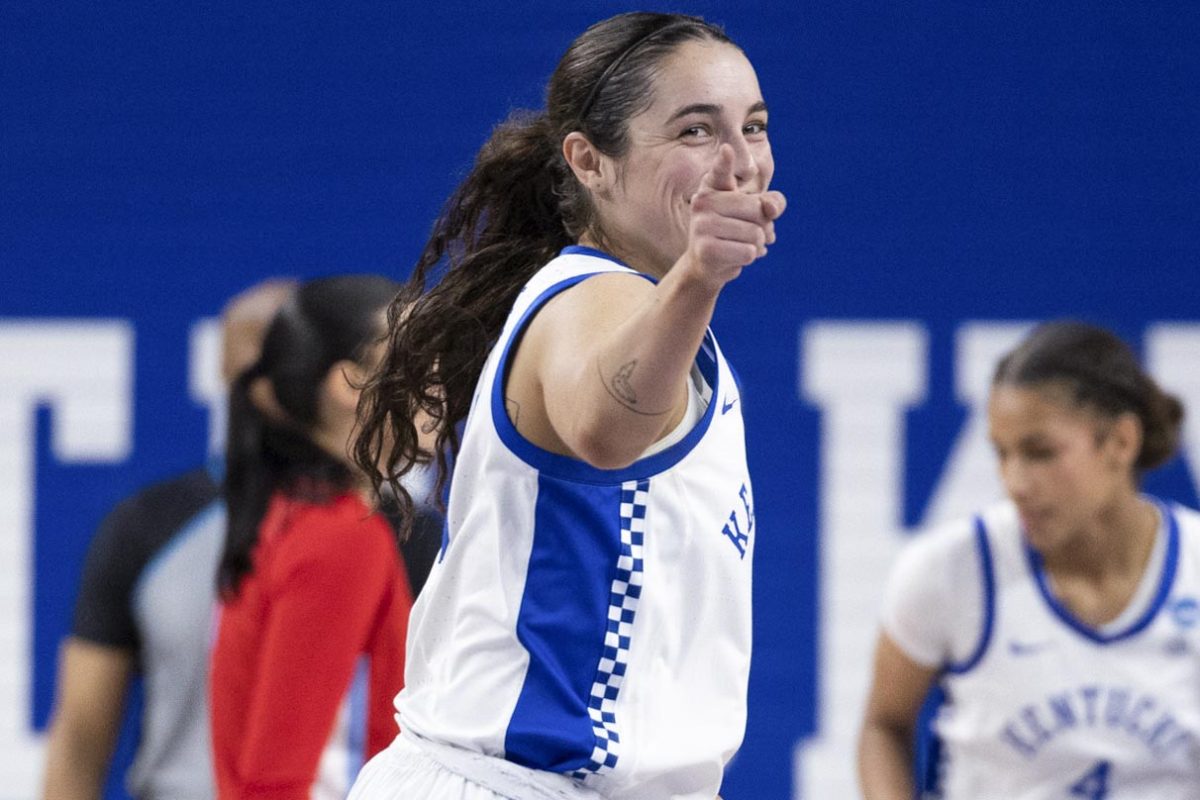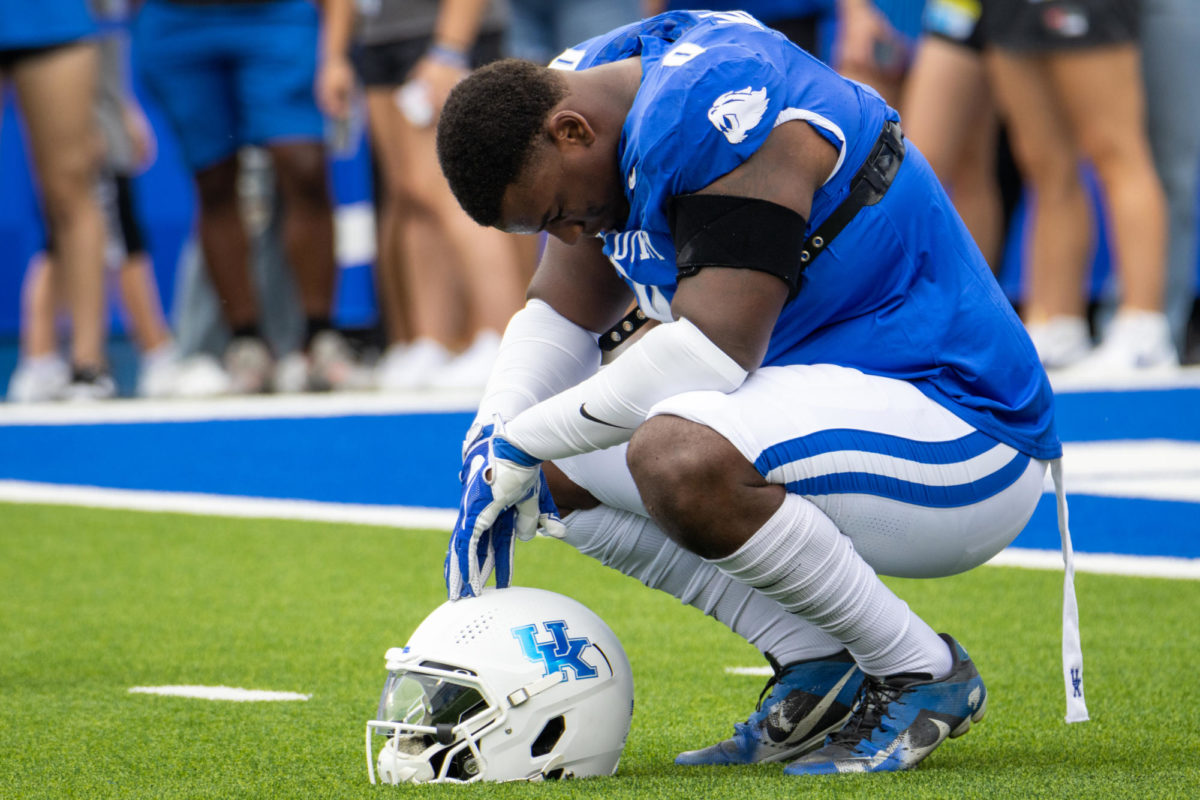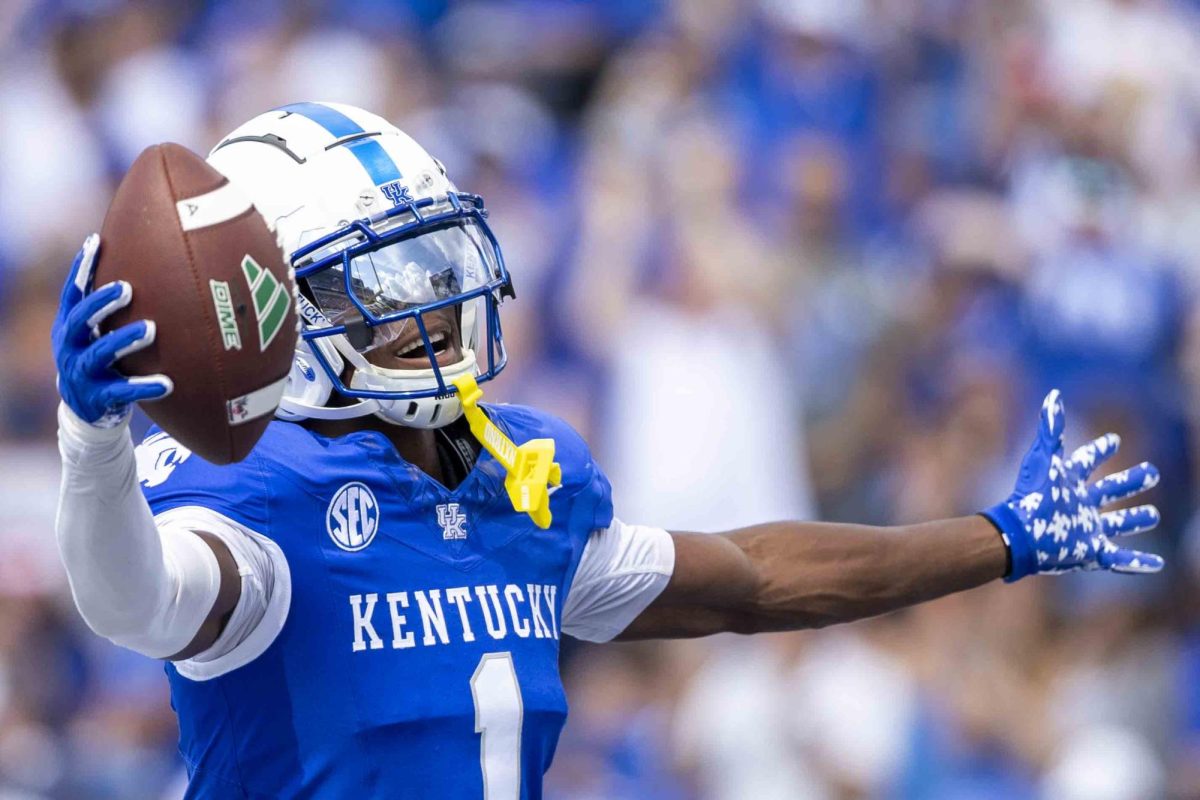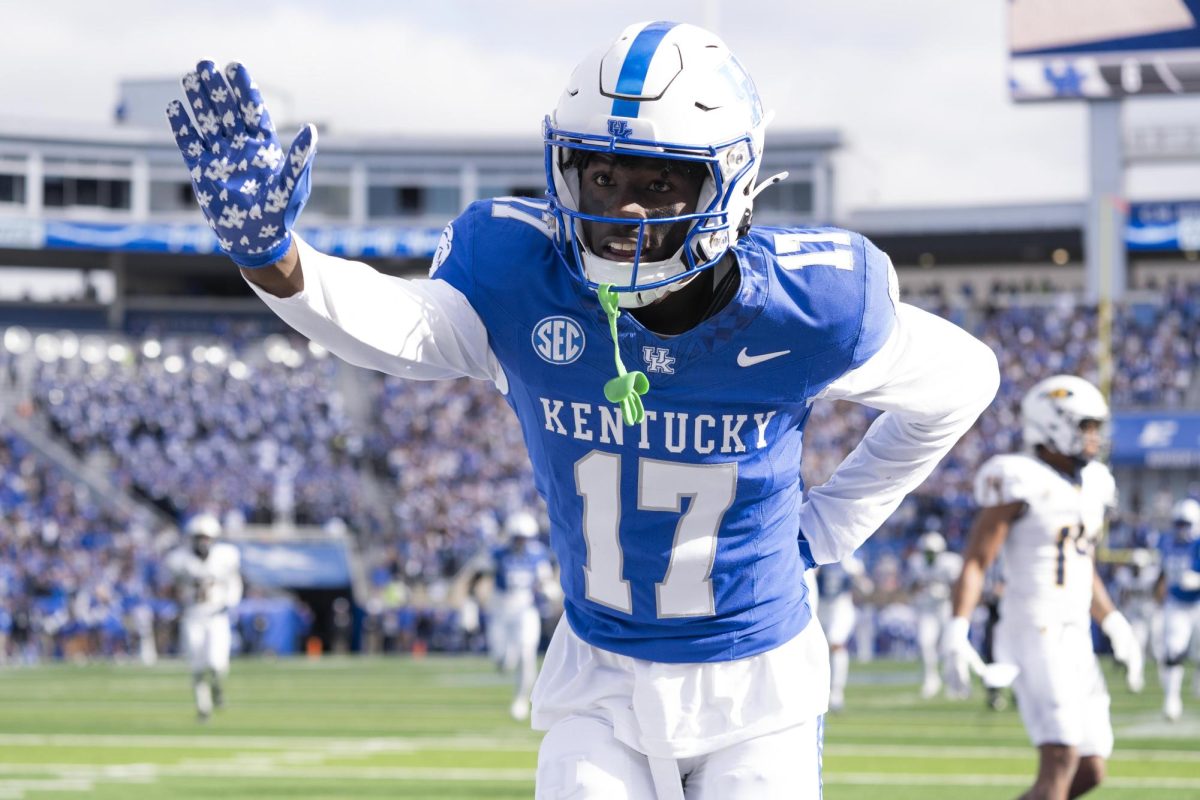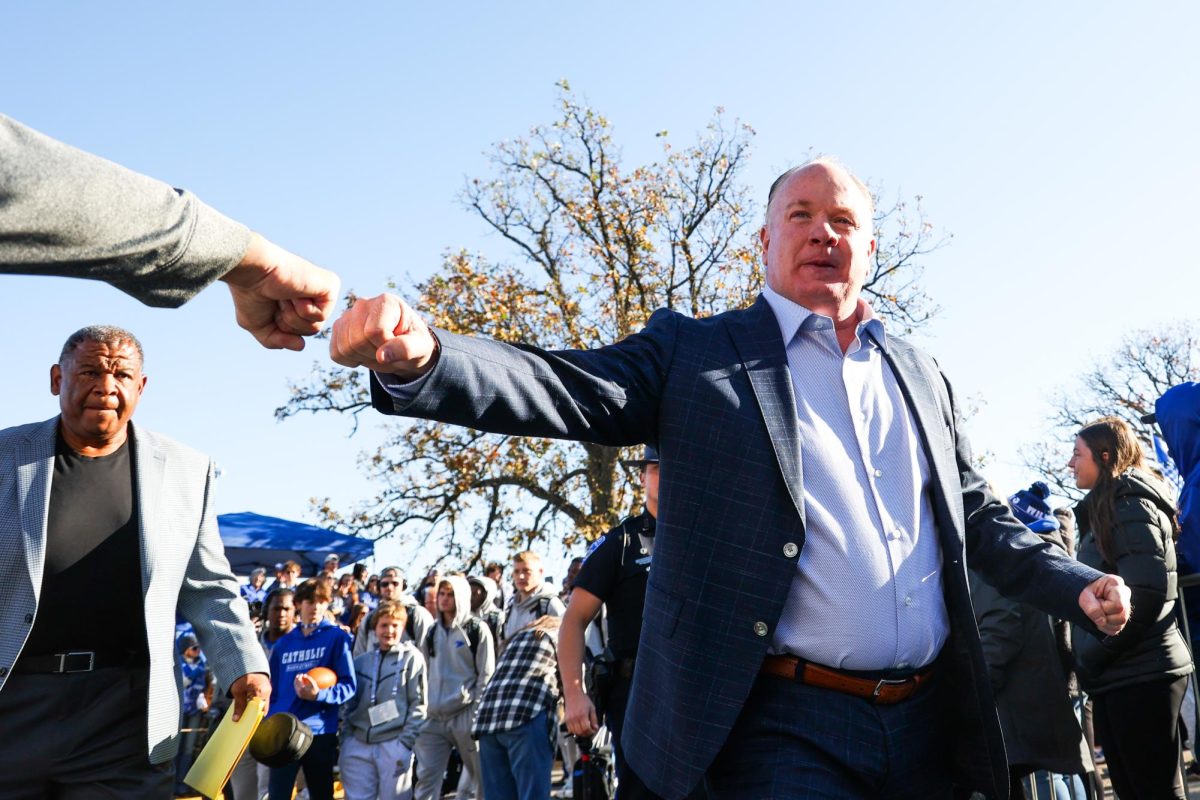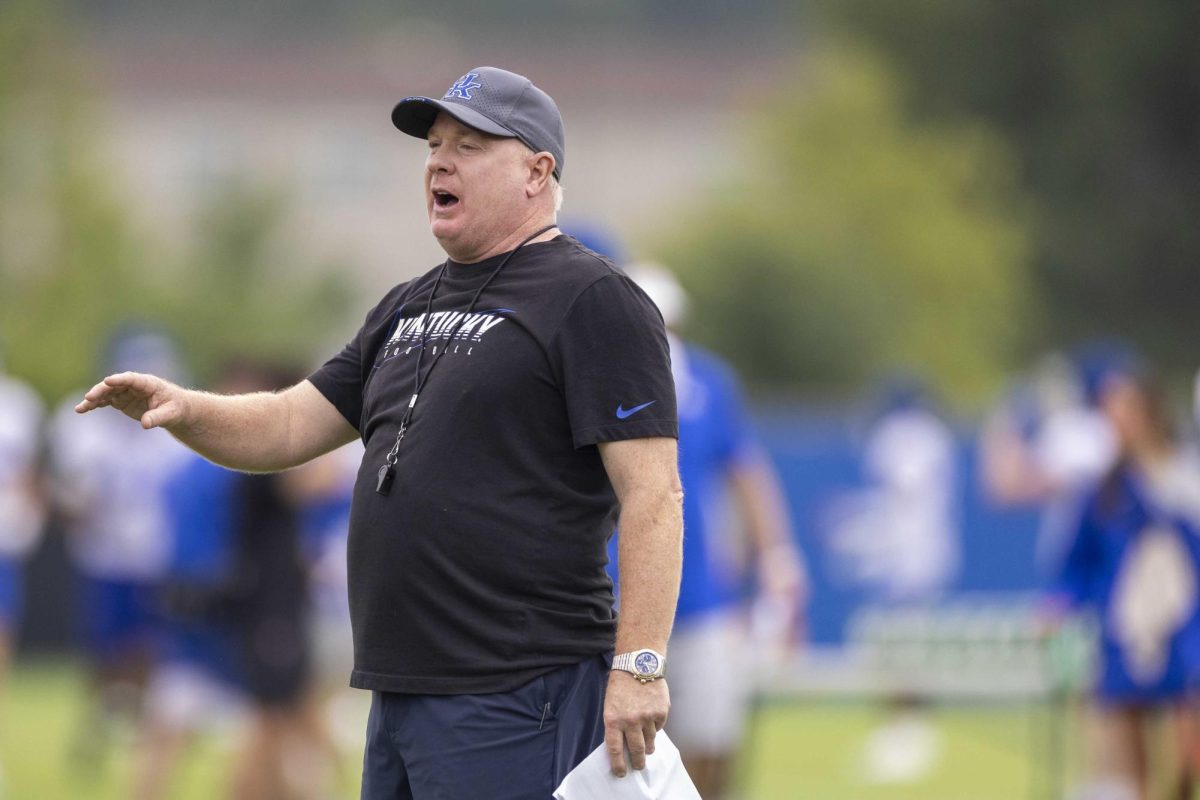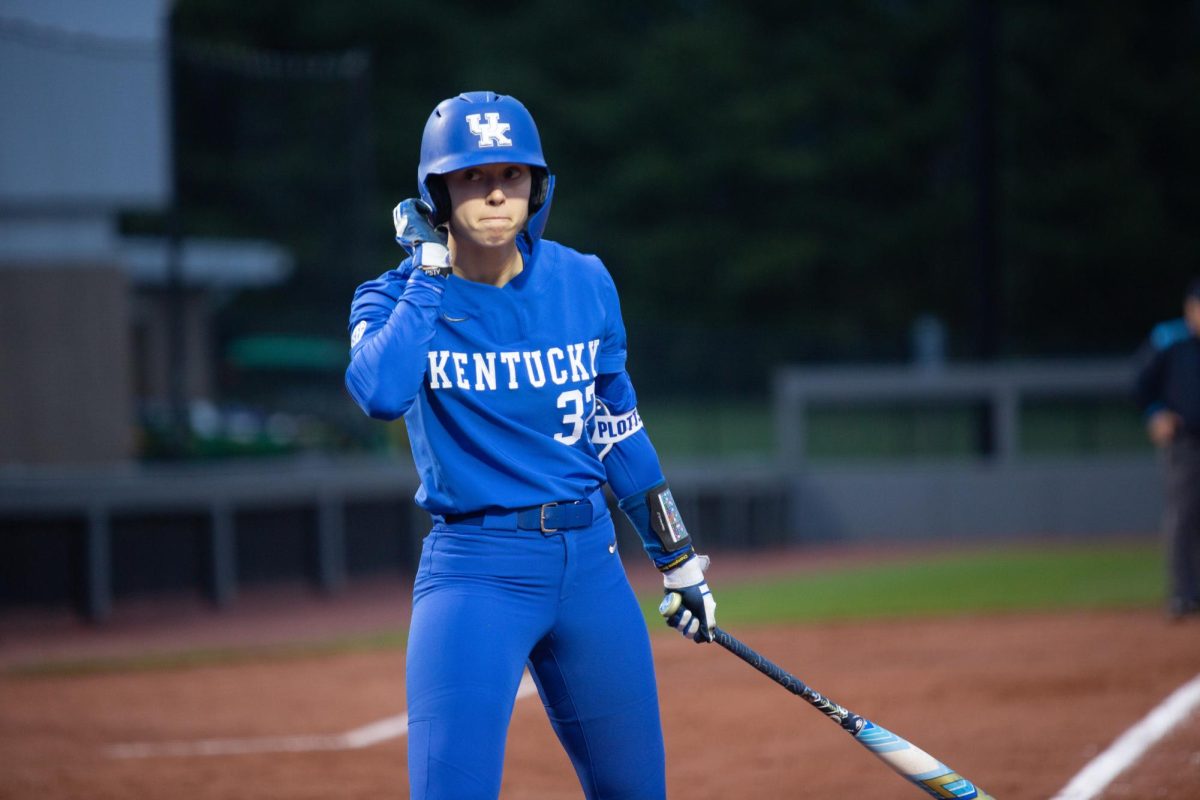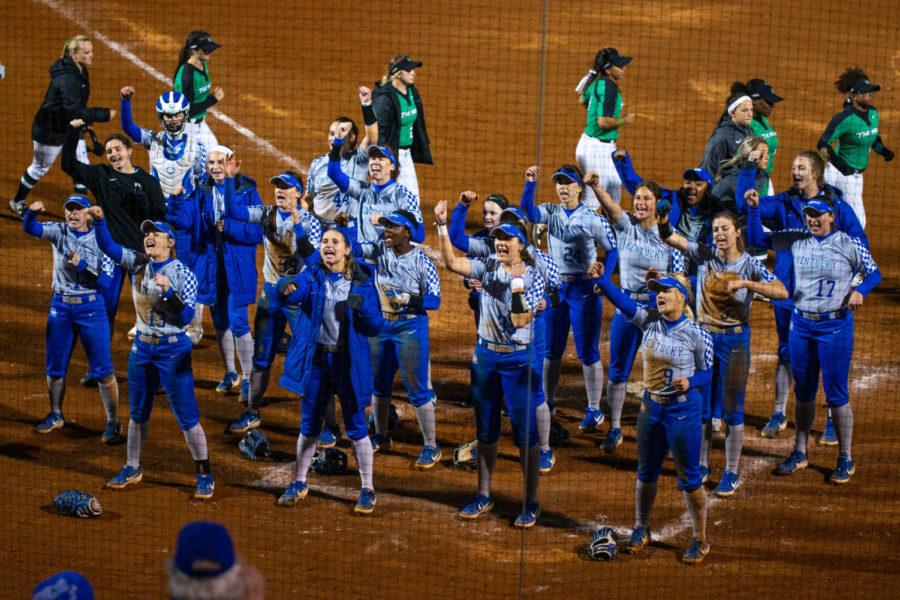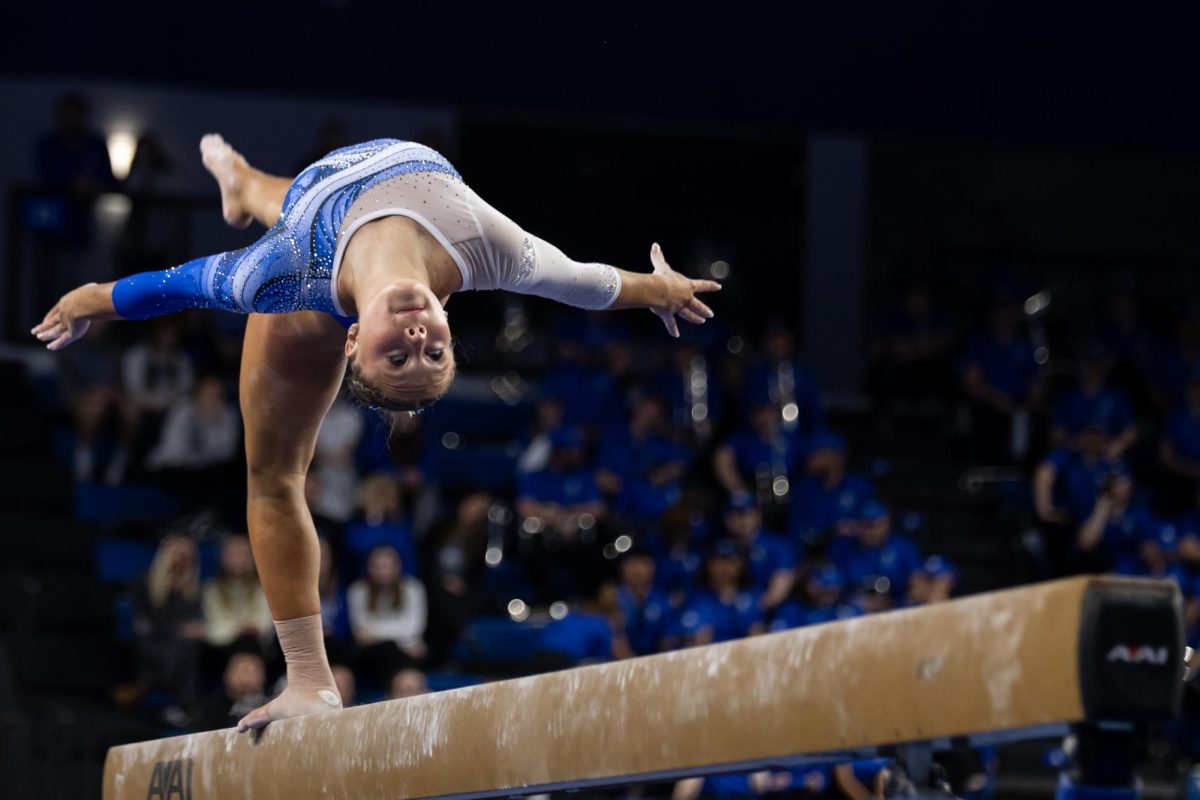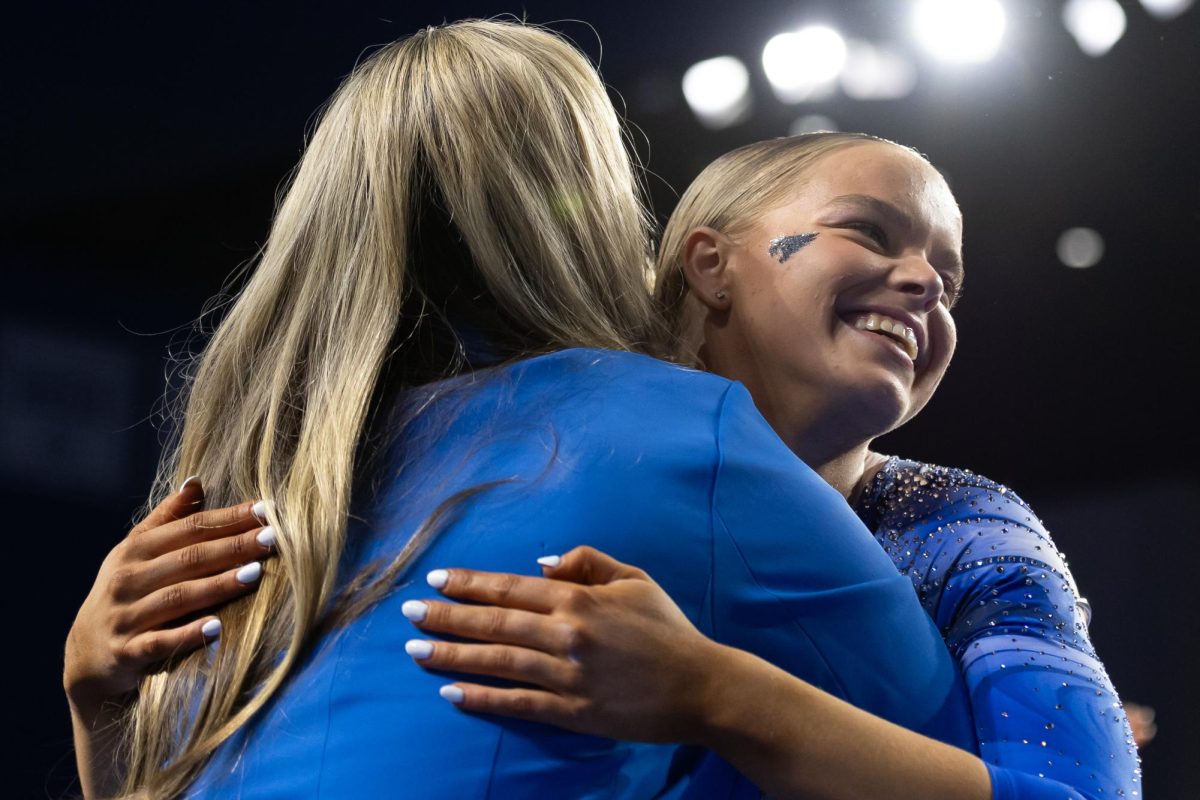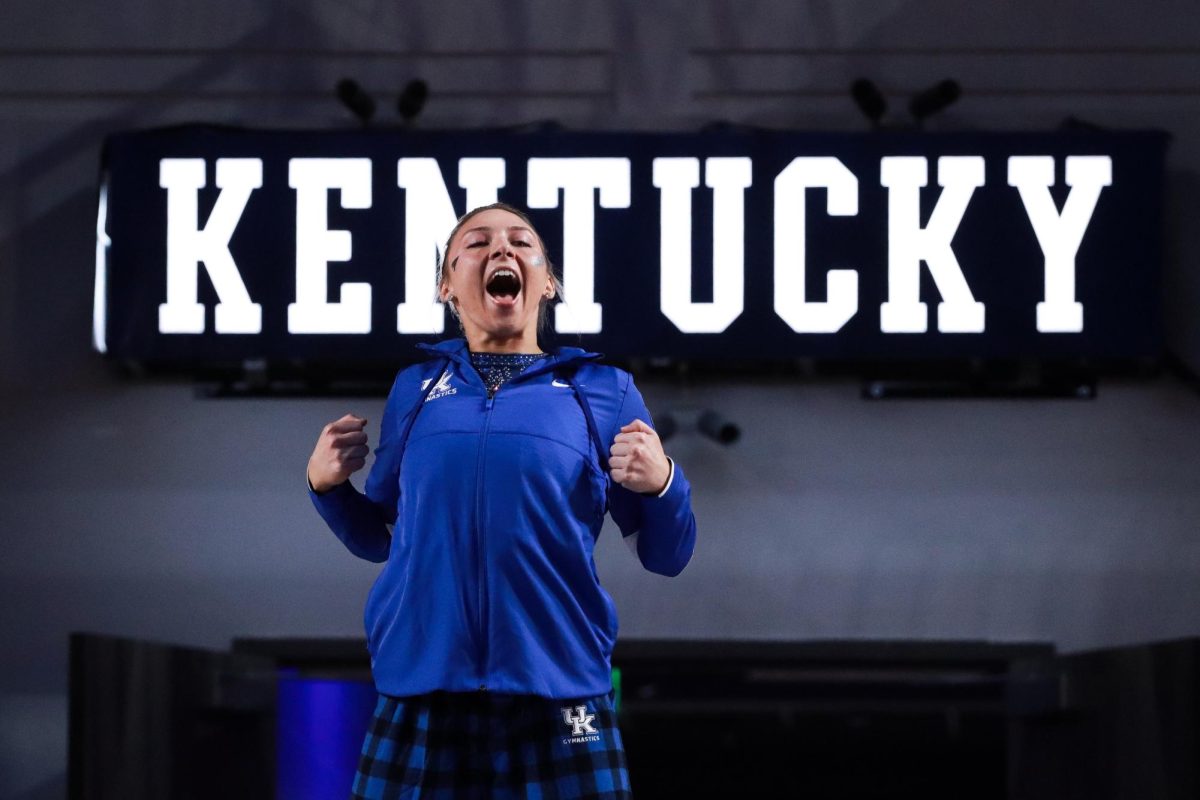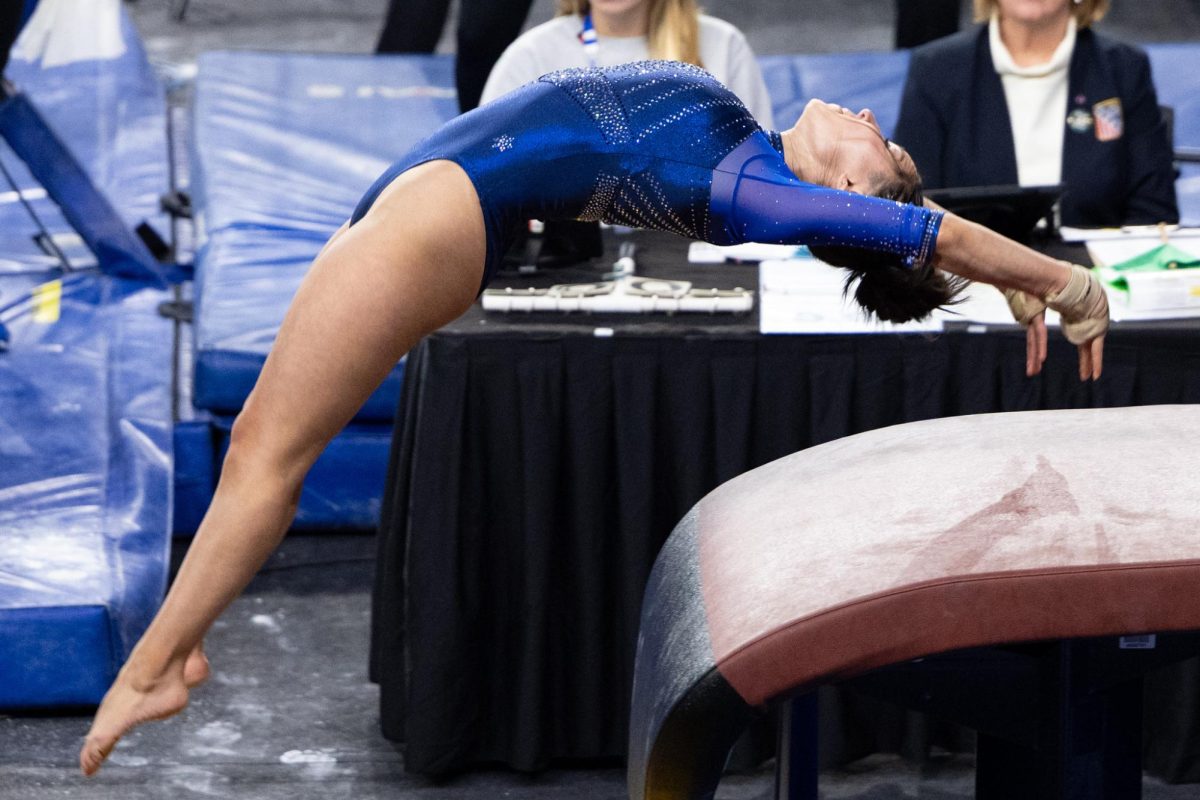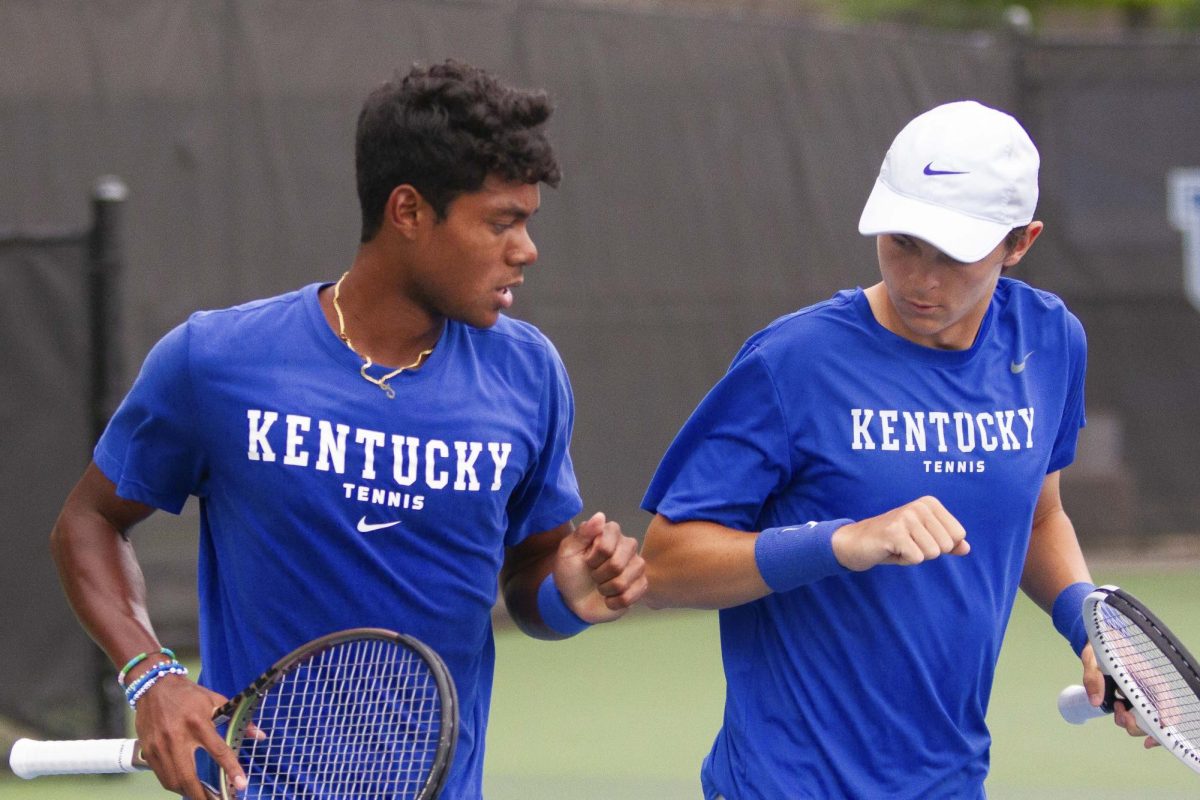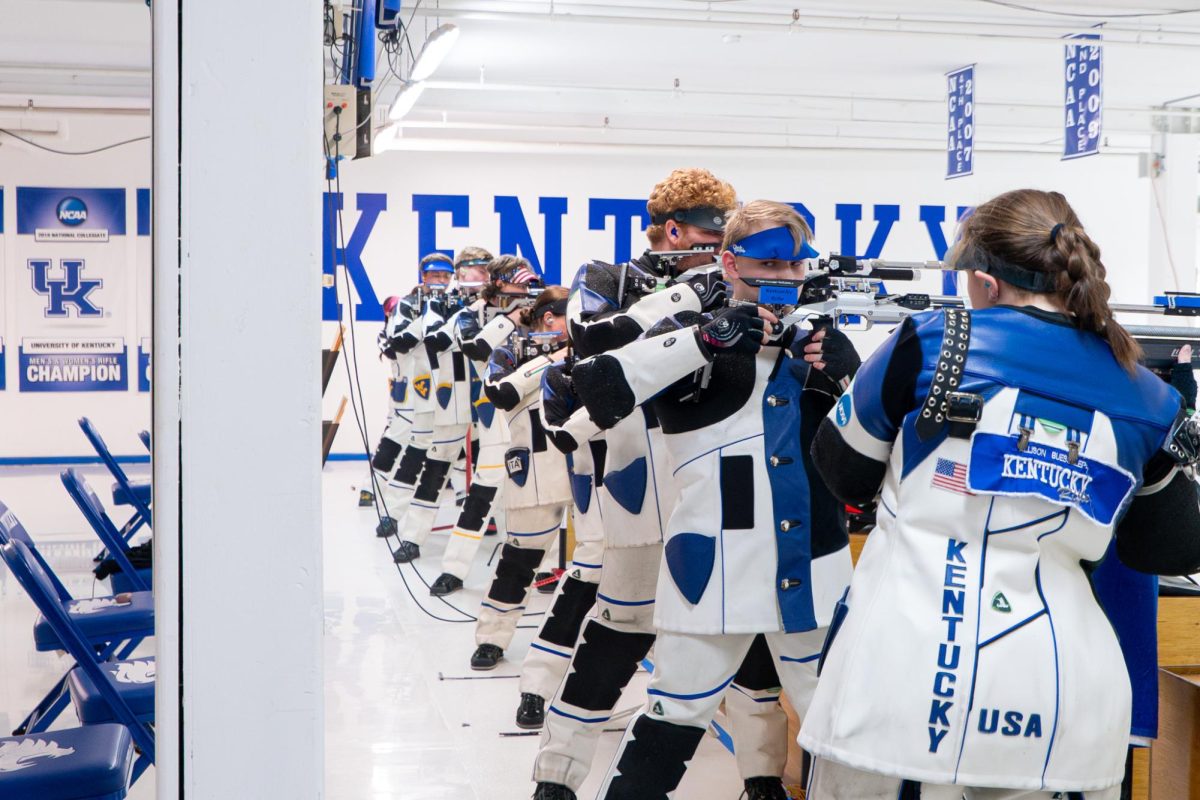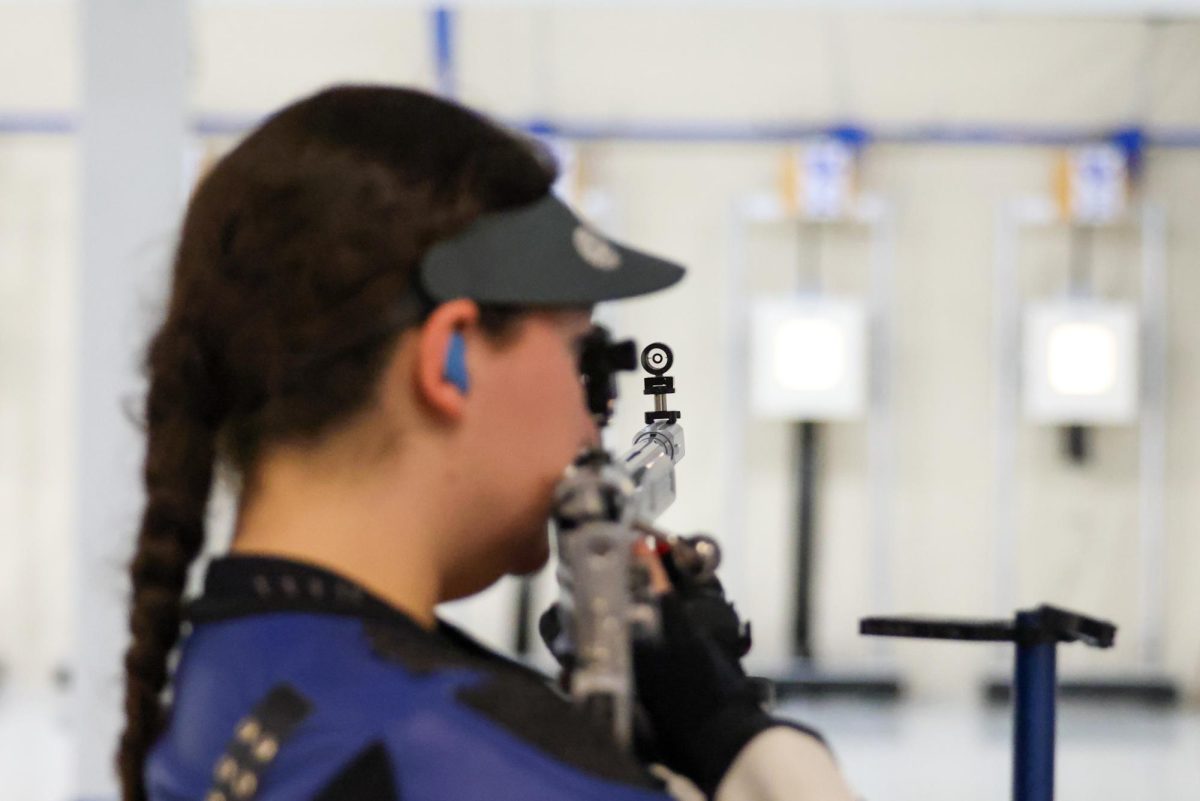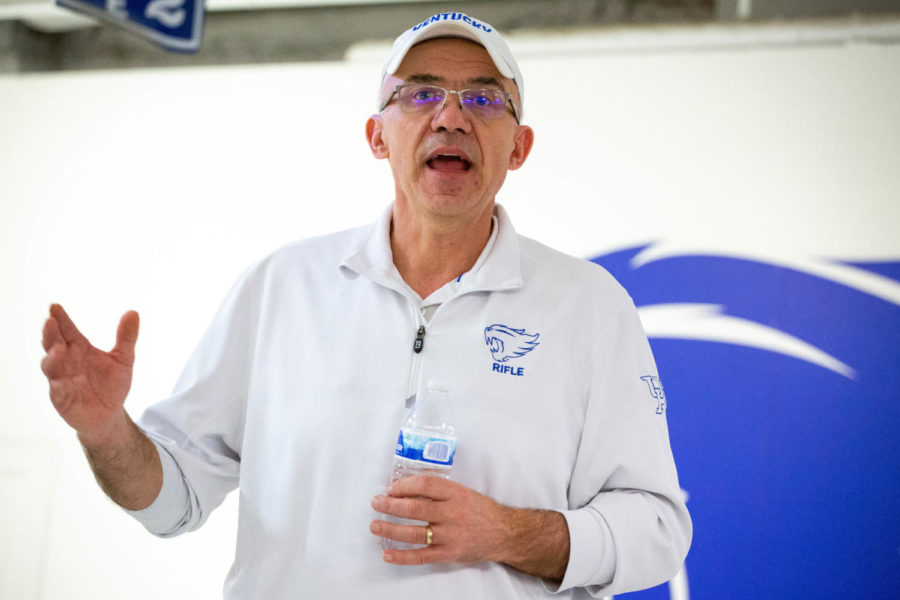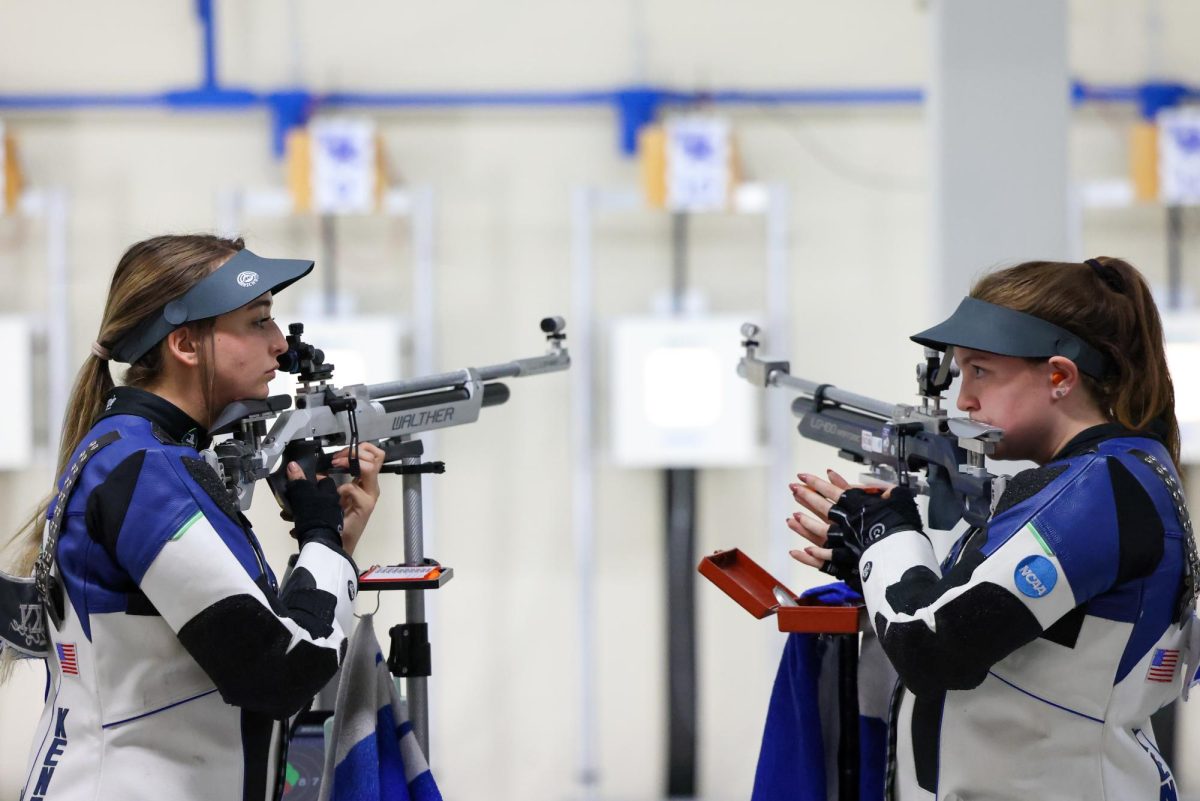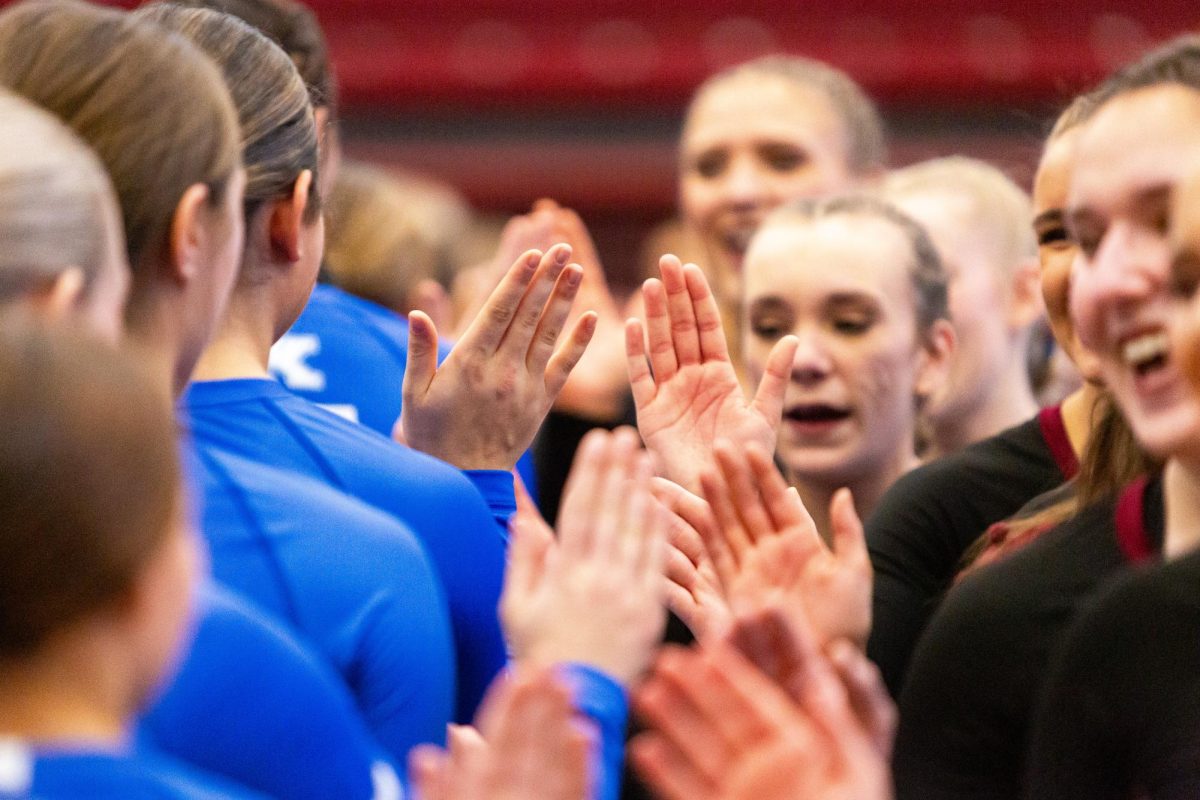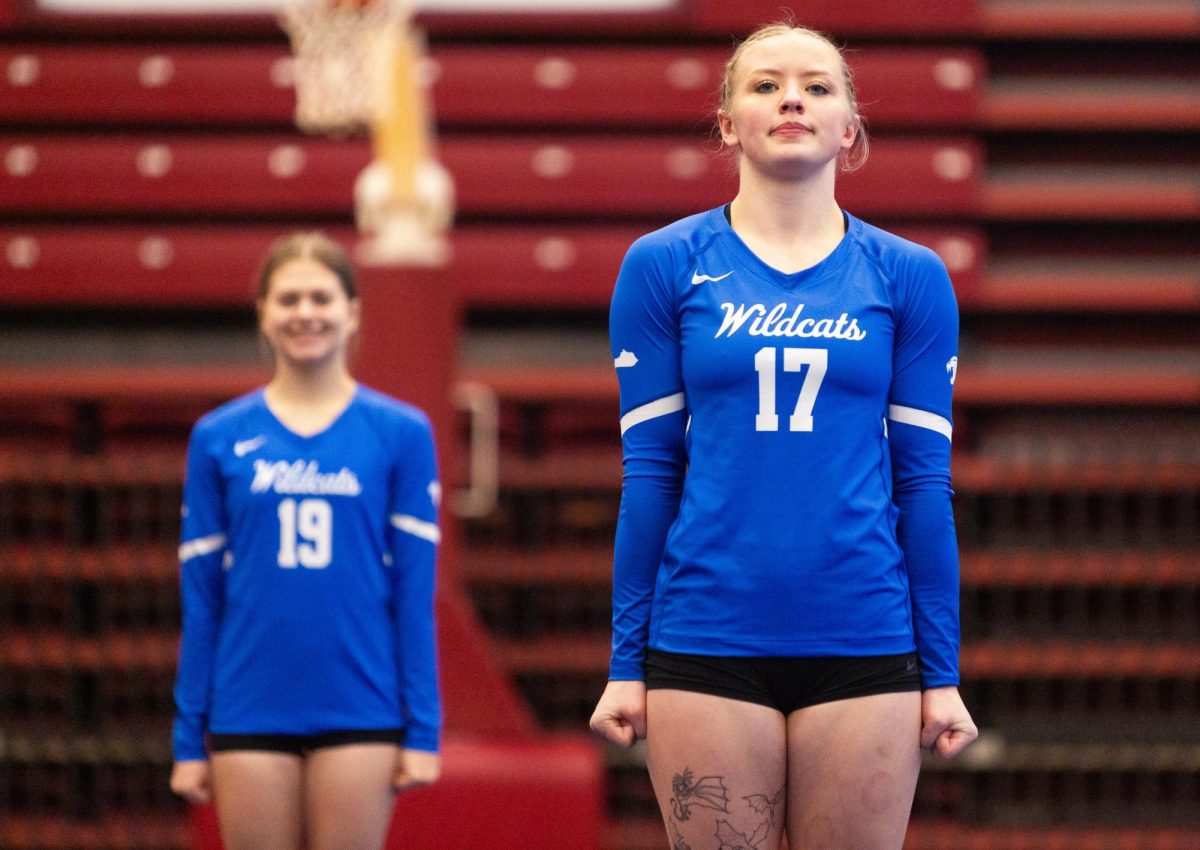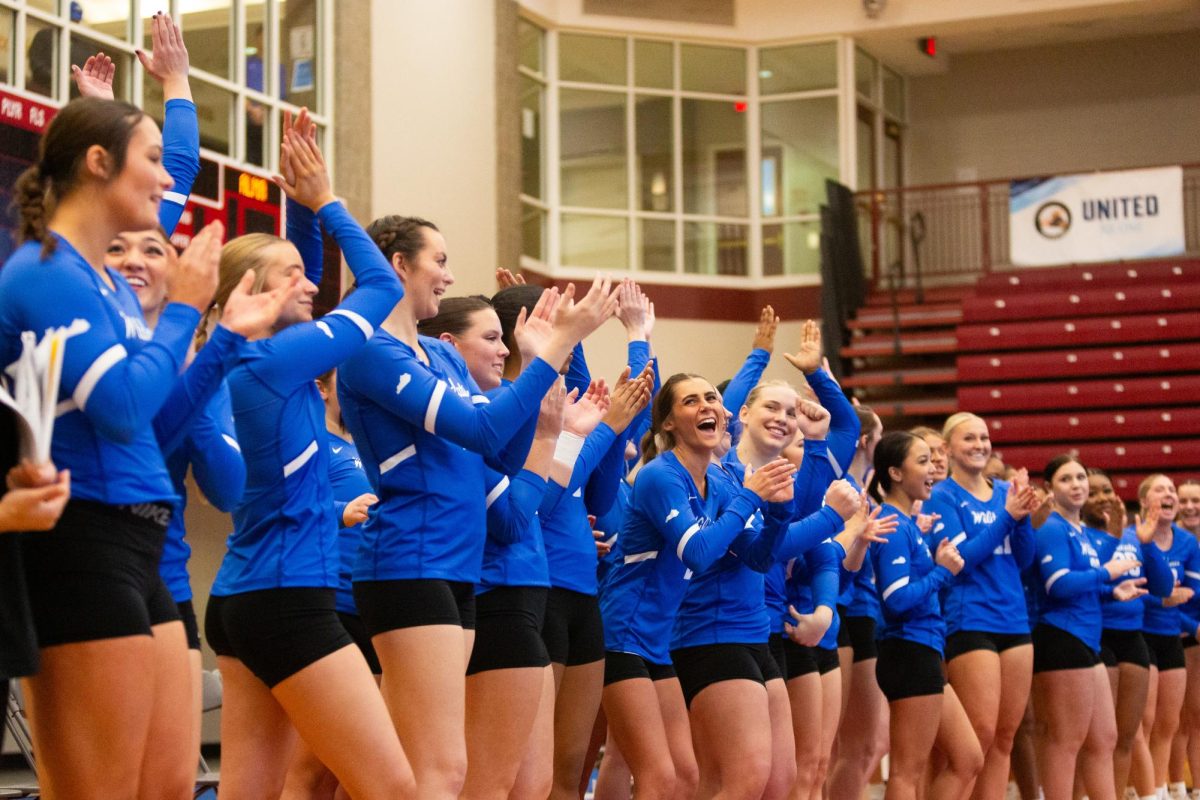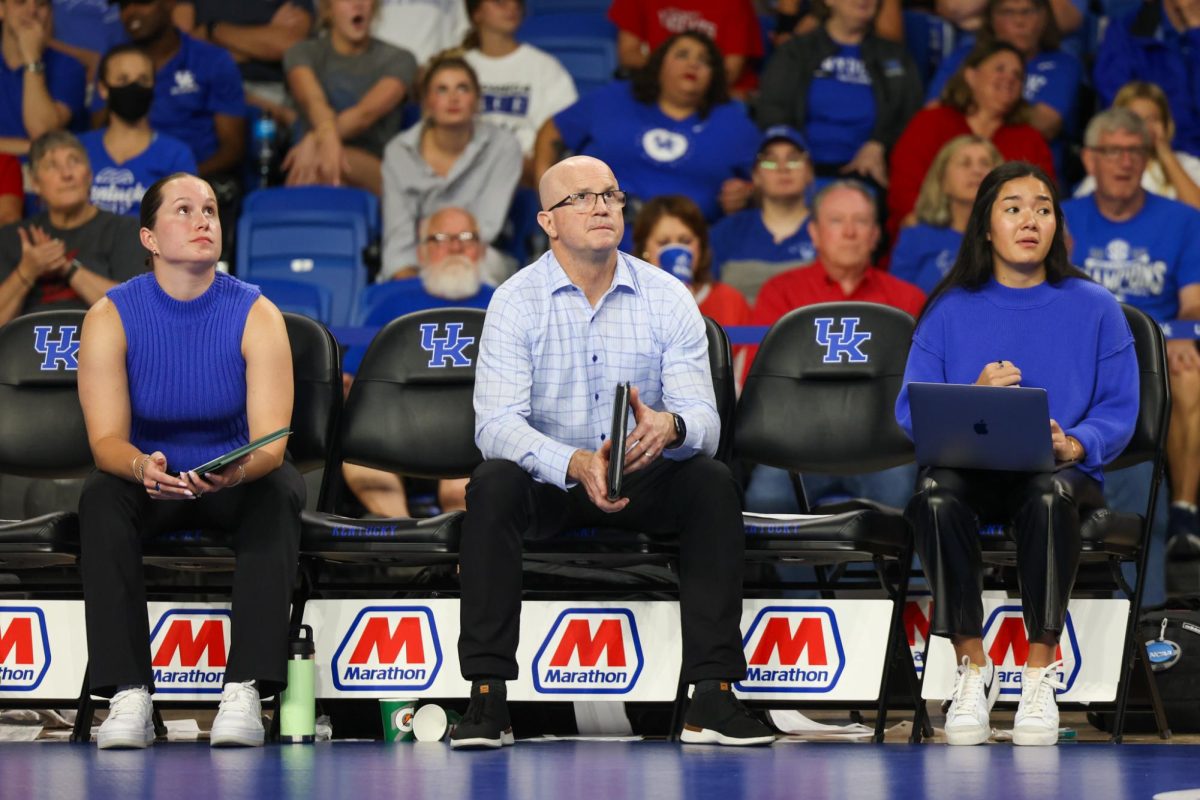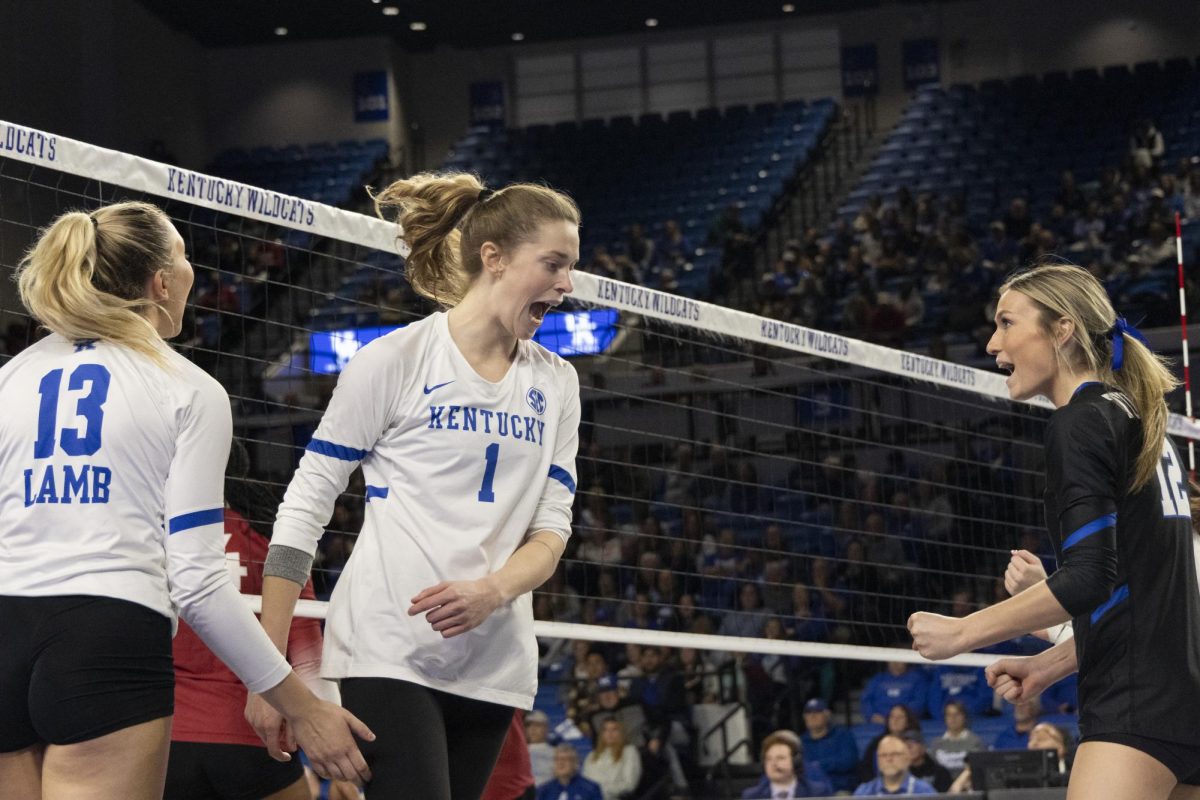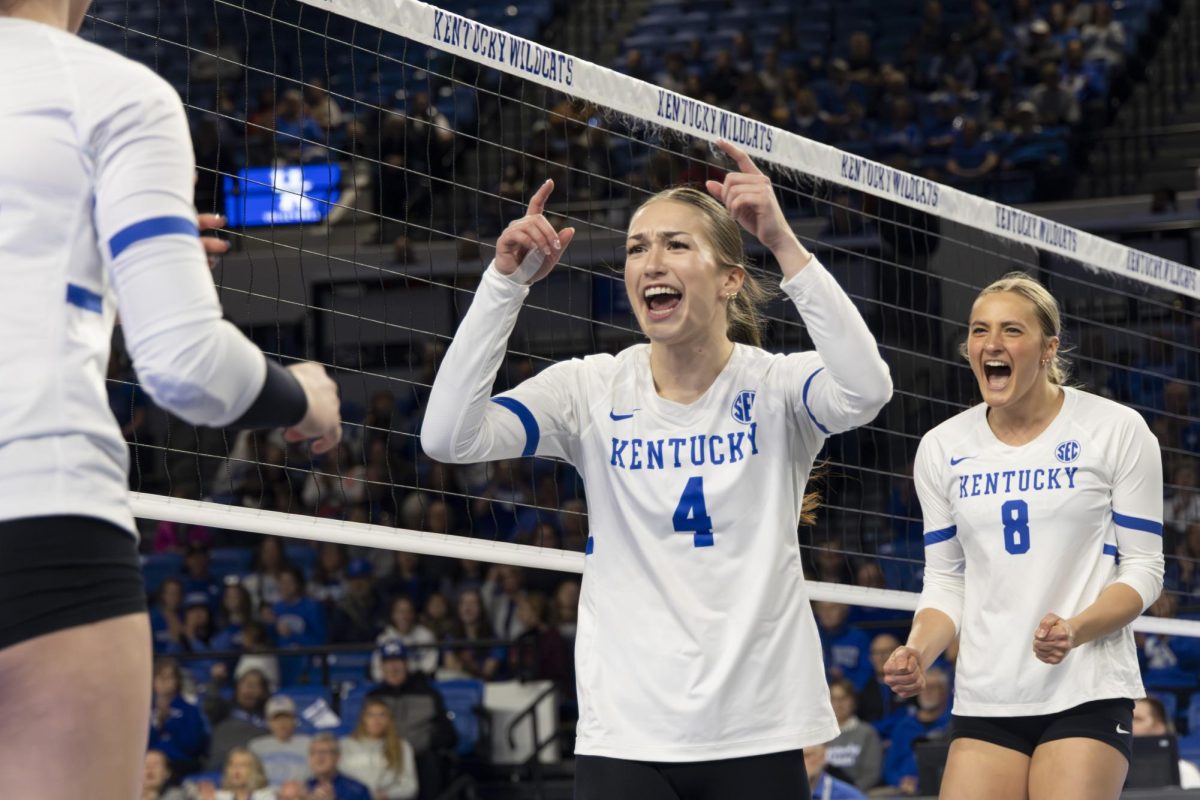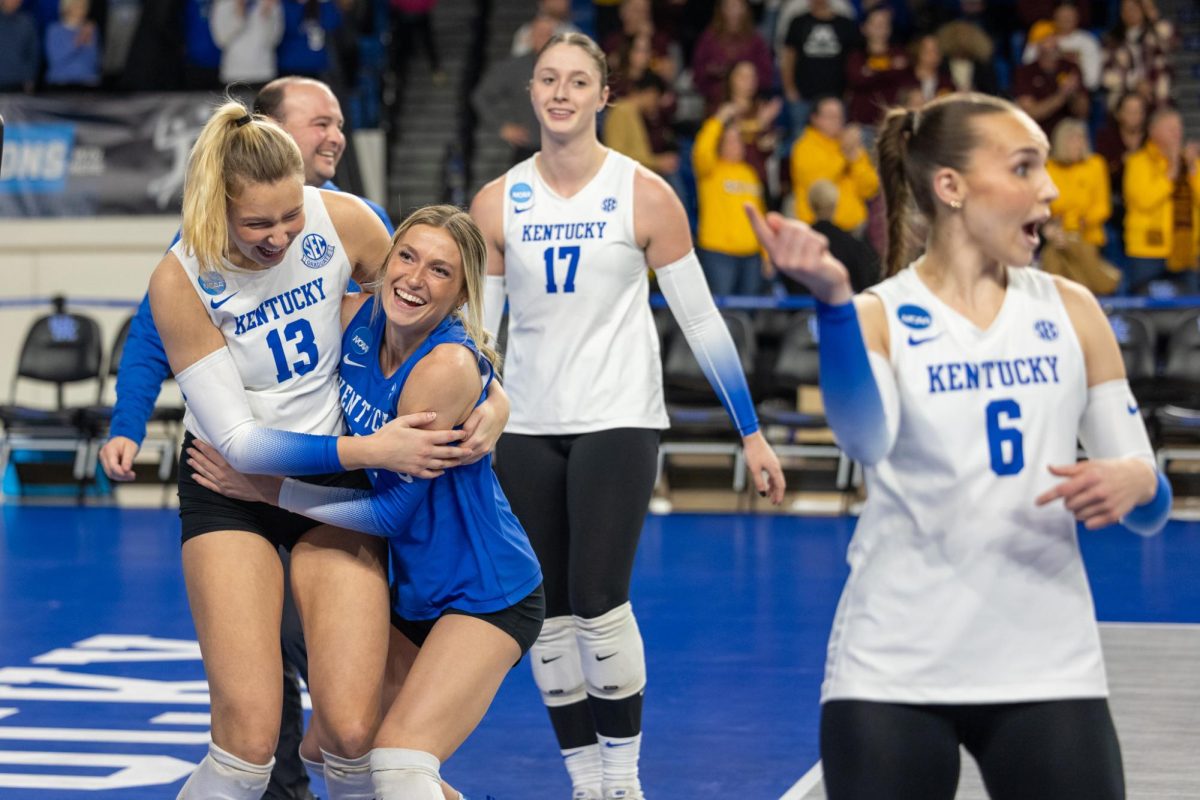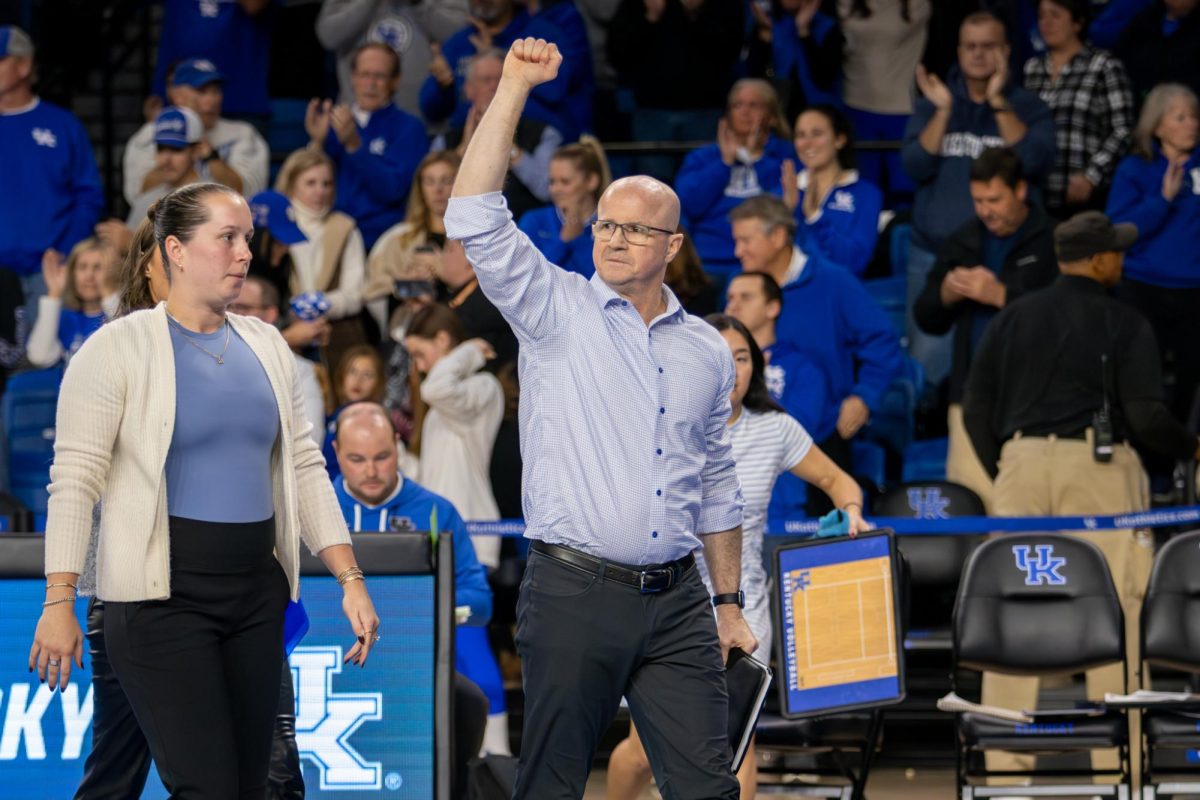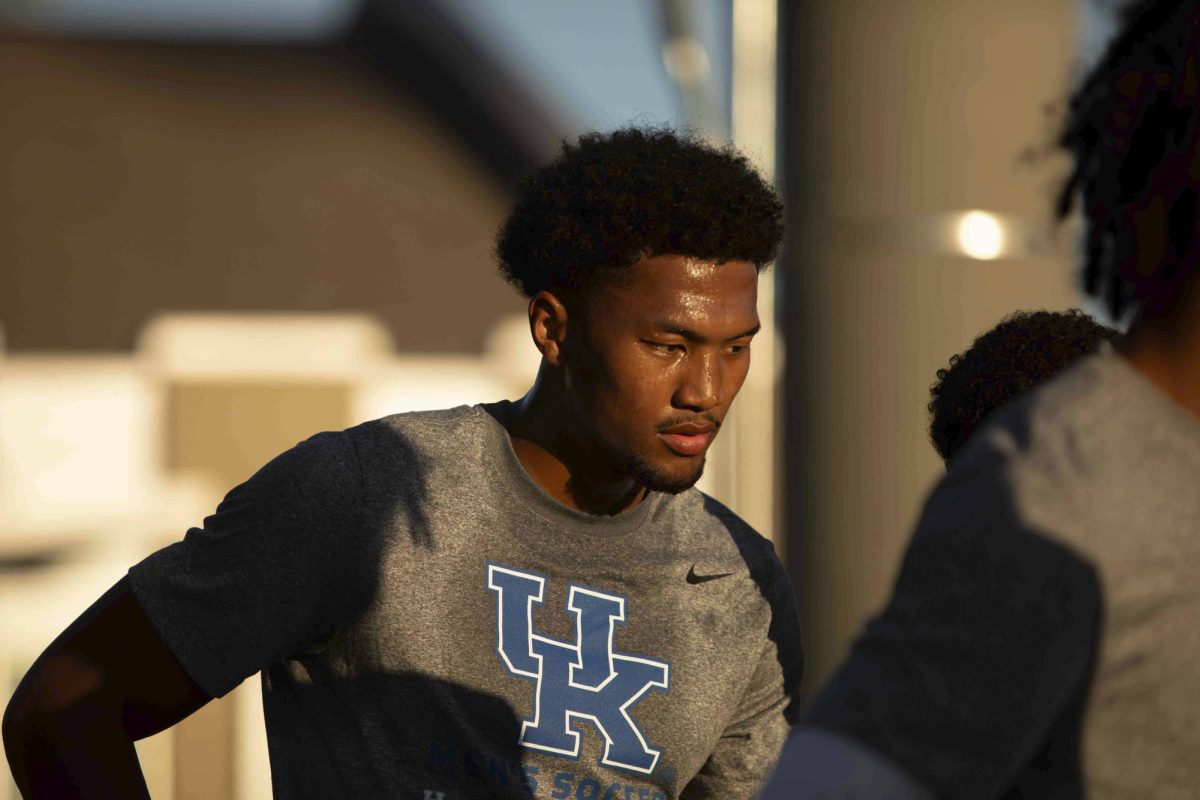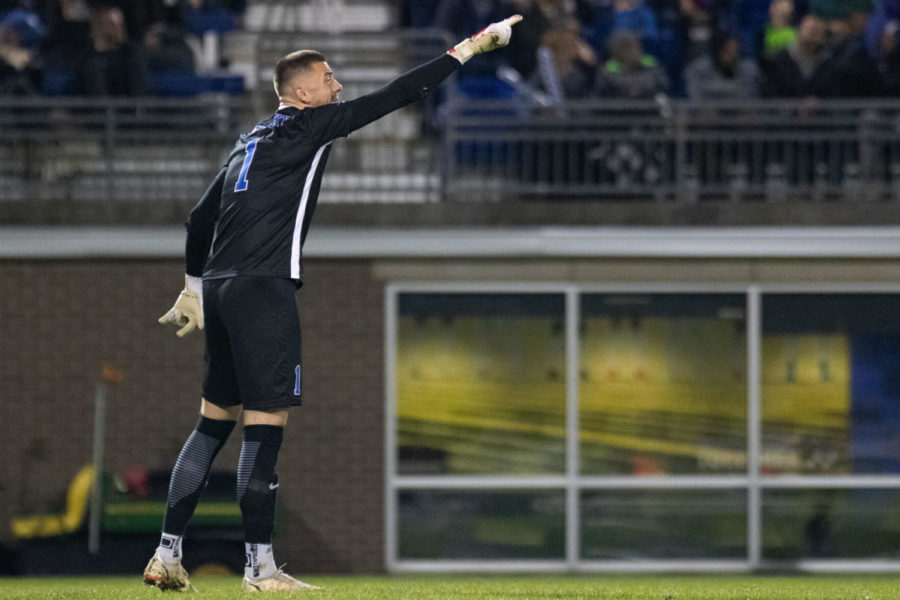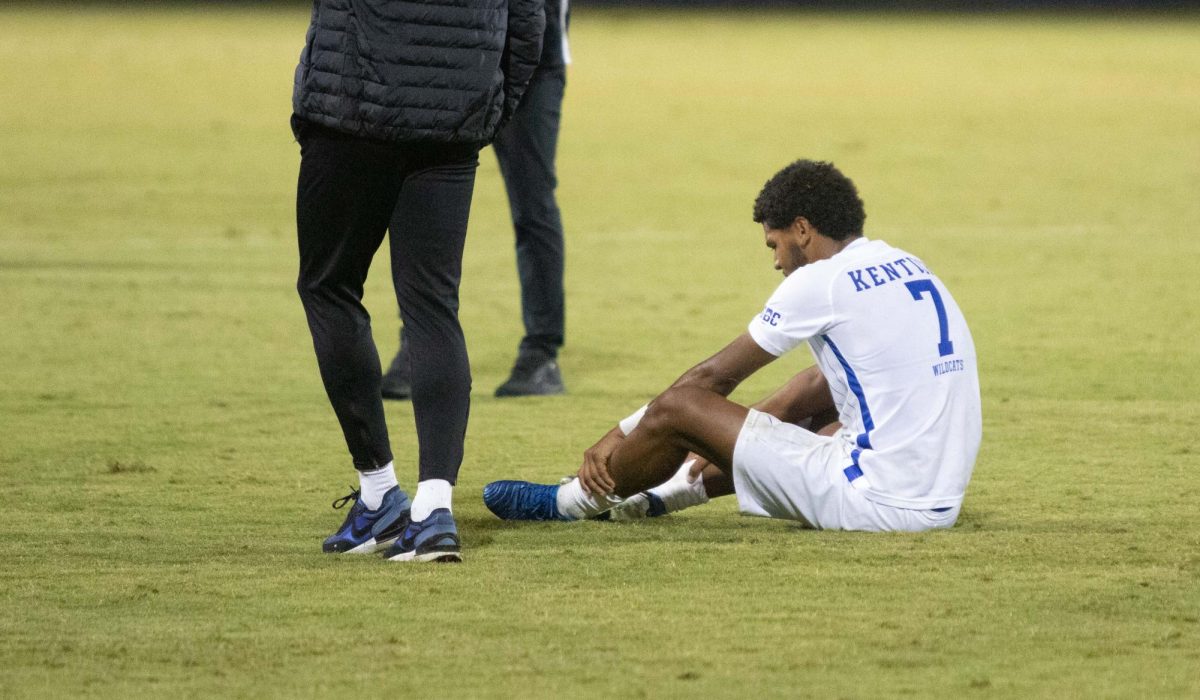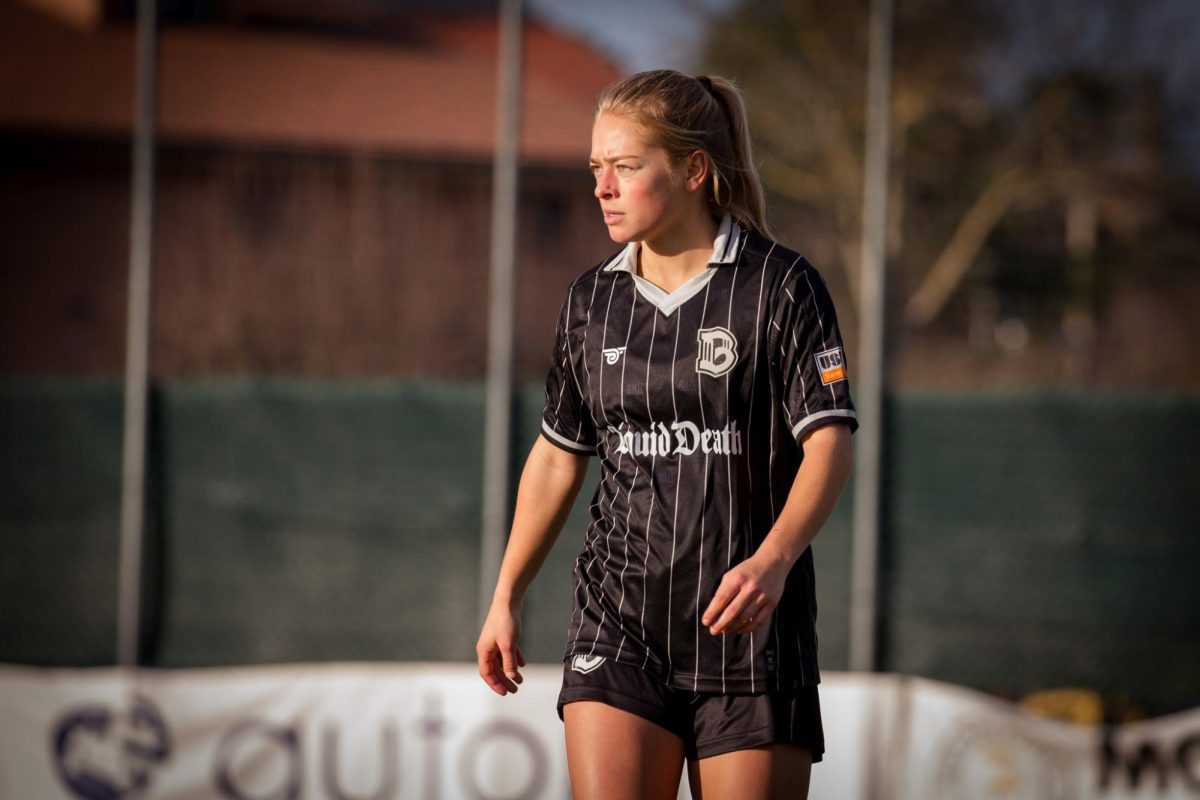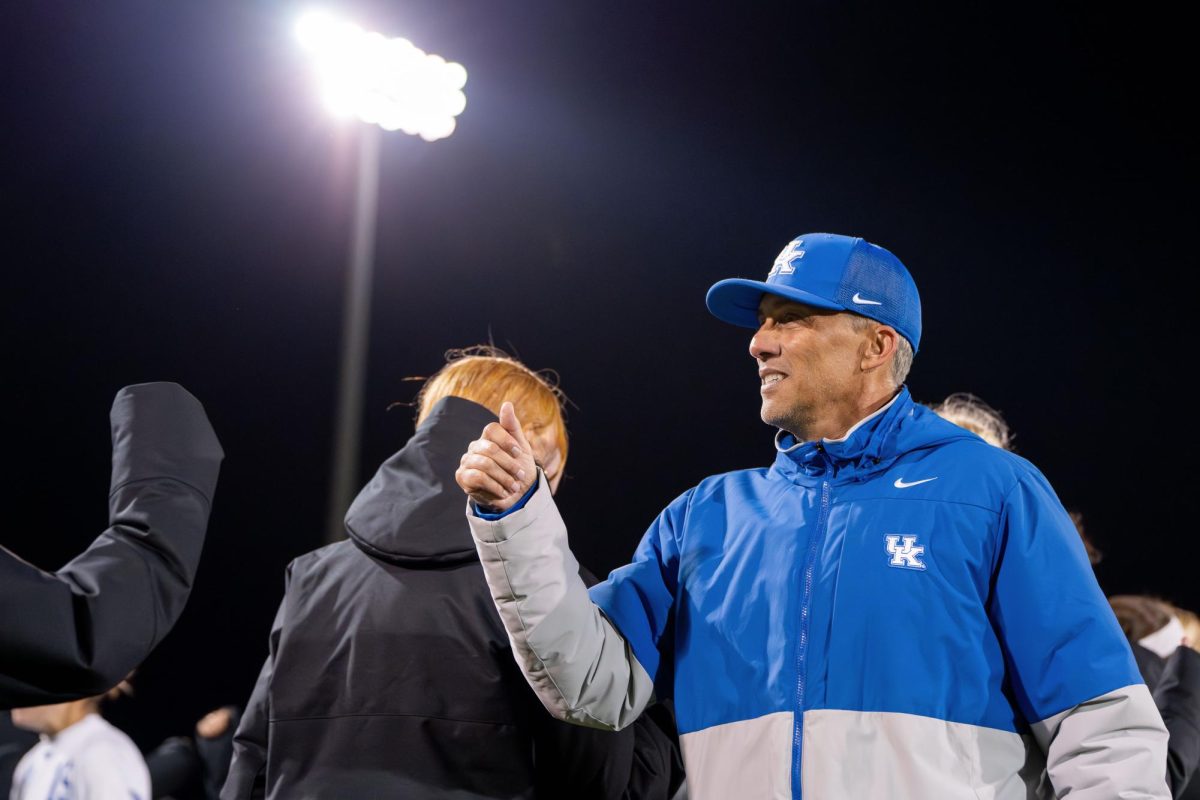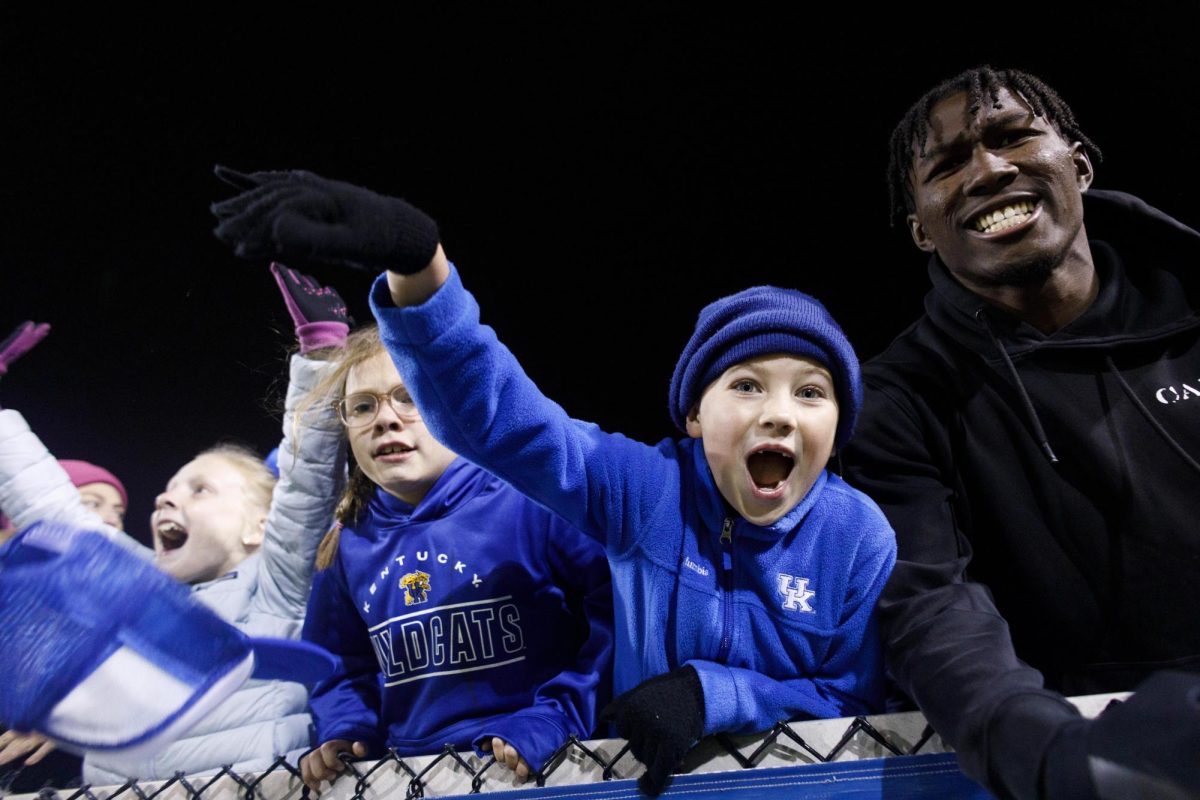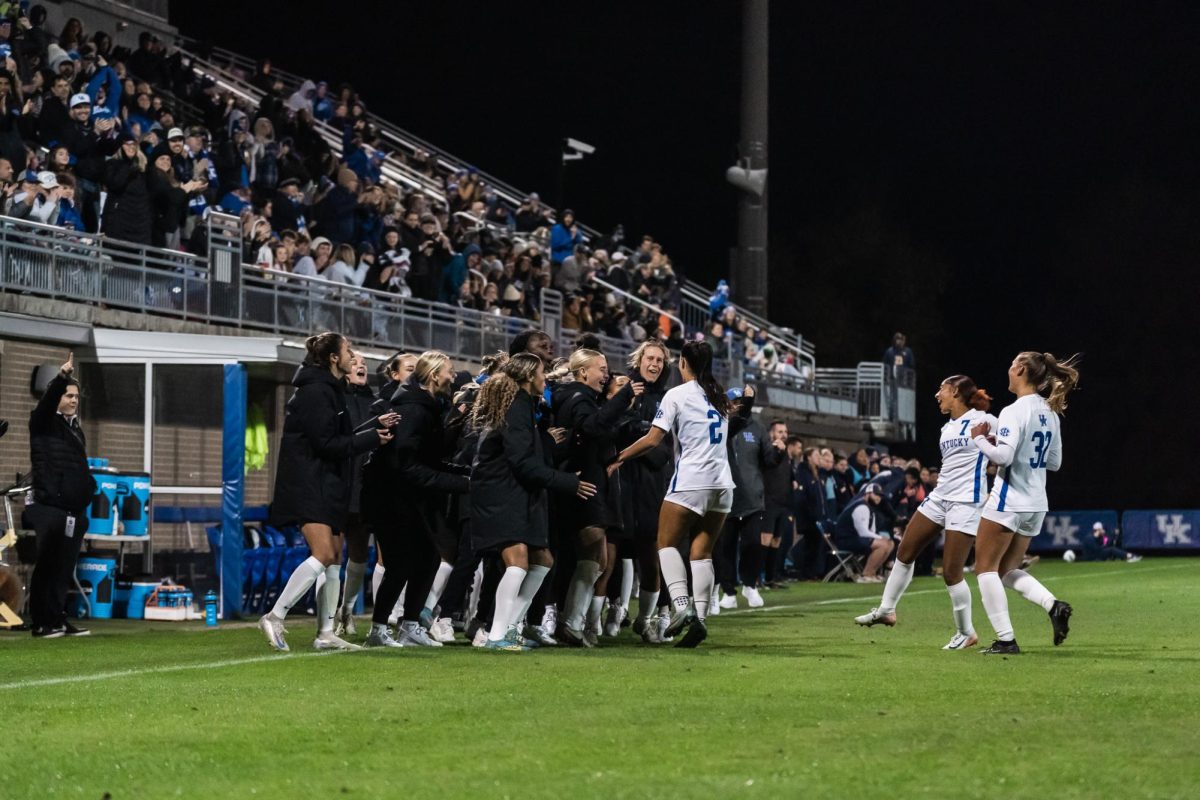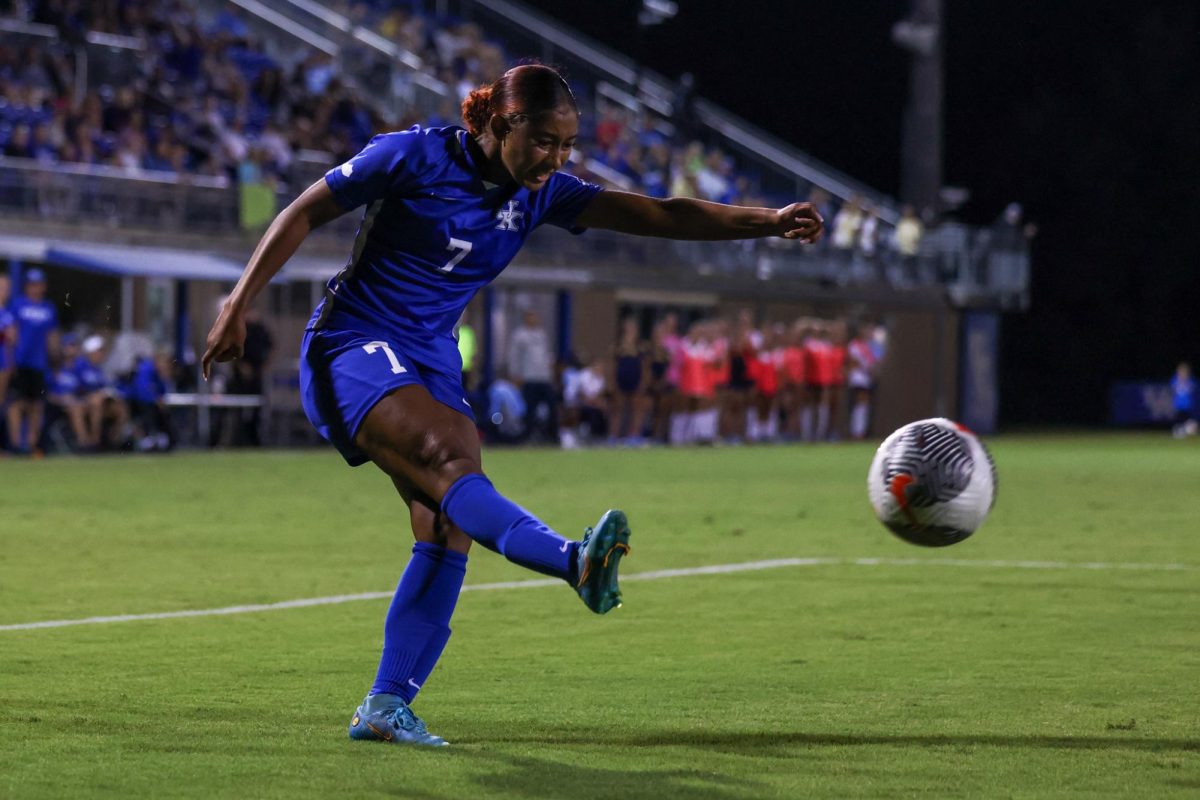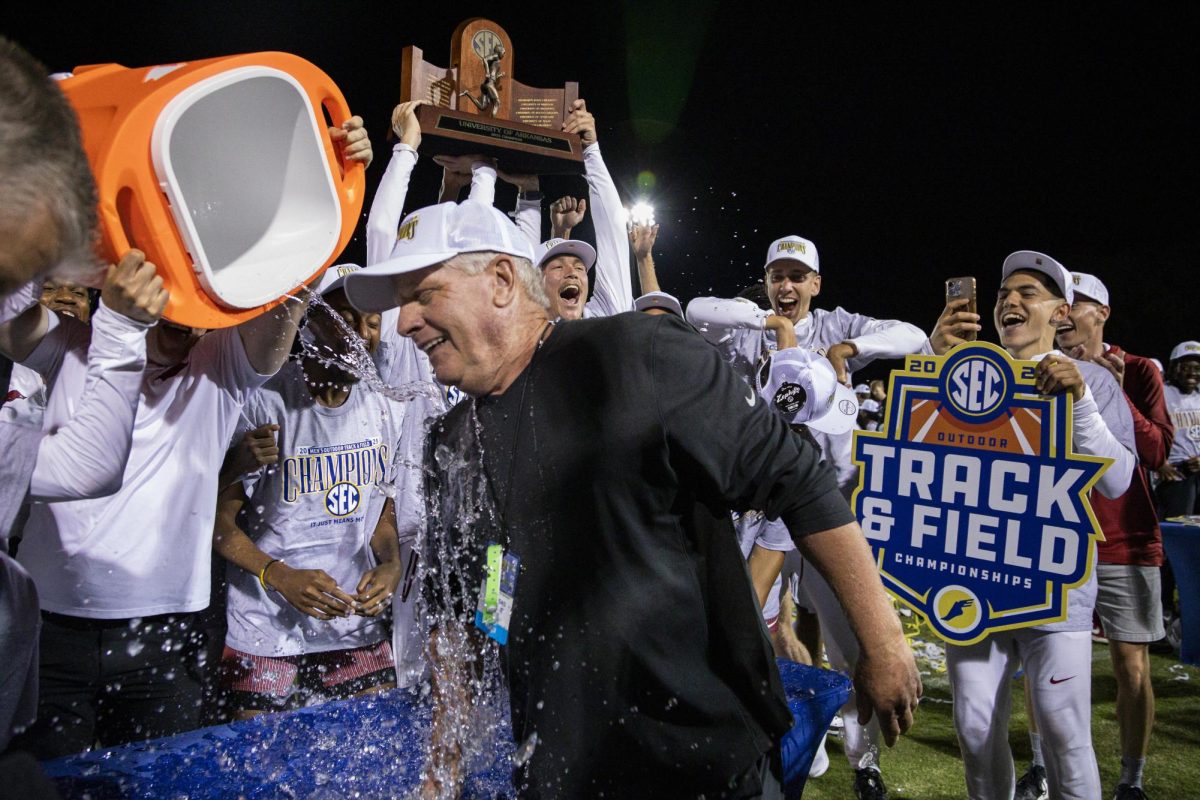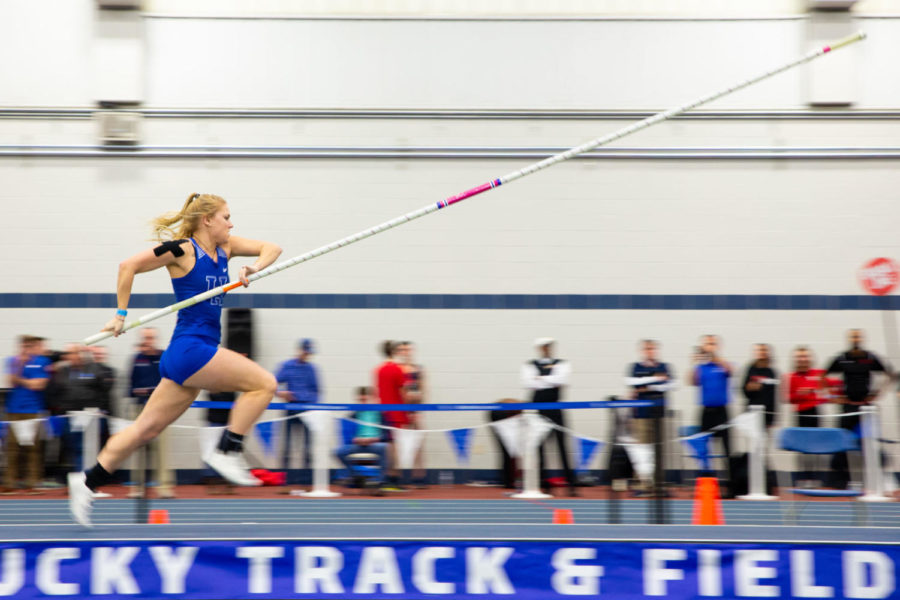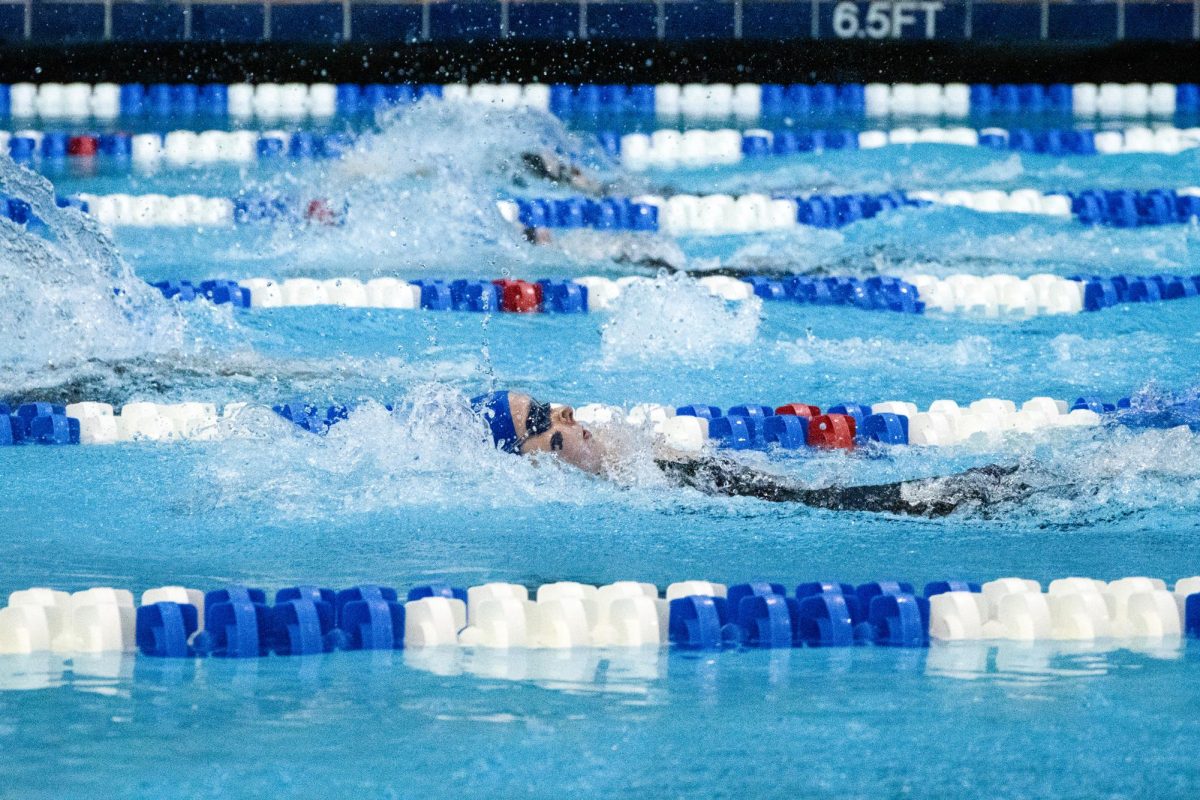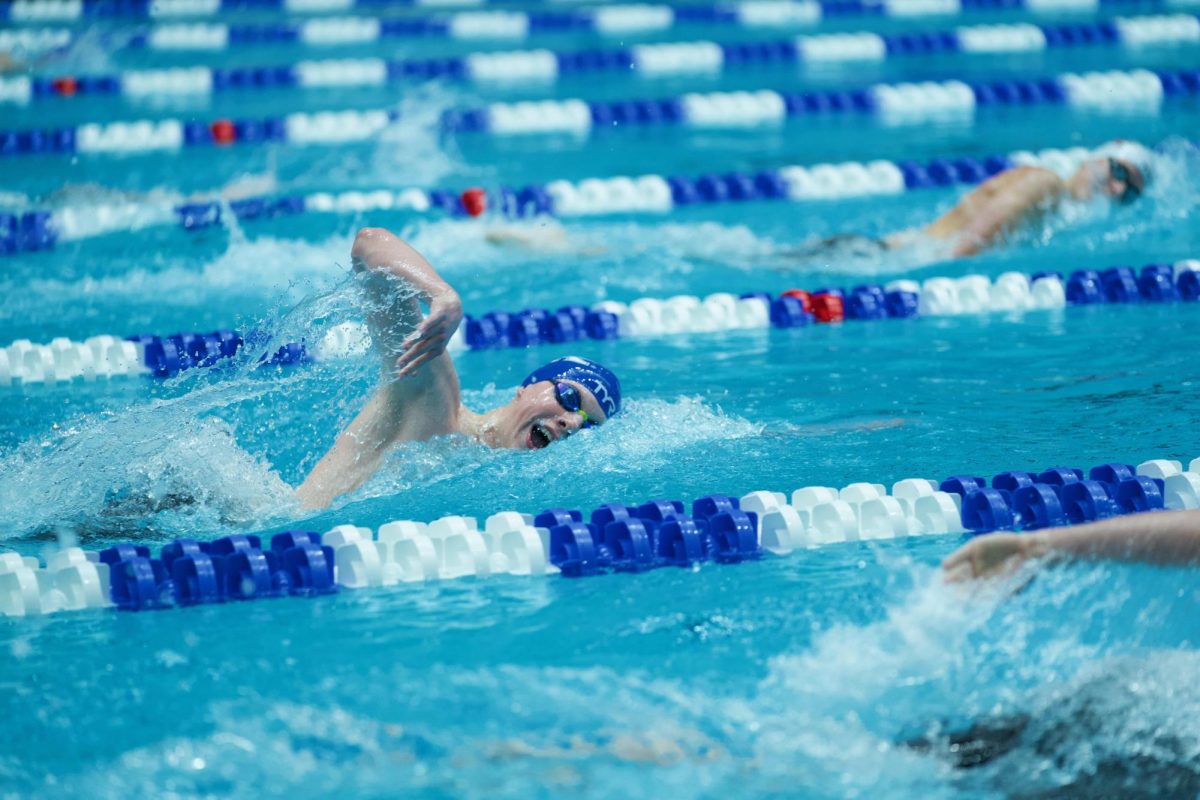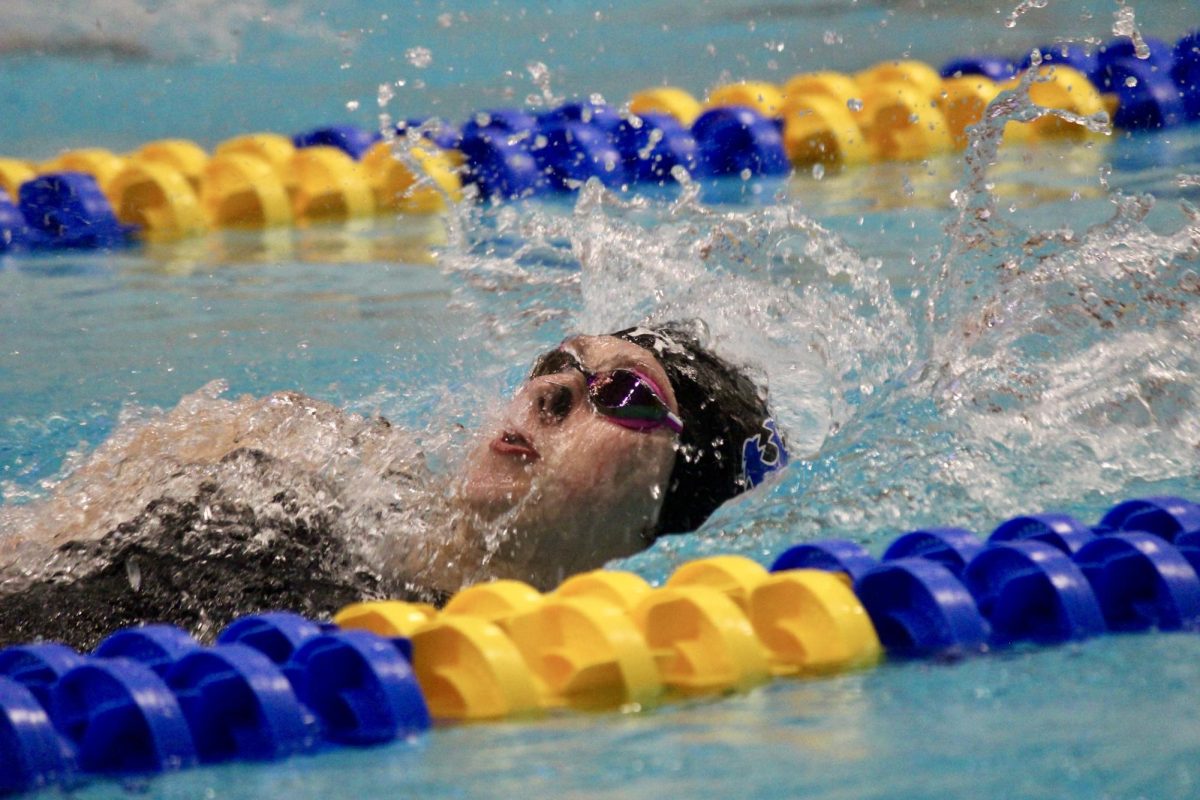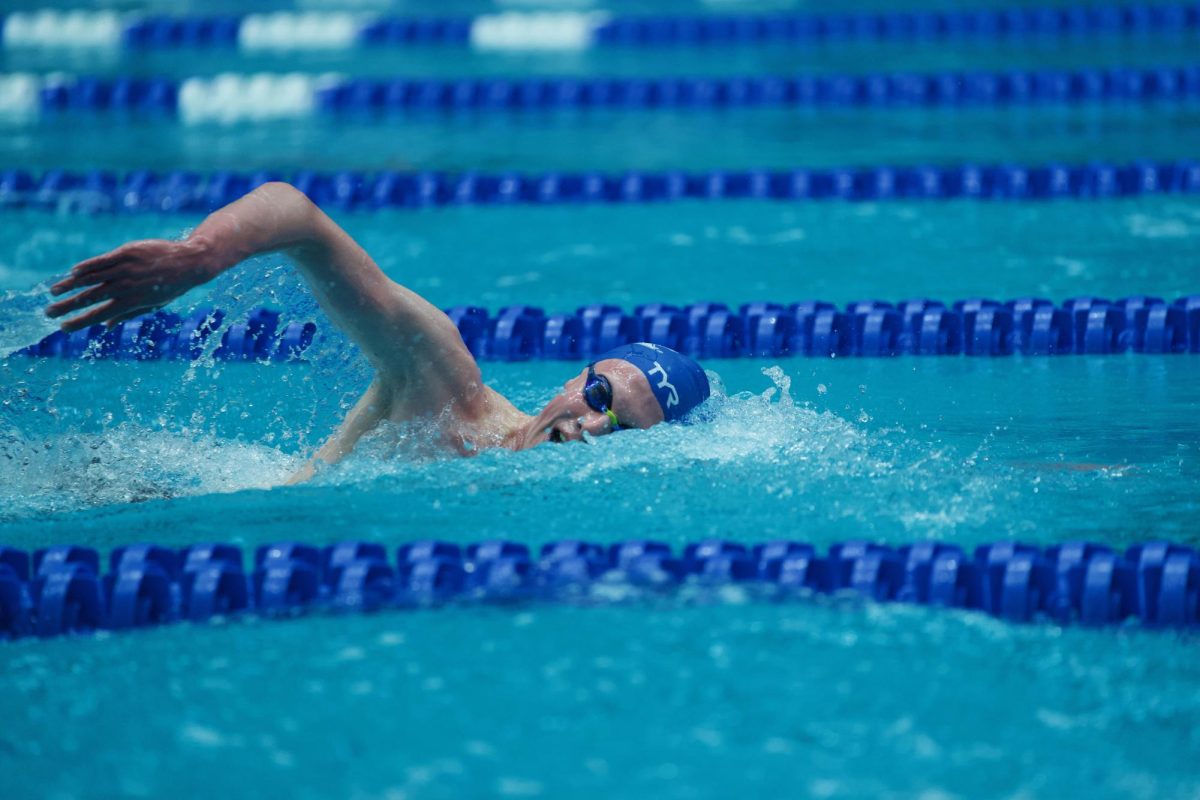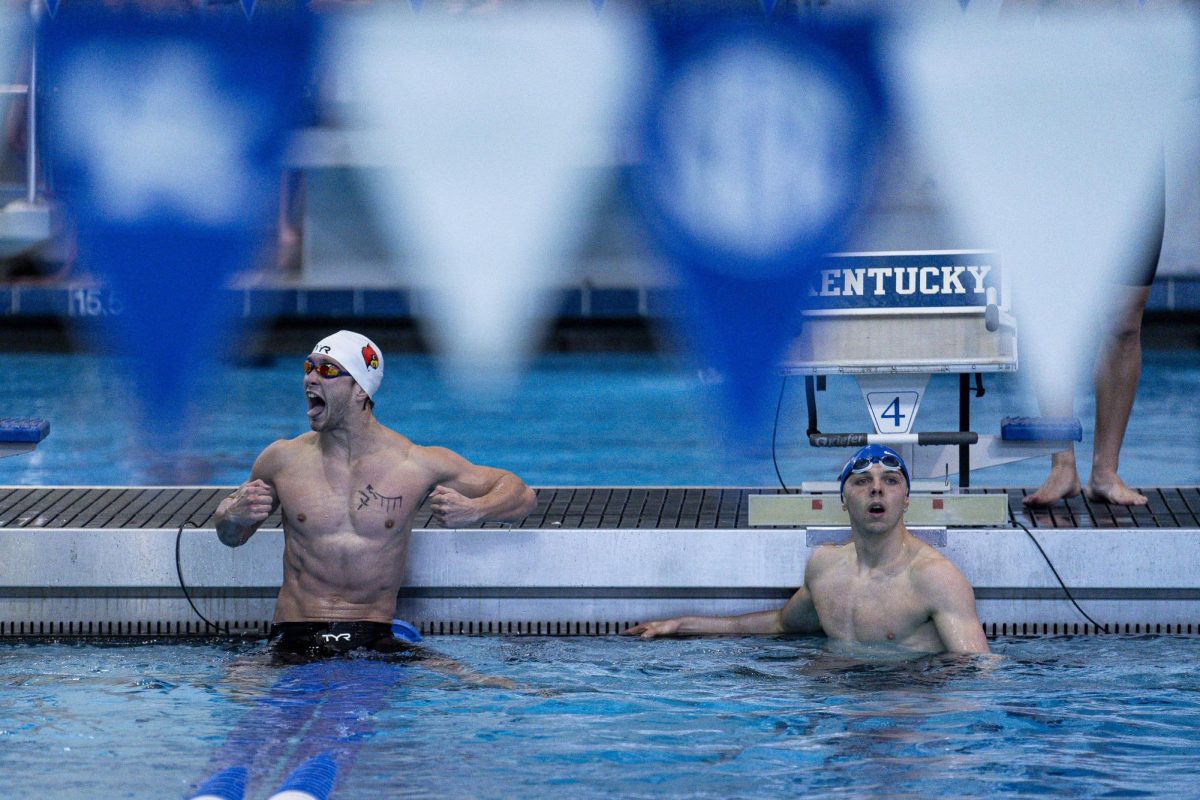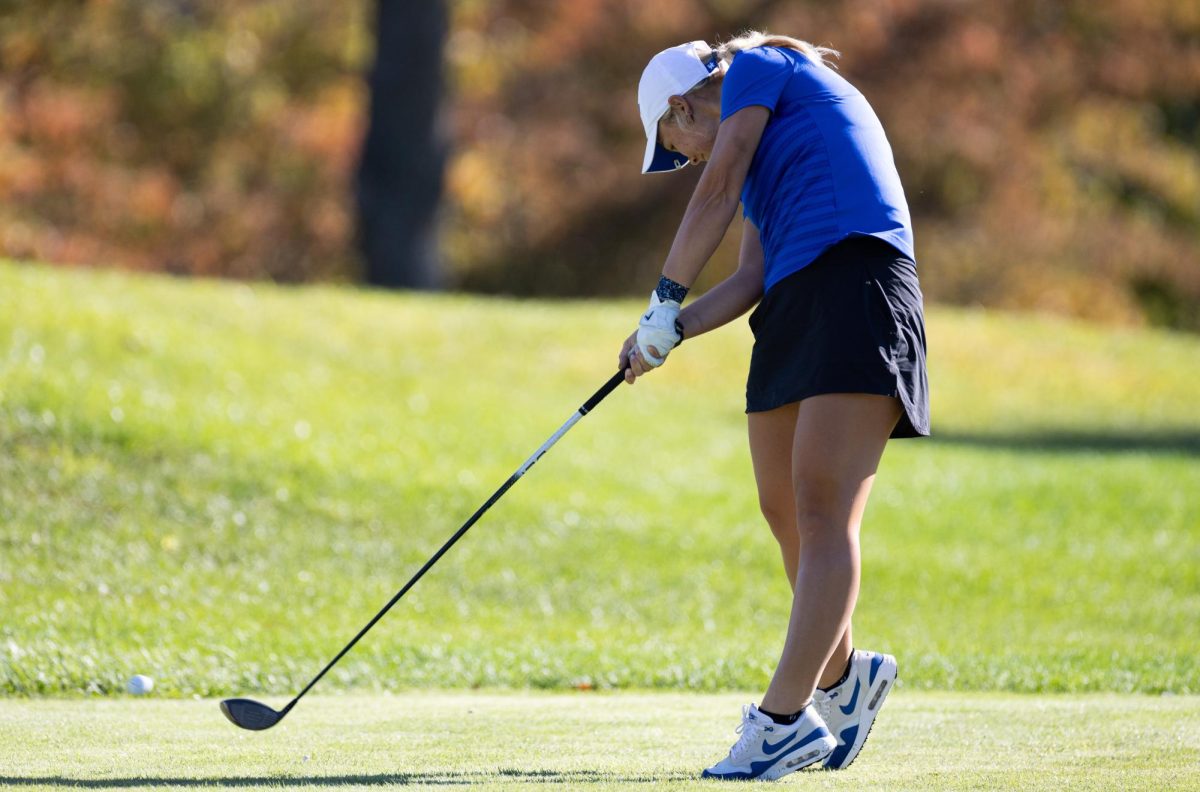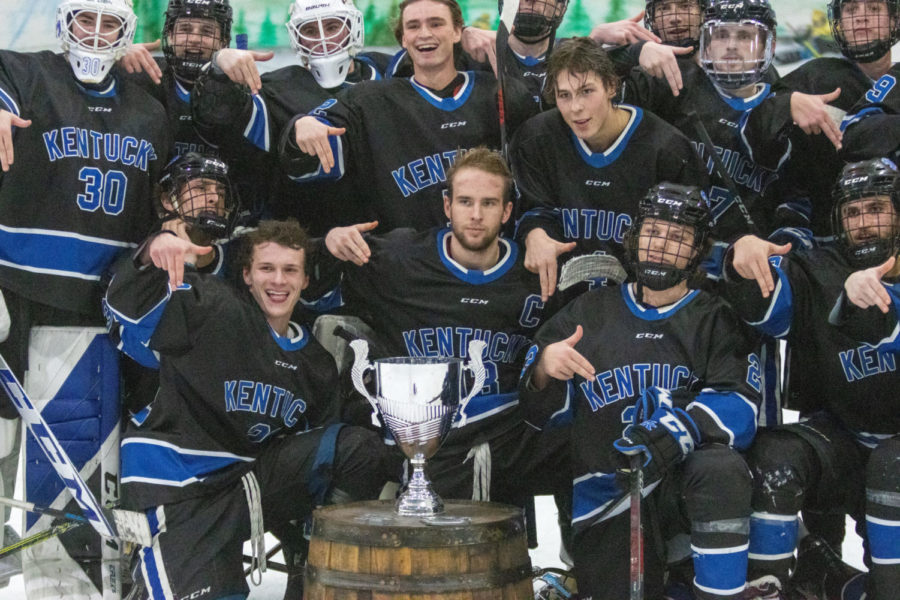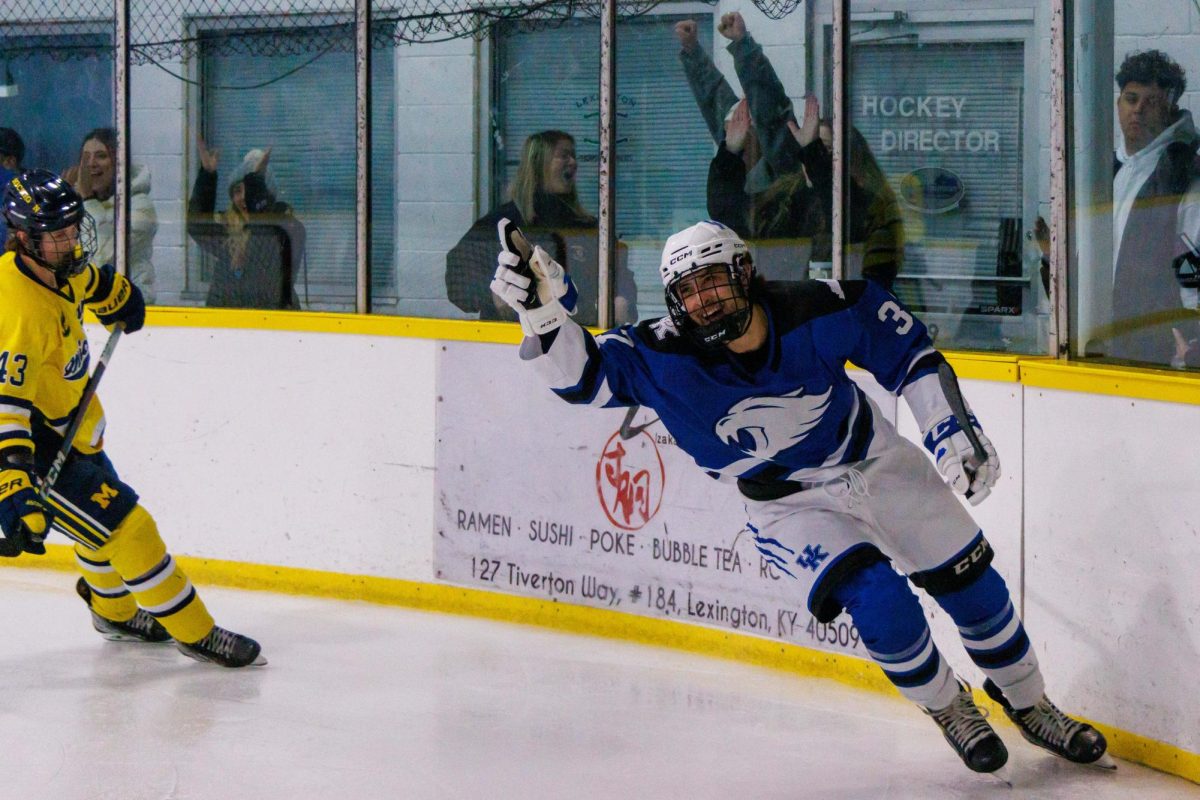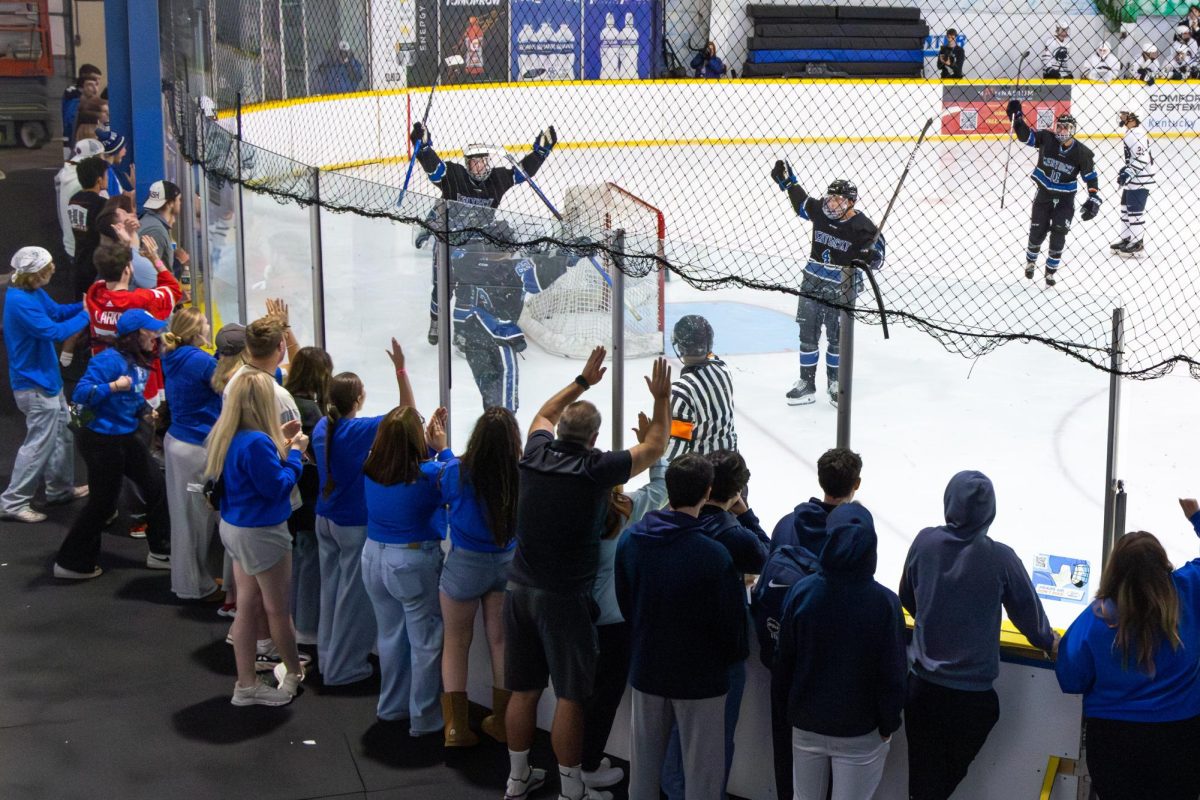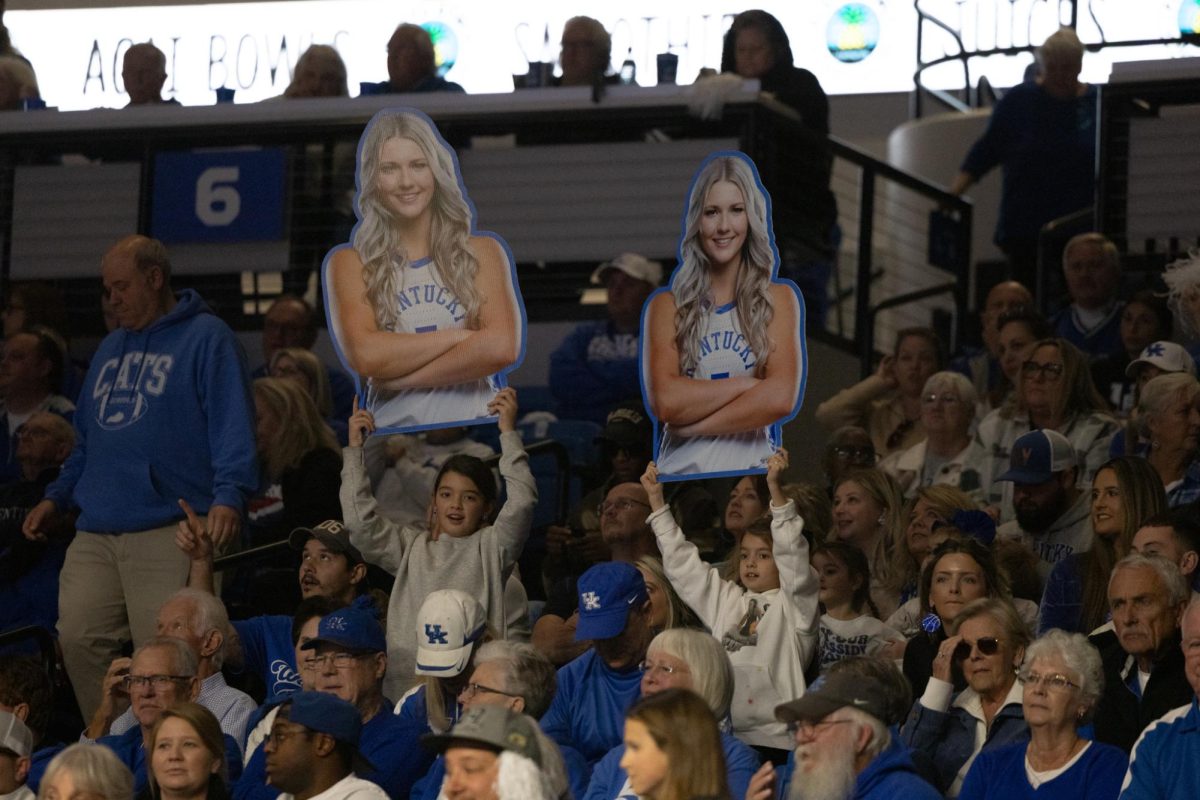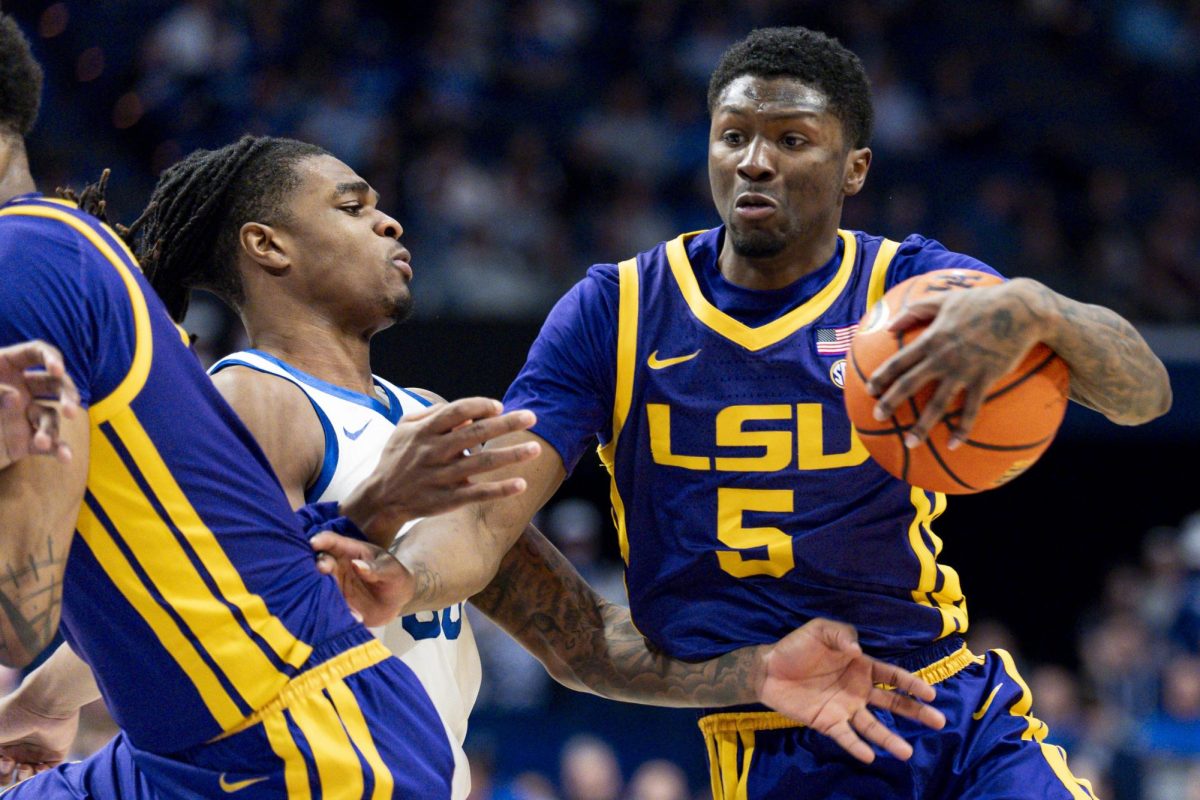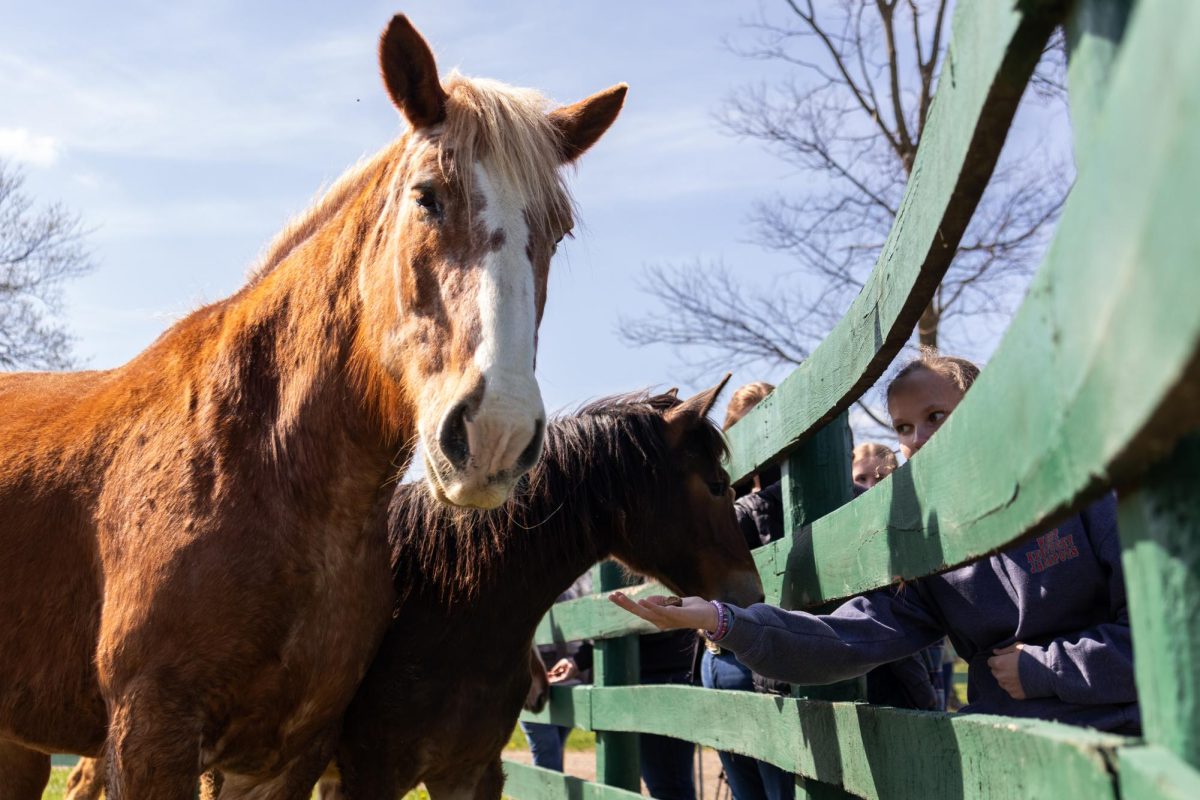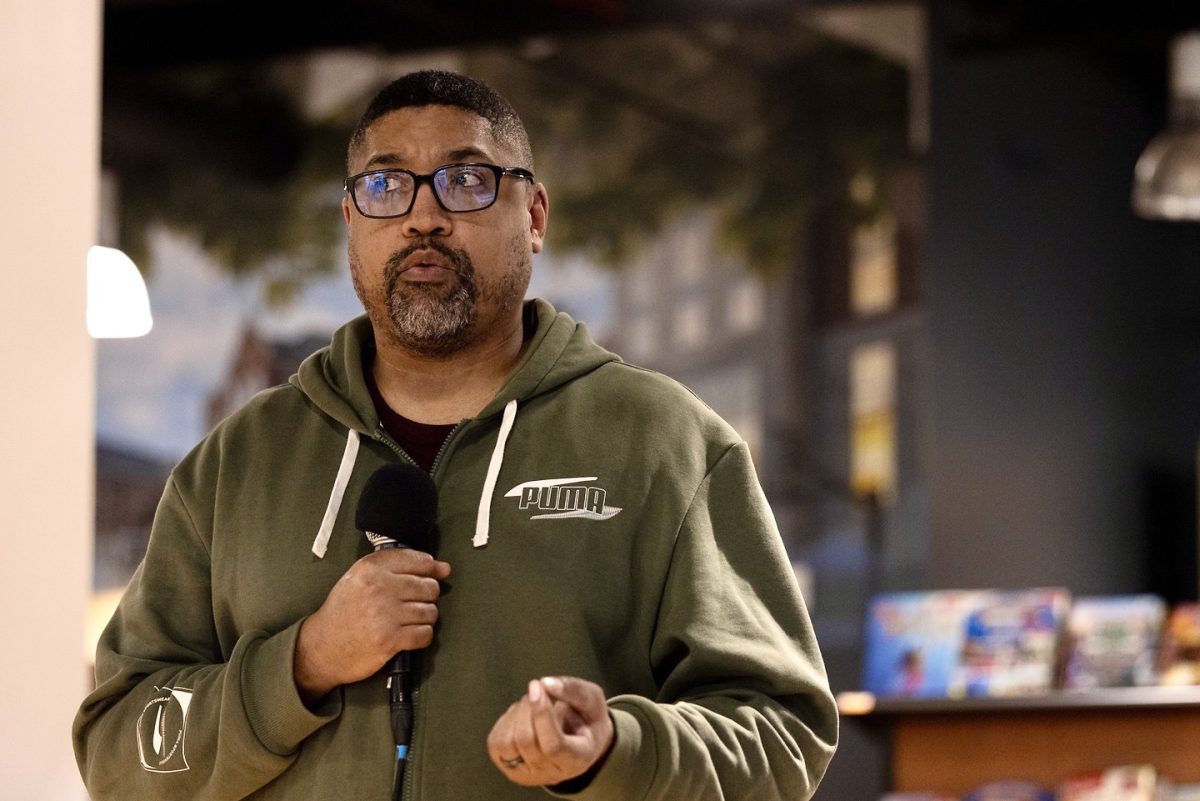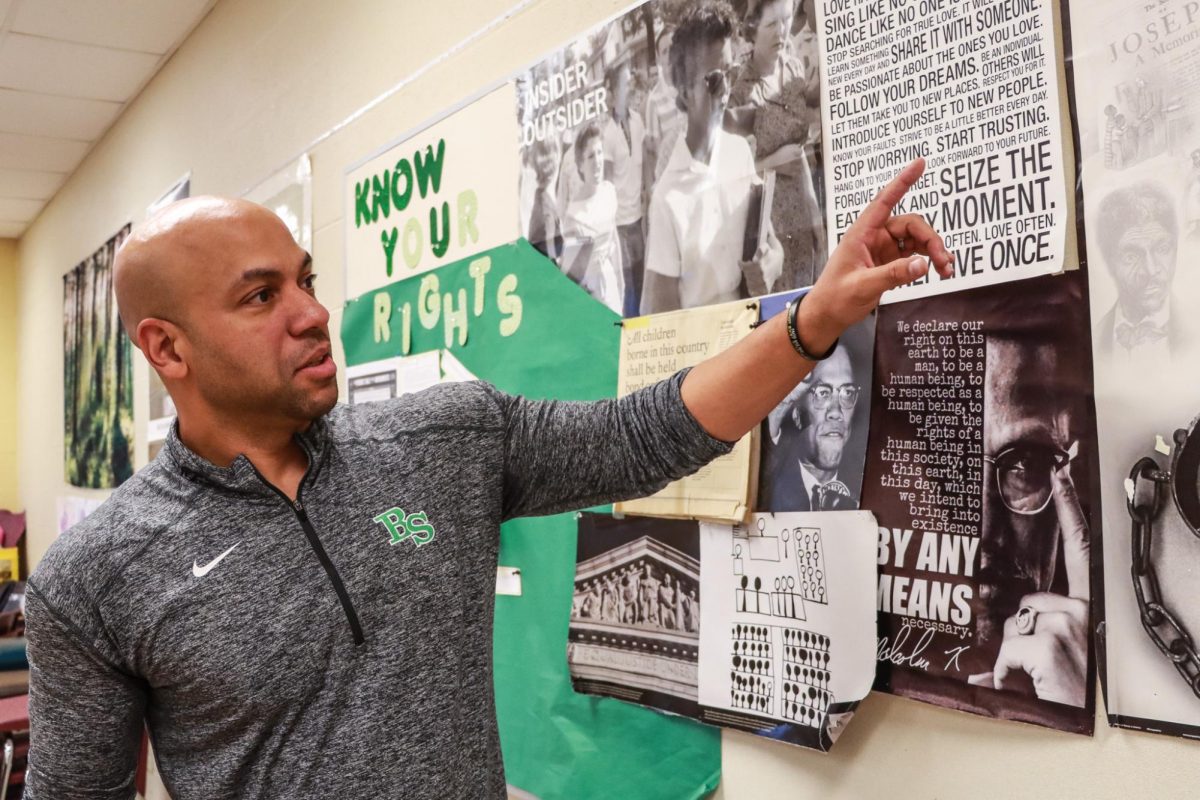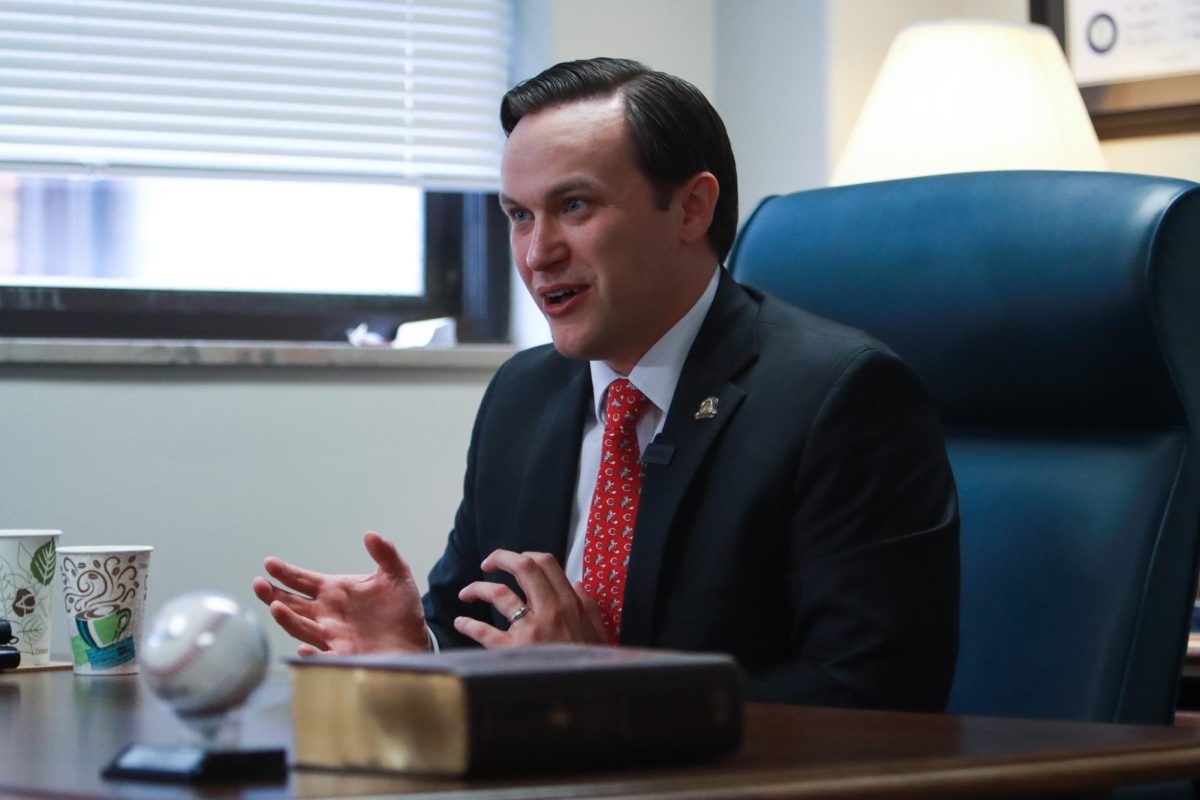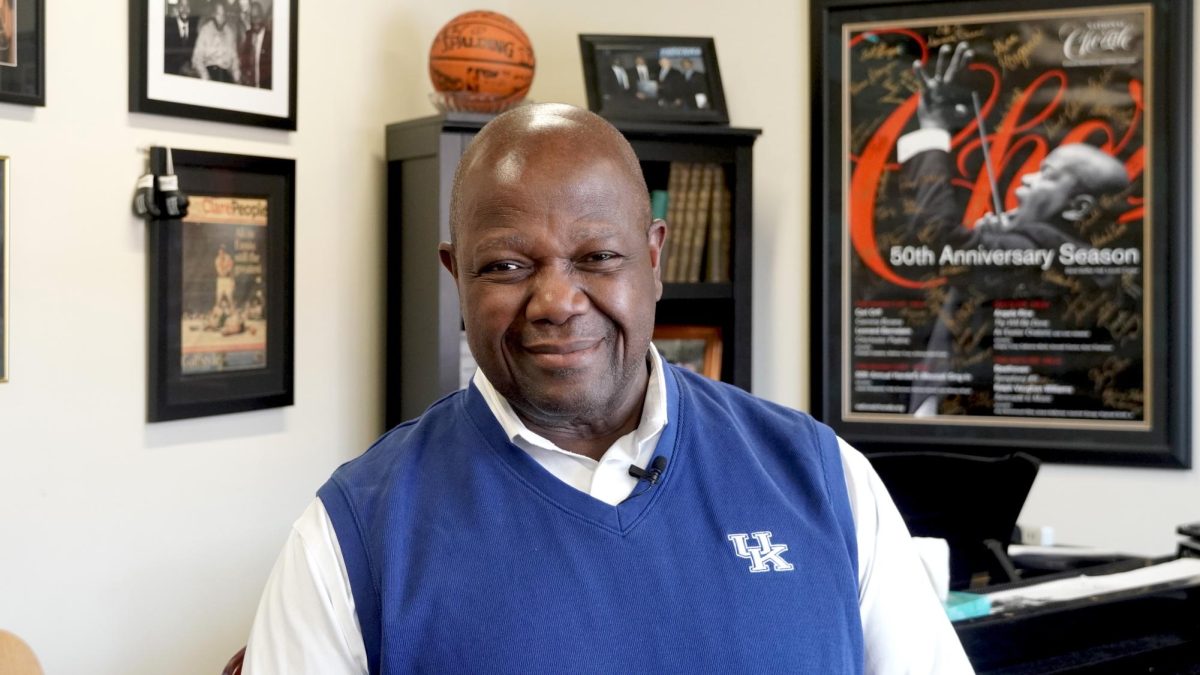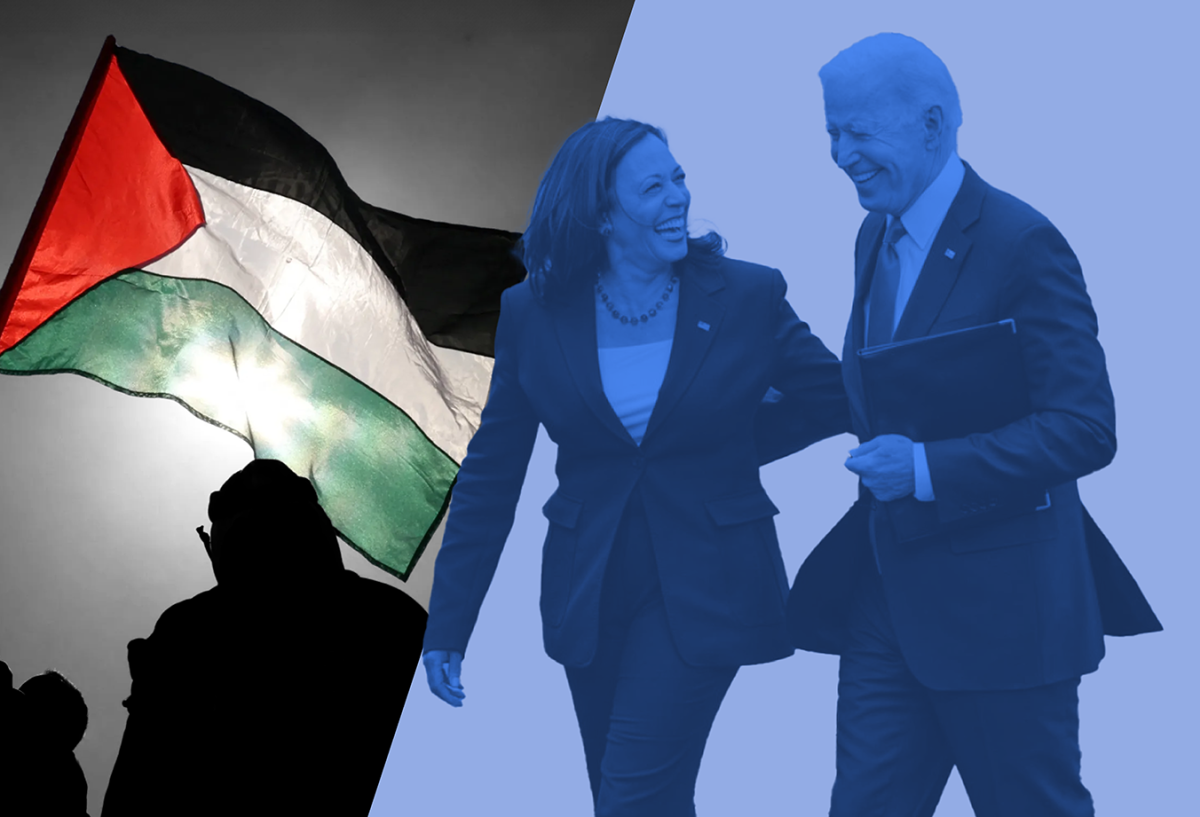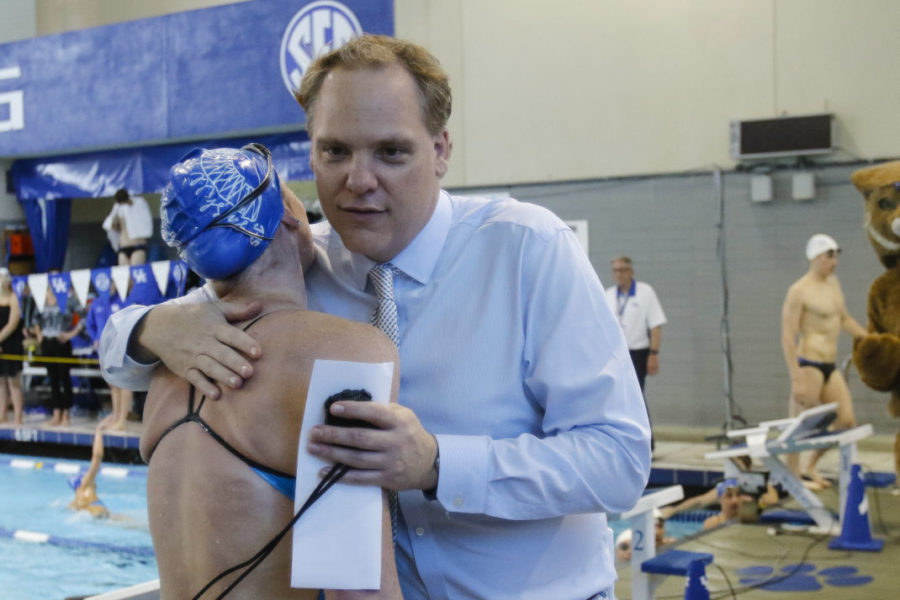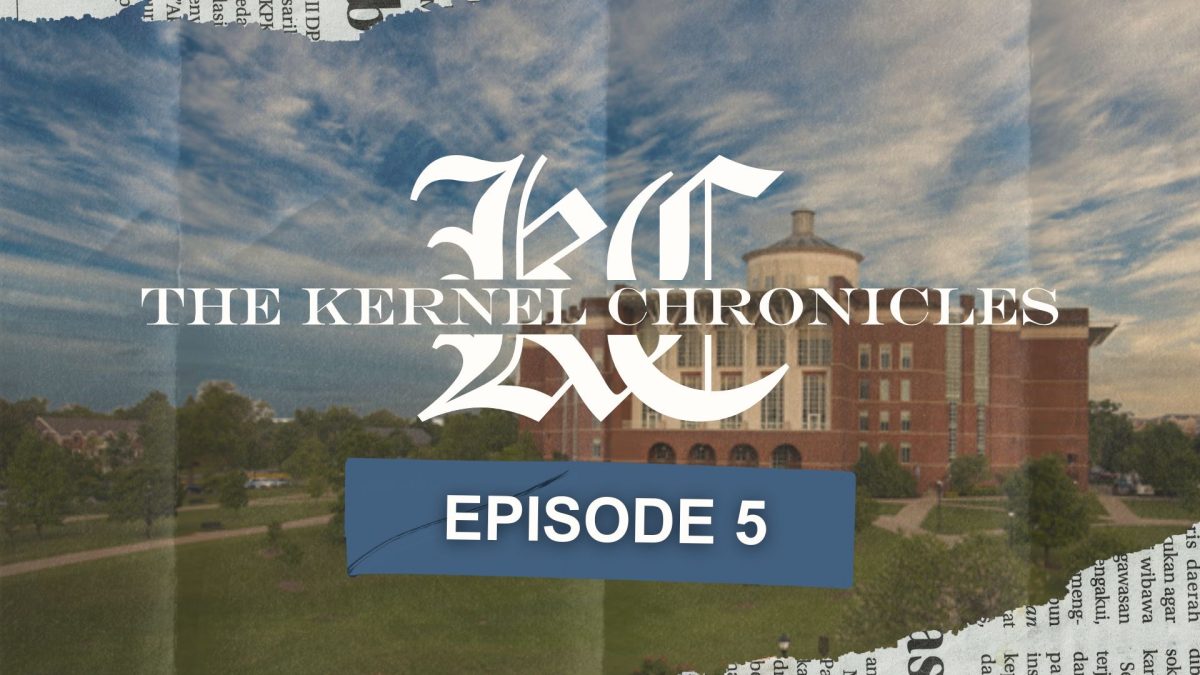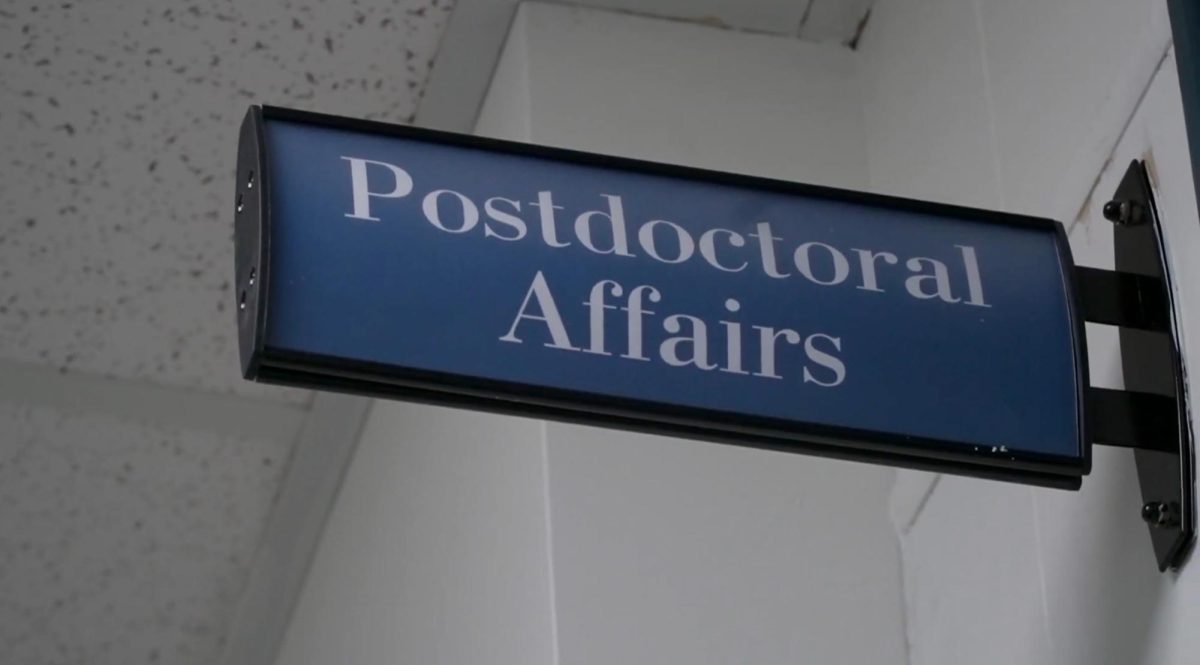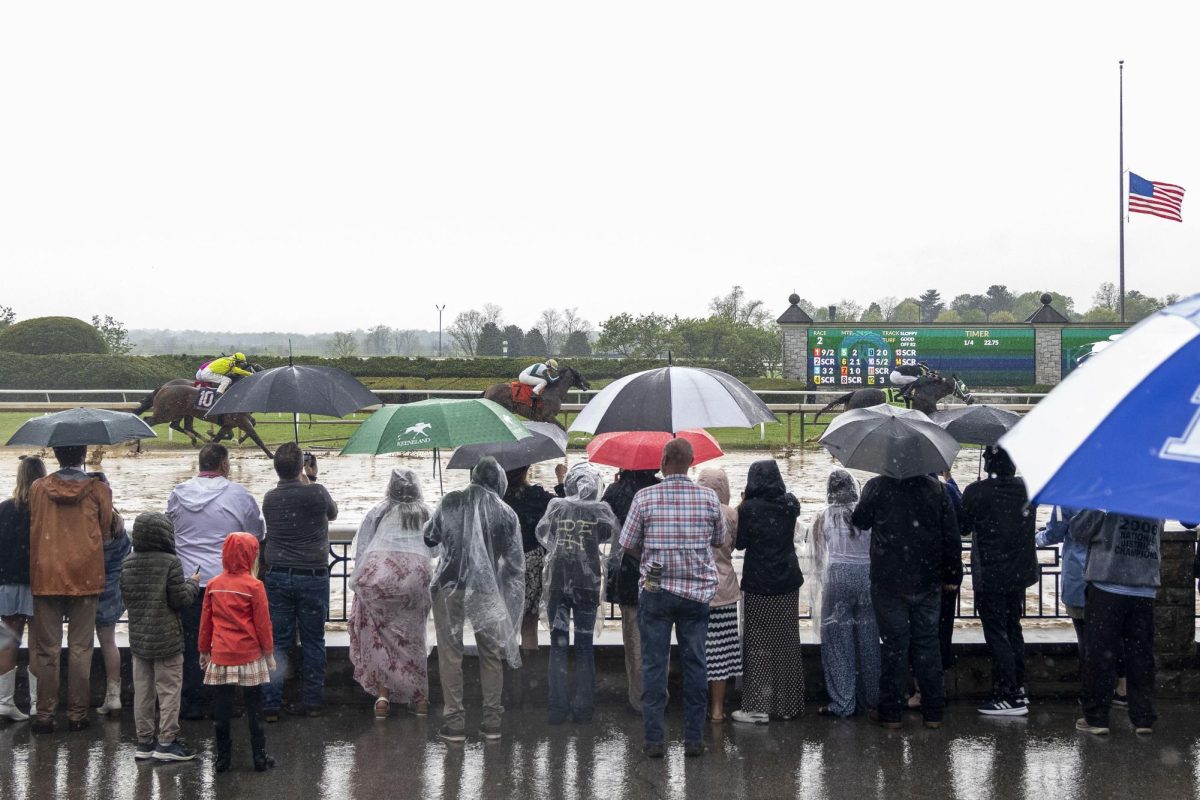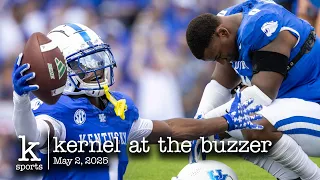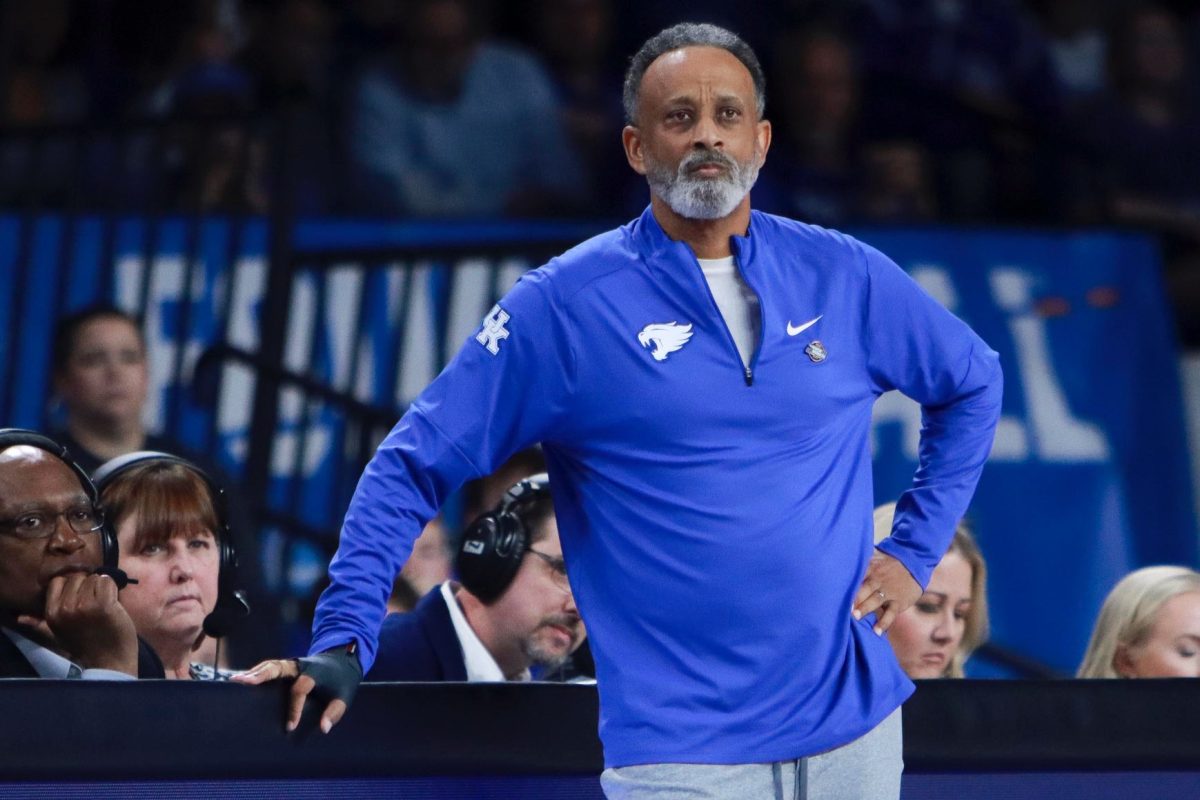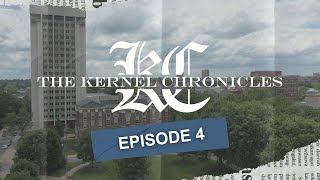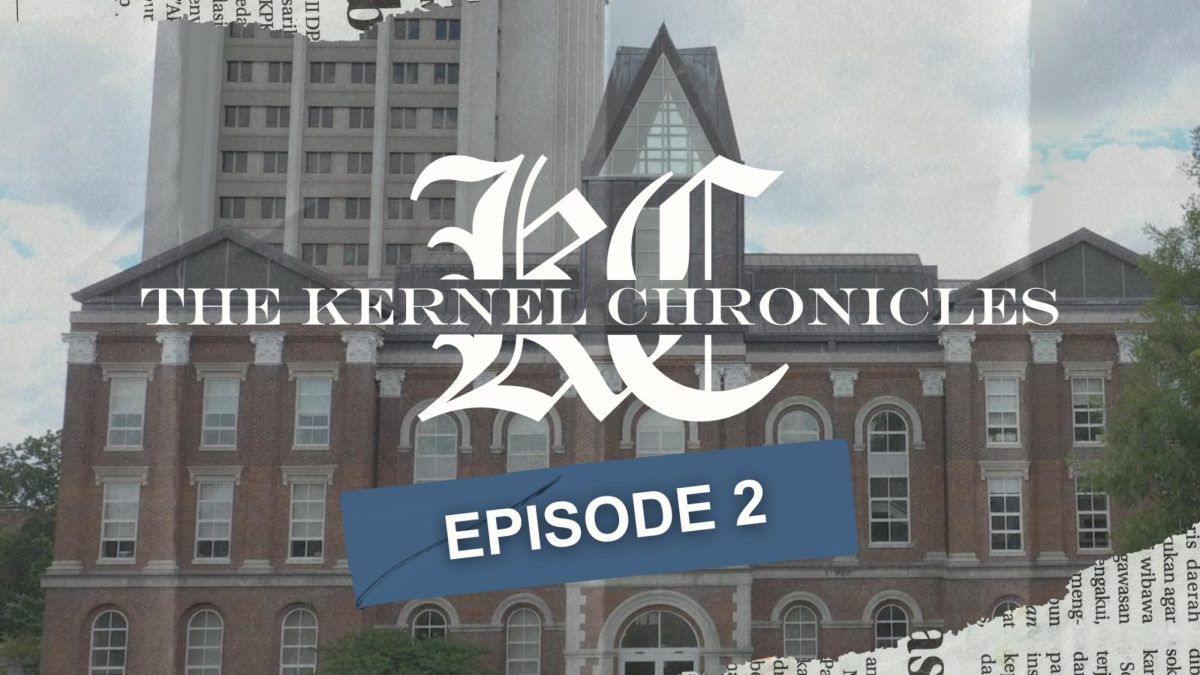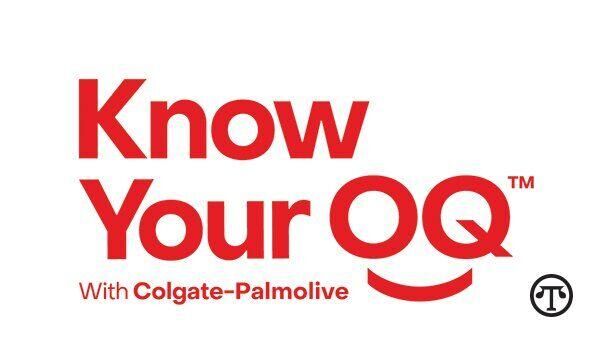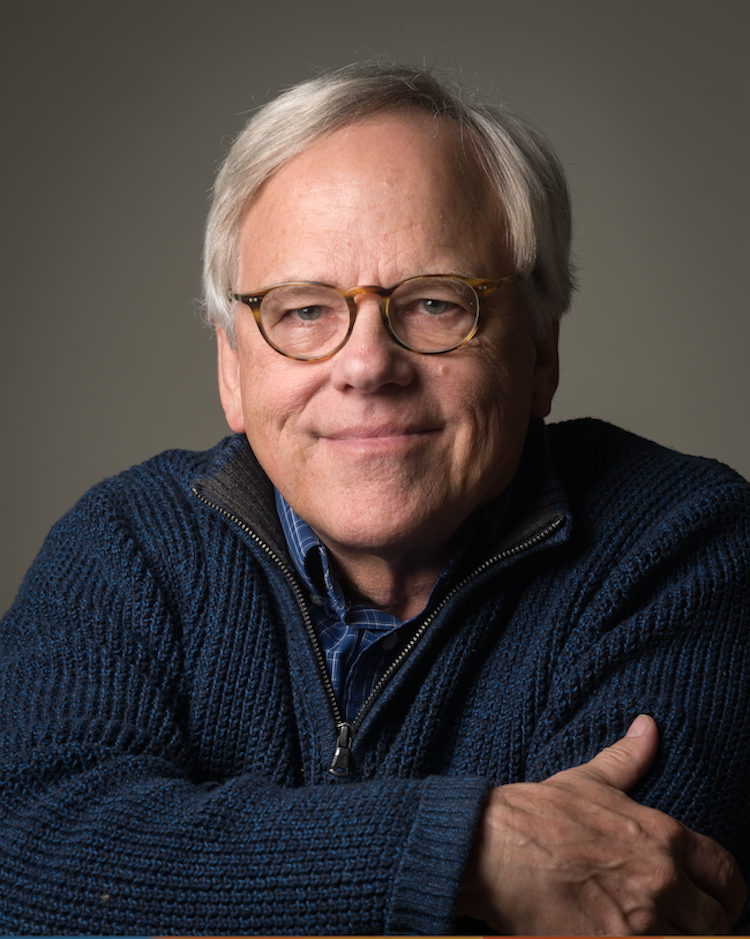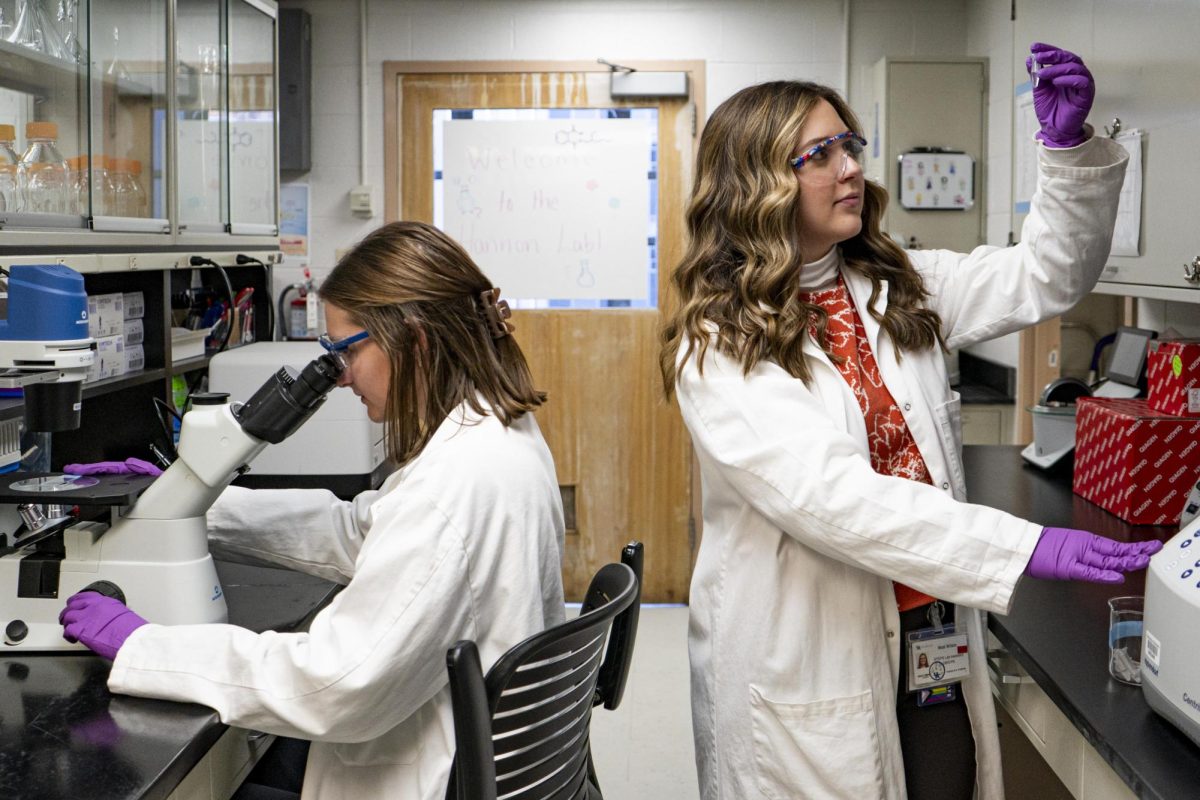In 1975, the Kentucky Kernel printed 20-40 page newspapers five days a week with a large staff of advertisers, reporters and editors.
John Winn Miller, then student and Kernel reporter, worked there every day contributing to those 20 plus pages. He covered what went on at the University of Kentucky, in Lexington and in the state government in Frankfort.
At the time, he and a friend had an interview set up with a politician who was going to run for president.
The politician was going to be at a convention in Louisville. To be closer, Miller and his friend agreed to stay at their colleague Margo’s apartment the day before the interview. The next day, Miller said, he had spent more time with Margo and was having such a good time that he and his friend decided to skip the interview.
“We said, ‘Forget this guy, even though we’ve got an exclusive interview he’s just a peanut farmer from Georgia, he’ll never amount to anything,’” Miller said. “So we blew off Jimmy Carter, and that’s how I met my wife.”
Miller would go on to interview many other famous people during his journalism career like Muhammad Ali and former Kentucky Gov. John Y. Brown Jr., but he said he met many of his long-lasting friends, including his wife, at the Kernel.
Miller was a student at the University of Kentucky from 1974 to 1977. He said he came from a family of lawyers and transferred to UK from Emory University when he realised he wanted to be a writer.
“I became a journalist because I wanted to be a novelist,” Miller said. “I wanted to write the great American novel . . . I realized I didn’t know how to write and I had nothing interesting to write about, so I walked into the Kernel office one day and never really walked out.”
Miller said he learned about the Kernel through some of his friends from high school who were working there. He walked into the office, got his first assignment and started learning to write stories.
“That’s one of the reasons I went into the Kernel, I wanted to learn how to write, I wanted to have adventures,” Miller said.
After Miller graduated from UK, he said he worked with an English-speaking newspaper in Italy, a magazine in Louisville and as a foreign correspondent for The Associated Press, which took him all over Europe, the Middle East and Africa. He also briefly worked for the European edition of the Wall Street Journal.
Miller said the majority of his journalism career could be described as an accident. At the time he had talked his way into a job at the AP and he said he was not entirely sure what it was.
His first job at the newspaper in Rome was one he said he had gotten through luck when the director of UK’s journalism school, at the time, happened to ask him if he was interested in the job.
“It was called the Daily American . . . we all thought it was a front for the CIA because it was so bad,” Miller said. “But as a result of that when I worked for the AP, I told them I want to go back to Italy.”
His work took him all over the world. Miller said he has reported from multiple conflict zones such as Beirut and Eritrea from 1982 to 1986, he also traveled with Pope John Paul II throughout India as a foreign correspondent.
Miller worked for years for different newspapers, including the Lexington Herald-Leader where he was an investigative reporter and Pulitzer Prize finalist.
He said he retired from journalism twice: first in 2008 when he stepped down as a publisher for a newspaper in Olympia, Washington and second in 2013 when he was publisher of the Concord Monitor.
His role as a writer, though, would continue past his journalism career. After he retired from journalism, Miller picked up screenwriting and became involved in producing four independent films.
“I kind of just stumbled into it,” Miller said. “I read about a couple of guys who were trying to put together a movie . . . so I helped them raise money.”
Becoming an author was another unplanned event. Miller was watching a movie with his wife and daughter that he said was really bad, prompting him to write the screenplay that would become his first novel.
“That night . . . I had a dream and I woke up the next day and I knew the first scene of the screenplay, the last scene and the name of the ship, the Peggy C,” Miller said.
His vision of the first scene, Miller said, was of a rickety merchant ship being inspected by a party from a U-boat, a German naval submarine, because the ship was smuggling jewish people out of Amsterdam.
His first book was “The Hunt for the Peggy C: A World War II Maritime Thriller” and he started writing this book during the COVID-19 pandemic. Miller said he knew little about World War II and wasn’t particularly interested in it beforehand, but it piqued his journalistic sensibilities once he began writing.
“You learn really good observation skills writing down every little thing (in journalism),” Miller said. “You learn to write with five senses . . . the fun thing about being a journalist is that you’re an expert on something new almost every day.”
His years of reporting from all over the world, from places Miller said most people had never seen or knew nothing about, taught him to be naturally inquisitive. Miller researched everything he didn’t know about history for his novel, what it was like on a World War II submarine, a World War II ship and all about historical figures from that time.
“I would discover one thing and I would go down a rabbit hole and discover another person and another person,” Miller said. “I’d actually finished one of the books, and a friend told me a story about another person and I said ‘Oh god, I gotta get that in the book,’ so I went back and rewrote.’”
At a book signing for Miller’s second book, “Rescue Run: Capt. Jake Rogers’ Daring Return to Occupied Europe,” which is a sequel to his first World War II thriller, Miller wore a pin depicting the French resistance figure Jean Moulin.
Miller said he learned about Moulin in a book when he was researching for his novel. He said he got the pin when he visited the war resistance museum in Lyon, France where Moulin was captured by German forces.
He read a number of books for research on his own and said he found it his duty to include the stories of real people in history in his novel because it drew off of real World War II events.
He said he used Moulin as an inspiration for many of the characters who were resistance fighters in the book and used other historical figures as well, either taking inspiration from them or referencing them directly in the story.
“What I was writing was so unbelievable. I wanted to use believable people, real people so that even as outlandish as some of the things are in the book, they actually happened,” Miller said.
Miller’s first book won the 2024 IndieReader Discovery Award for Action-Adventure and was a finalist for several other awards. While Miller said he had only intended to write one book, his publisher encouraged him to write another.
His second book was published on March 4, 2025. In his months of research for the books, Miller said he had enough content to write a third book, which is already finished, and will come out in 2026.
While Miller had been a writer throughout his entire career as a journalist, a screenwriter and author, he said his experiences and memories from his time at the Kernel have stuck with him..
Miller’s first editor at the Kernel who assigned him his first story, Ron Mitchell, was at his book signing. Miller said they have been friends ever since working at the Kernel.
“We play tennis together several times a week and travel with our wives together,” Miller said.
He and his other friends from the Kernel, though most are scattered throughout the country, also still meet up. Miller said they gathered to see one of their fathers be posthumously inducted into the Kentucky Journalism Hall of Fame.
“The Kernel meant everything to me, I’m still friends with my crew,” Miller said. “Once I went in, I never really left.”



